- Member registration/ログイン Mr./Ms. pt
- Search from experiences
- Search from area
- Search from features
- Online Experiences
- Setting・Help

- 遊び体験格安予約 アクティビティジャパン

10 Best Places To Visit in Kansai Region | Top Attraction: Fushimi Inari Shrine
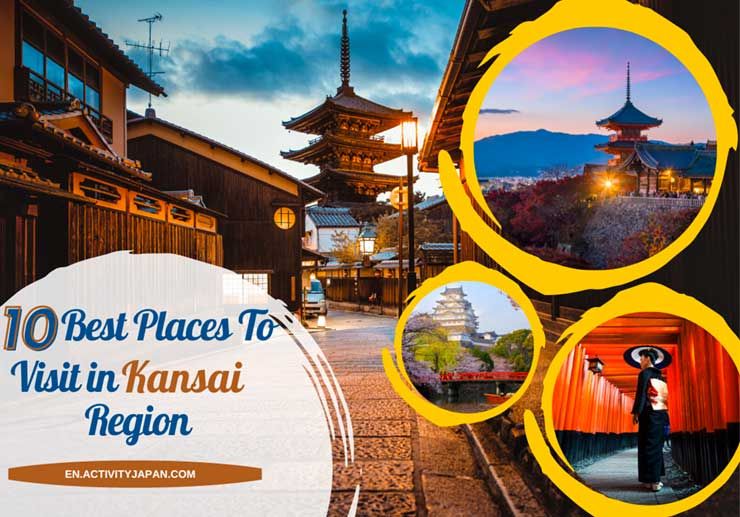
Last Updated: 09/10/2023
The Kansai region of Japan is a treasure trove of culture, history, and natural beauty. This region includes major cities like Osaka , Kyoto , and Kobe and is known for its ancient temples and shrines, delicious cuisine, and picturesque landscapes. If you're planning a trip to Japan, here are some of the best places to visit in Kansai region:
1. Kyoto: A Cultural Gem with Ancient Temples and Shrines
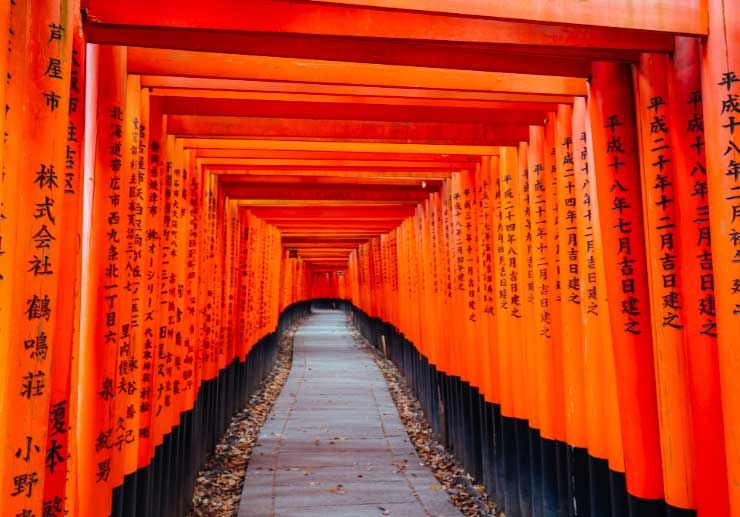
Kyoto is a must-visit destination in Japan, famous for its well-preserved historical sites, including temples, shrines, and gardens. The city has a long and rich history, and its cultural heritage is evident in its architecture, traditional festivals, and local customs. Some of the top attractions in Kyoto include Kiyomizu-dera, Fushimi Inari Shrine, and the famous Arashiyama bamboo grove.
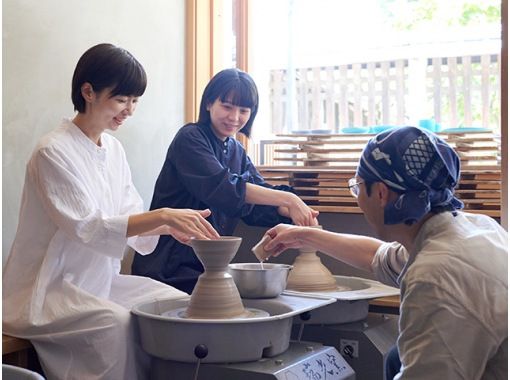
2. Osaka: A Foodie's Paradise with Modern Attractions

Osaka is Japan's third-largest city and a popular destination for foodies. The city is known for its street food, including takoyaki (octopus balls) and okonomiyaki (savory pancakes). Osaka is also home to many modern attractions, including Universal Studios Japan, LEGOLAND® Discovery Center Osaka, and the Osaka Aquarium Kaiyukan.
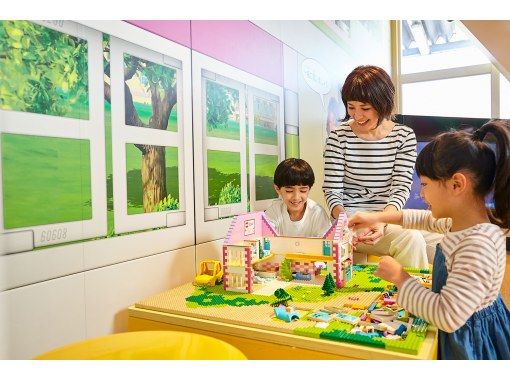
3. Nara: A Serene Destination with Friendly Deer and Historical Sites
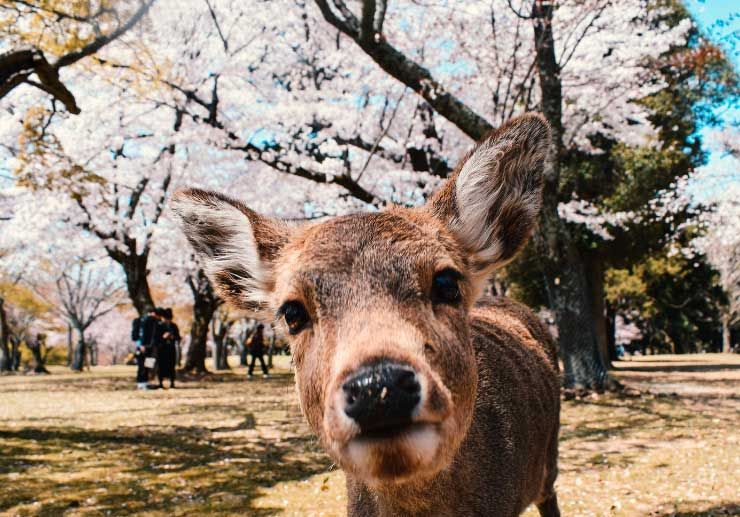
Nara was Japan's first capital city and is home to some of the country's oldest and most significant temples and shrines. The city is also known for its deer park, where visitors can interact with hundreds of friendly deer that roam freely throughout the area.

4. Hyogo: Where History, Culture, and Nature Collide
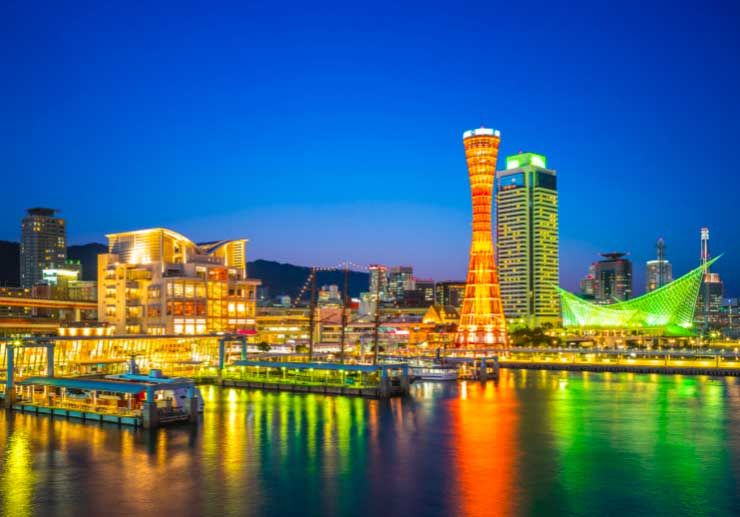
Hyogo is a dynamic travel destination in the Kansai area, famous for its bustling port city of Kobe and scenic mountain ranges. Kobe is known for its delicious beef, which is widely regarded as one of Japan's best wagyu. Visitors can also explore the city's cultural landmarks, including the historic Kitano district and the iconic Kobe Harborland. The prefecture's natural beauty is also a major draw, with Mount Rokko providing stunning views of the city and the surrounding landscape. Visitors can enjoy hiking, hot springs, and even skiing during the winter months. The prefecture offers a perfect blend of modernity, history, and natural beauty, making it a must-visit destination in the Kansai region .
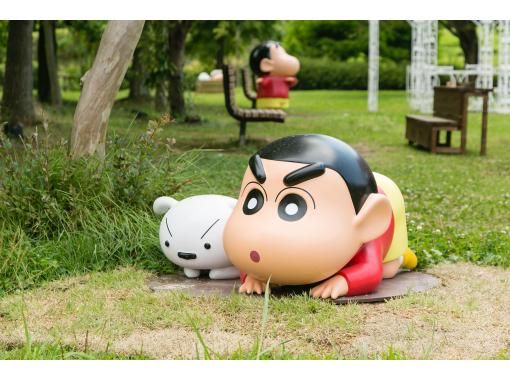
5. Kobe: A Coastal City with Delicious Beef and Scenic Harbor Views
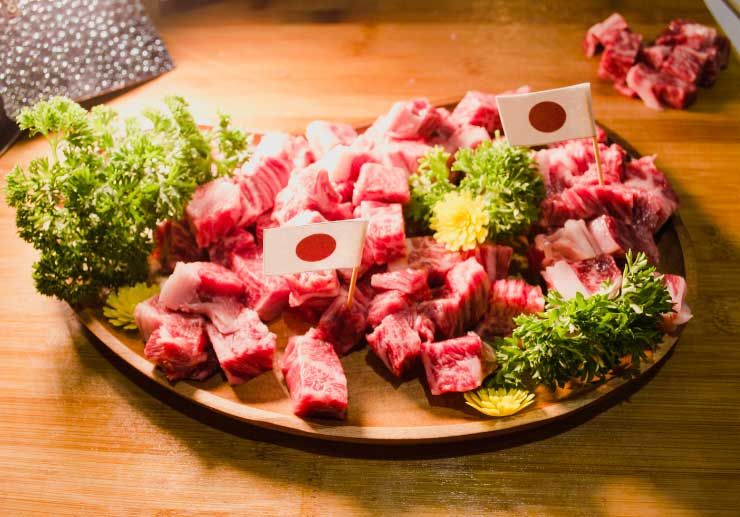
Kobe is a coastal city famous for its delicious beef and scenic harbor. Visitors can take a stroll along the waterfront, sample the local cuisine, and visit the Kobe City Museum to learn about the city's history and culture.
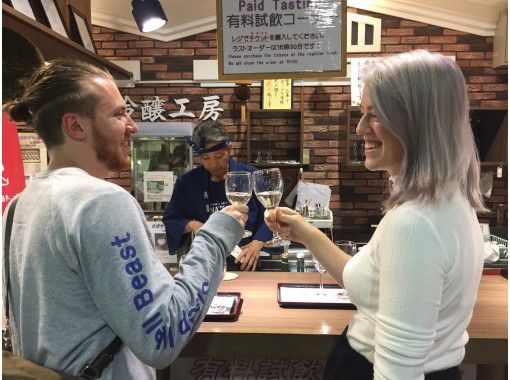
6. Himeji: A Cultural Landmark with Iconic Castle Architecture
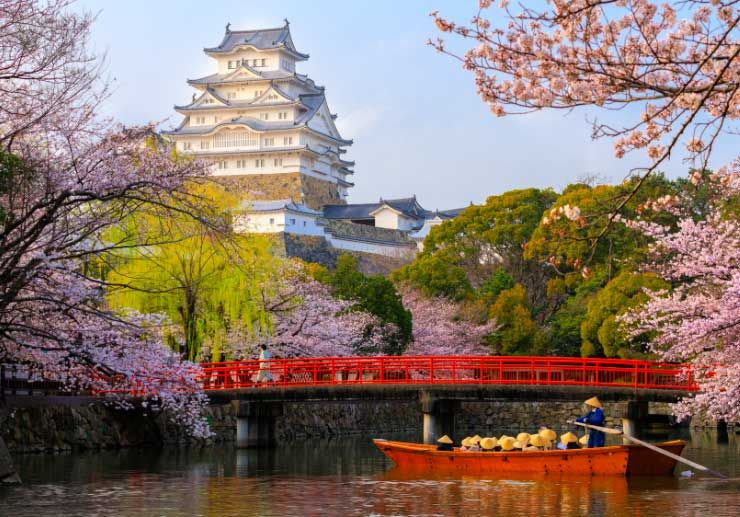
Himeji is home to one of Japan's most iconic landmarks, the Himeji Castle. The castle is a UNESCO World Heritage site that dates back to the 16th century and is considered one of the best-preserved examples of Japanese architecture.
7. Wakayama: A Natural Haven with Hot Springs and Rugged Mountains
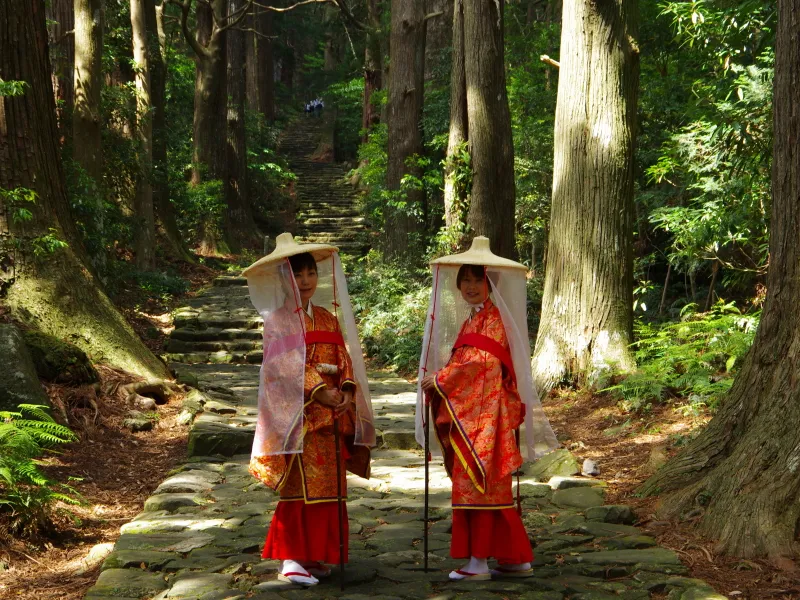
Wakayama is a prefecture located south of Osaka and is known for its stunning natural beauty. Visitors can explore the Kumano Kodo pilgrimage route, soak in the hot springs at Kawayu Onsen, or hike through the rugged mountain landscapes of the Yoshino-Kumano National Park.
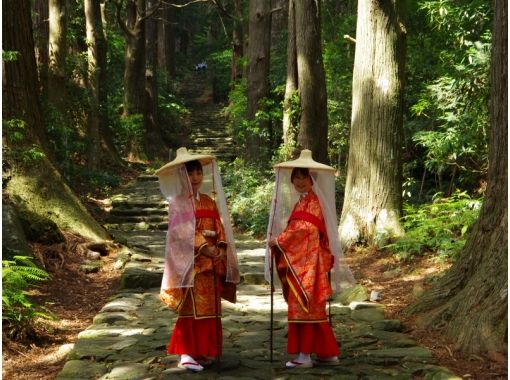
8. Koya-san: A Spiritual Retreat with Traditional Temple Lodges

Koya-san is a small town located in the mountains of Wakayama Prefecture and is home to over 100 temples and monasteries. Visitors can stay at a traditional temple lodge (Koyasan Syukubo Ekoin Temple) and experience the daily rituals of Buddhist monks.
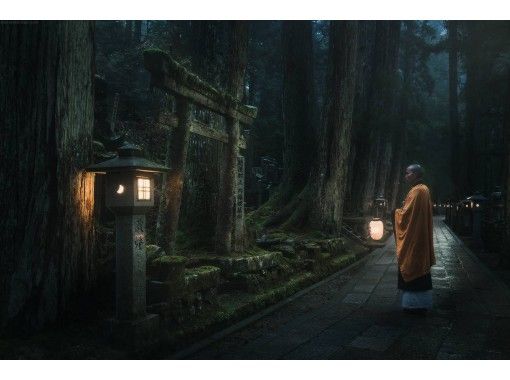
9. Uji: A Tea Lover's Delight with UNESCO World Heritage Sites and Tea Culture
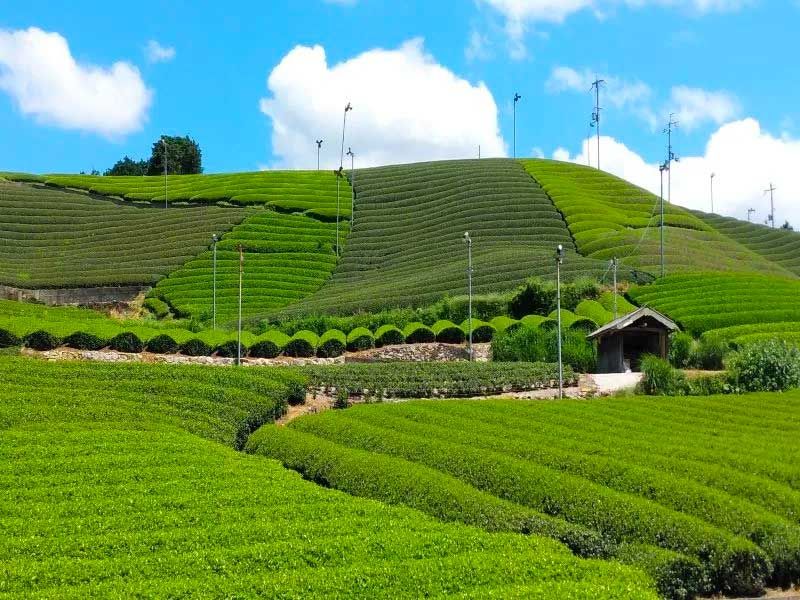
Uji is a small town located south of Kyoto and is famous for its tea production. Visitors can visit the Byodo-in temple, which is a UNESCO World Heritage site, and learn about the history and culture of Japanese tea at the Ujigami Shrine.
10. Shiga: Discovering the Hidden Gem of Kansai Region
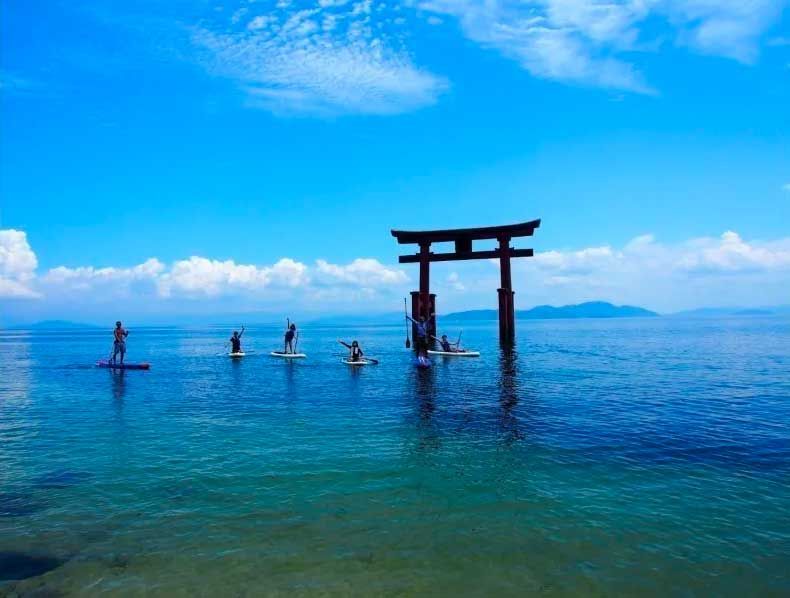
Shiga is a hidden gem known for its natural beauty, including Lake Biwa, Japan's largest freshwater lake. Visitors can enjoy water activities and scenic hikes and explore historic towns like Hikone and Omihachiman . Shiga is also famous for its delicious Omi beef, a must-try for foodies.
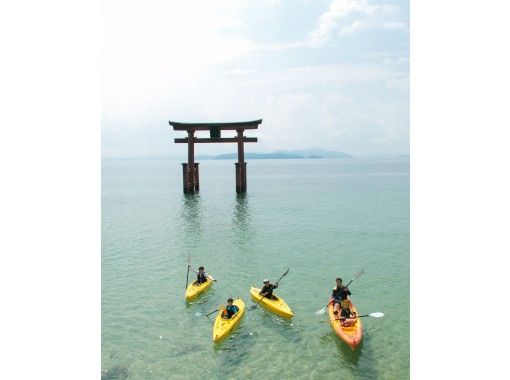
Recommended For You

The Kansai region of Japan offers a rich tapestry of experiences that cater to every kind of traveler. Whether you're drawn to the serene whispers of Kyoto's ancient temples, the bustling energy of Osaka's delectable food streets, the gentle allure of Nara's free-roaming deer, or the commanding presence of Himeji's majestic castle, there's no end to the wonders you'll discover. Don't miss out on the breathtaking harbor views of Kobe, the soothing embrace of Wakayama's hot springs, the profound spiritual journey at Koya-san, or the aromatic allure of Uji's renowned tea culture. Indeed, Kansai is a microcosm of all that's magical about Japan. So pack your bags, lace up your walking shoes, and set out on a journey to these unforgettable destinations. Safe travels and happy explorations!
Frequently asked questions
Q what is the kansai region.
A The Kansai region is a geographical area in the western part of Japan's main island, Honshu, which includes the prefectures of Kyoto, Osaka, Hyogo, Nara, Wakayama, and Shiga.
Q What is the Kansai region famous for?
A The Kansai region is famous for its rich cultural heritage, delicious cuisine, and beautiful natural scenery. It is home to many historic landmarks, such as Kyoto's temples and Nara's deer park, and modern attractions like Osaka's Universal Studios Japan.
Q What is Kansai also known as?
A Kinki is a term that dates back to the Nara period (710-794) when the region was known as Kinai. Kinai means "the capital area," and it was so named because the imperial capital was located there. Later on, the name was changed to Kinki, which roughly translates to "near the capital." The term is still used today, although it is less common than the name Kansai. The Kinki region includes the same six prefectures as Kansai: Kyoto, Osaka, Hyogo, Nara, Wakayama, and Shiga. It is a culturally rich area with a long history and many famous landmarks, including Kyoto's temples and shrines, Osaka's Castle and Universal Studios Japan, and Nara's Deer Park and Todaiji Temple.
Q How long is the Fushimi Inari walk?
A The Fushimi Inari shrine is famous for its walking trail through the torii gates, which is approximately 4 kilometers long and takes about 2 hours to complete.
Q What is the best time of day to visit Fushimi Inari shrine?
A The best time of day to visit the Fushimi Inari shrine is early in the morning or in the late afternoon when the crowds are smaller, and the light is softer.
Q Why is Fushimi Inari shrine famous?
A The Fushimi Inari shrine is famous for its thousands of vibrant orange torii gates that lead up the mountain. It is dedicated to the god of rice and prosperity, and visitors come to pray for good fortune and success in their endeavors.
We would like to express our sincere gratitude for your continued patronage.
At our company, in order for many customers to enjoy various activities all over Japan safely and with peace of mind, the Ministry of Health, Labor and Welfare's " Basic Policy for Countermeasures against Coronavirus Infectious Diseases " and " Let's Avoid the Three Cs "・ Based on the " new lifestyle ", we recommend the following infectious disease countermeasures to the operator.
- Instructors and participants keep a sufficient distance
- Use masks as much as possible while participating
- Ventilate frequently, avoiding closed spaces
- Thorough hand washing and disinfection
- Thorough disinfection of equipment
- Health management of customers and employees, etc.
For infection prevention measures of the operating company, please refer to [Appeal points for safety] or [Notes on participating in the course ] of each operating company information at the bottom of the plan reservation page, and for details, please contact each operating company directly. Please contact us.
You can also check the following page for information on the efforts of activity companies in each region!
How to enjoy new activities in the after / with corona era
Even if you are a customer, when you continue to go out, in addition to avoiding so-called [three secrets], cough etiquette, thorough hand washing and alcohol disinfection, etc., on June 19, 2020 (Friday), Ministry of Land, Infrastructure, Transport and Tourism, sightseeing Please be aware of the [new travel etiquette ] announced by the Japan Tourism Agency, take actions to avoid the risk of infectious diseases, and enjoy activities and leisure activities safely.
Even now, there are tourist facilities and activity operators whose business hours and dates have changed. Please check the calendar status at the time of application and check the latest information with each operator even after the reservation is completed. Please check with each operator regarding whether or not there is a cancellation fee due to sudden closure of the facility, cancellation of the activity experience, etc.
In addition, Activity Japan also offers an "online experience" service where you can enjoy various activities!
[Online experience] New experience online anywhere
The "online experience" service is digital content that can be expected to create a new community by connecting customers with local and tourism businesses on a daily basis. Those who have difficulty going out due to circumstances, those who want to try but are uneasy about having a real experience suddenly, those who want to collect local information to plan future trips and stay plans, etc. Feel free to meet local instructors and guides online and enjoy a conversation while experiencing a simulated experience!
Please use it together.
Find experiences nationwide
Must-see attractions in Kansai
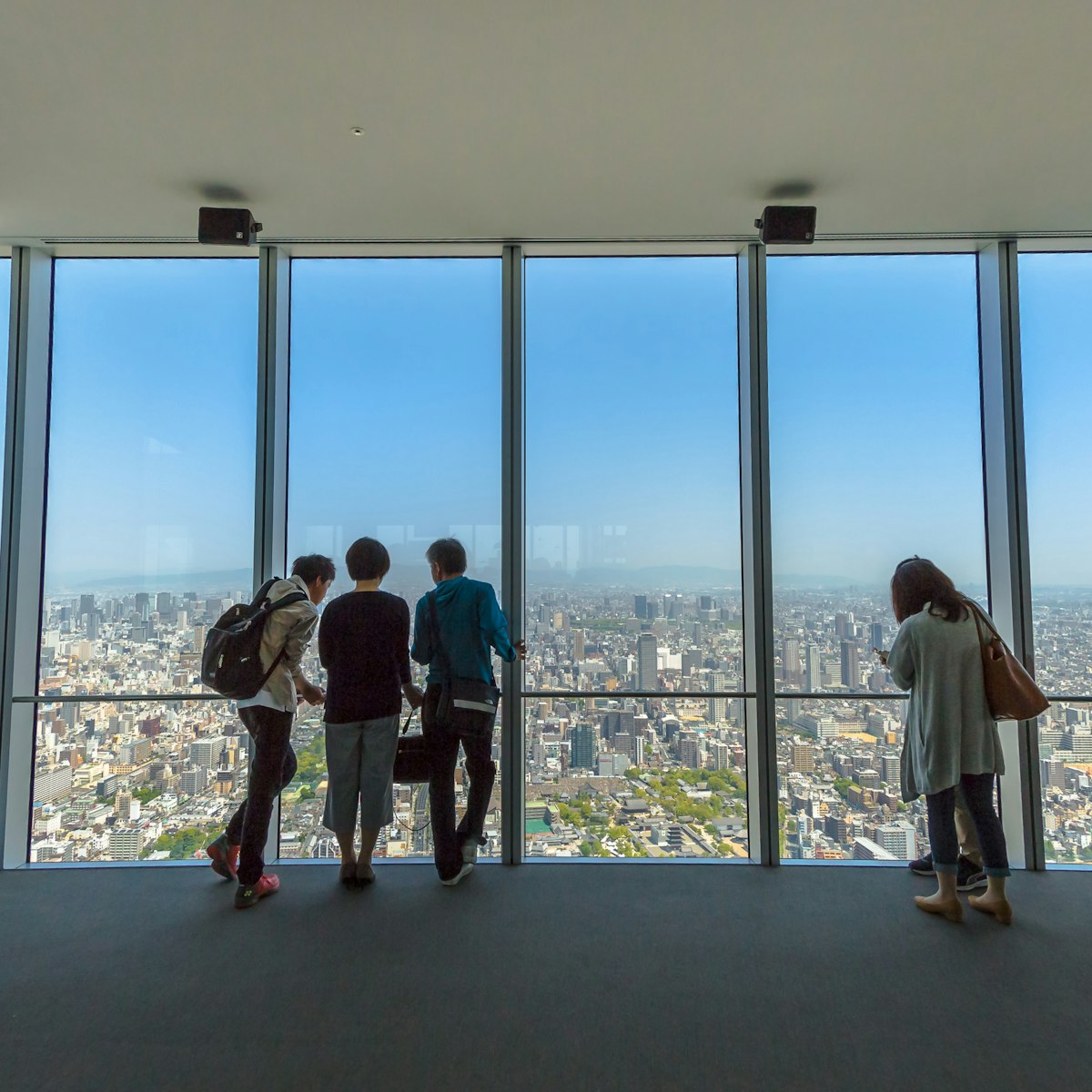
Abeno Harukas
This César Pelli–designed tower, which opened in March 2014, is Japan's tallest building (300m, 60 storeys). The observatory on the 16th floor is free,…
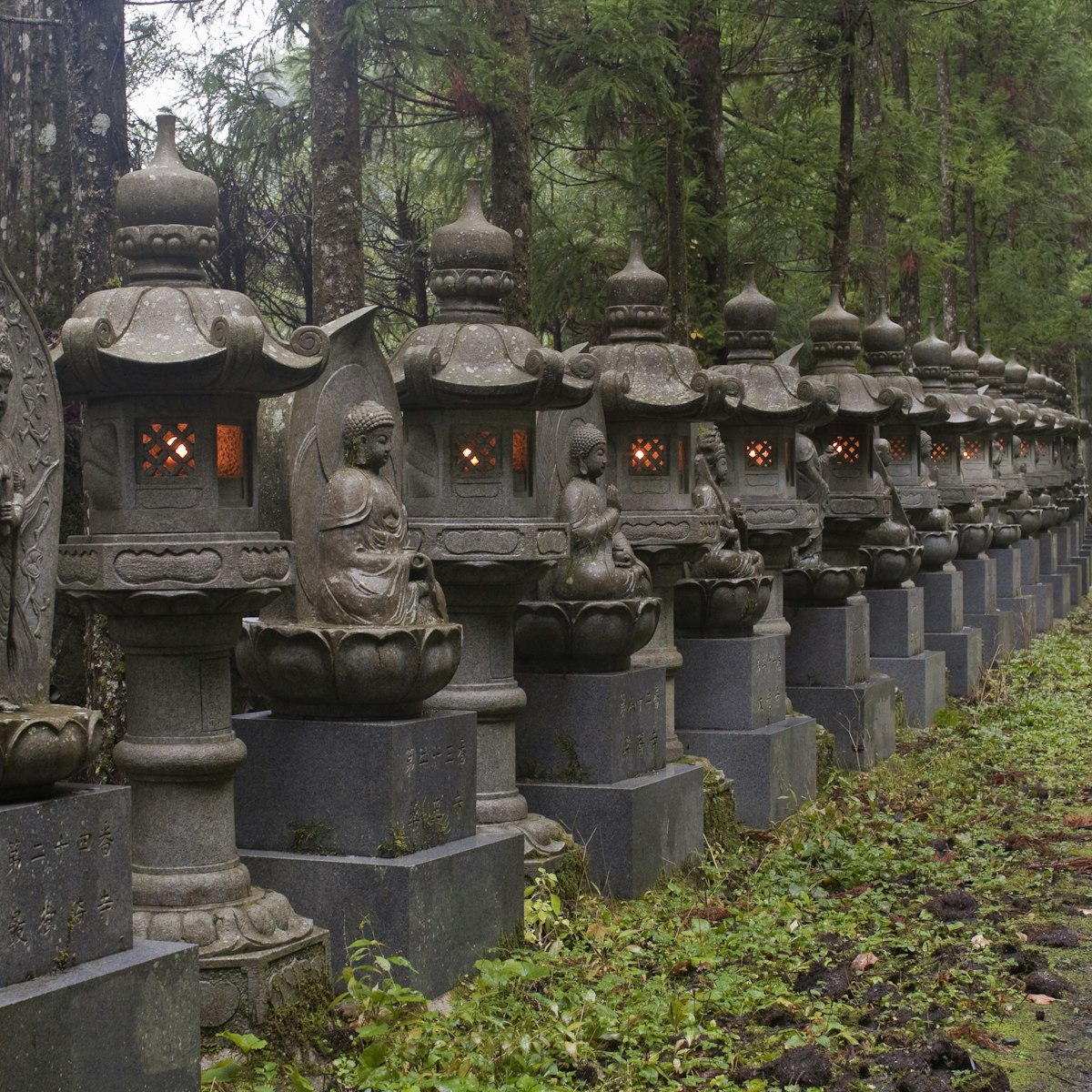
Kii Peninsula
Oku-no-in, whose name means 'inner sanctuary', is perhaps the most intensely spiritual place in Japan. At its farthest reaches is the Gobyō, the crypt…
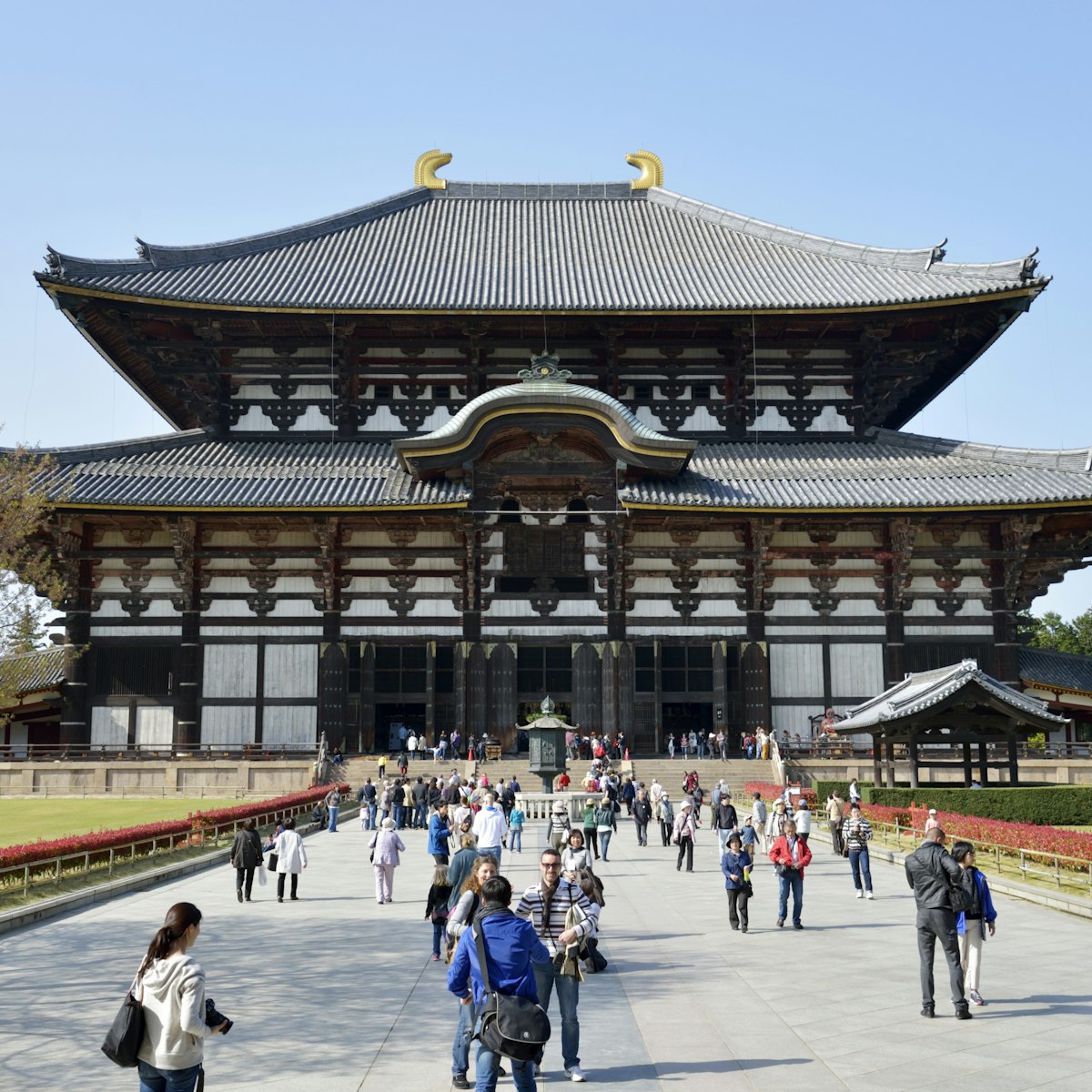
Nara's star attraction is its Daibutsu (Great Buddha), one of the largest bronze statues in the world. It was unveiled in 752, upon the completion of the…
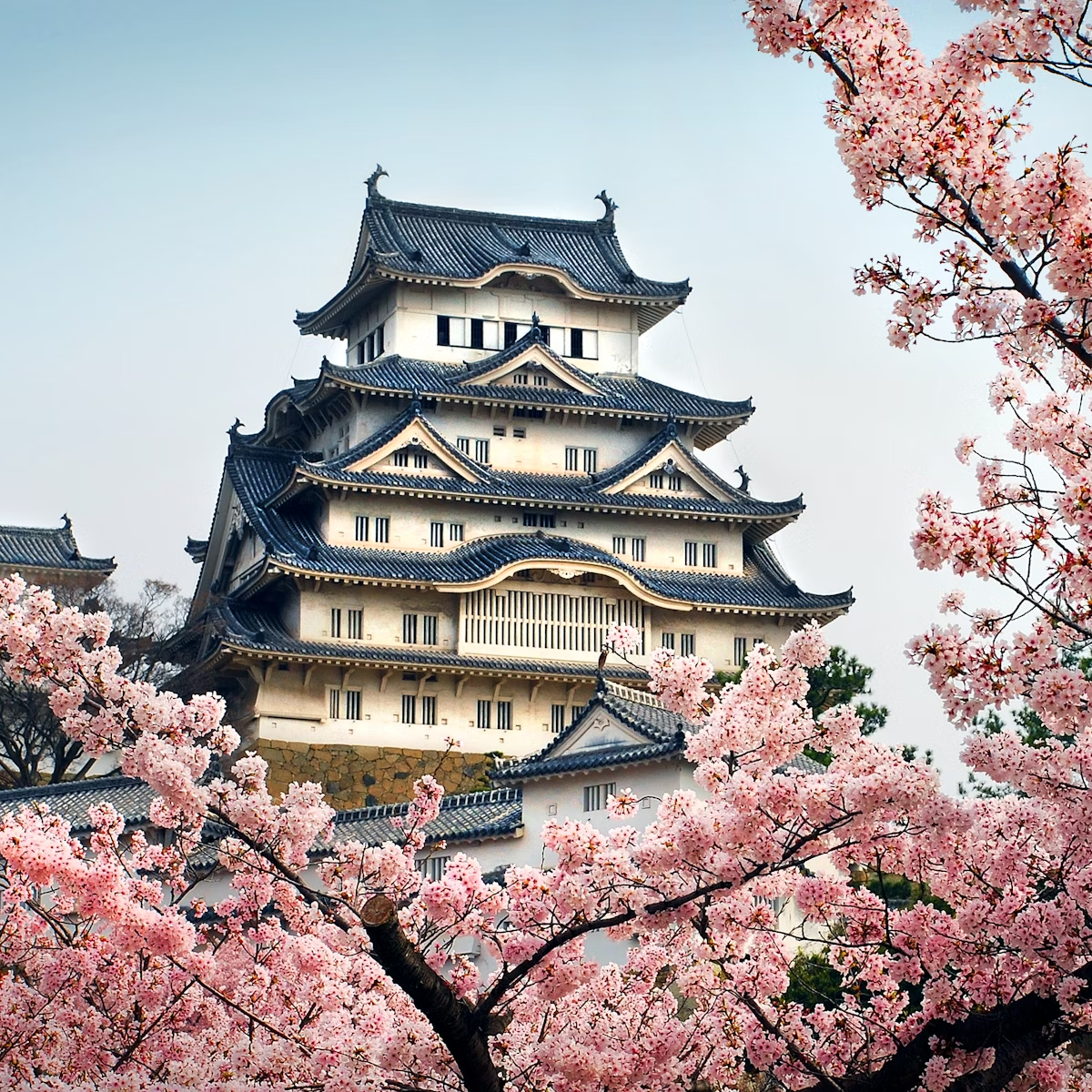
Himeji-jō is Japan's most magnificent castle, built in 1580 by general Toyotomi Hideyoshi and one of only a few original castles from that era (most are…

Ise-jingū's inner shrine is dedicated to the sun goddess, Amaterasu-Ōmikami, considered the ancestral goddess of the imperial family and guardian deity of…
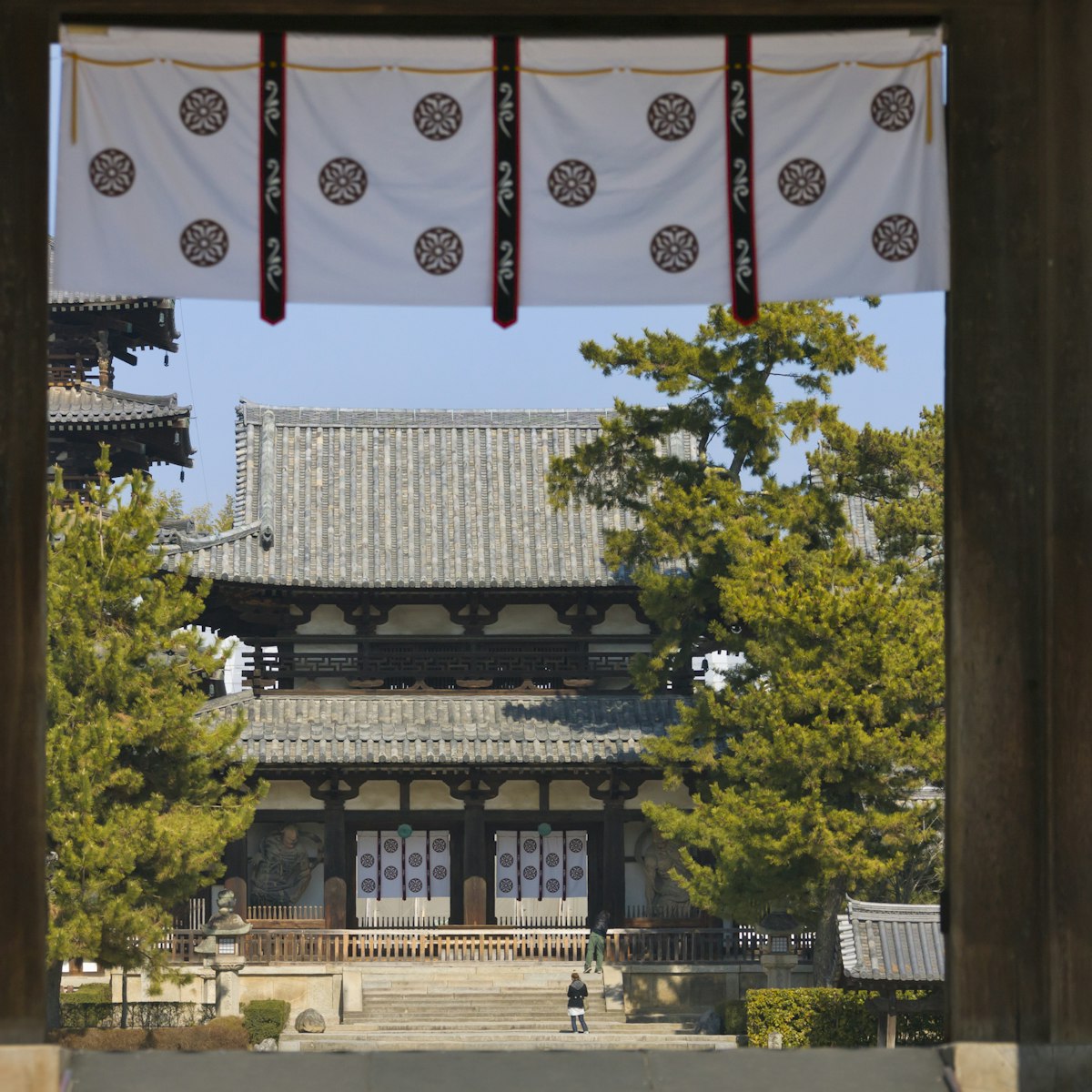
Hōryū-ji was founded in 607 by Prince Shōtoku, considered by many to be the patron saint of Japanese Buddhism. It's renowned not only as one of the oldest…
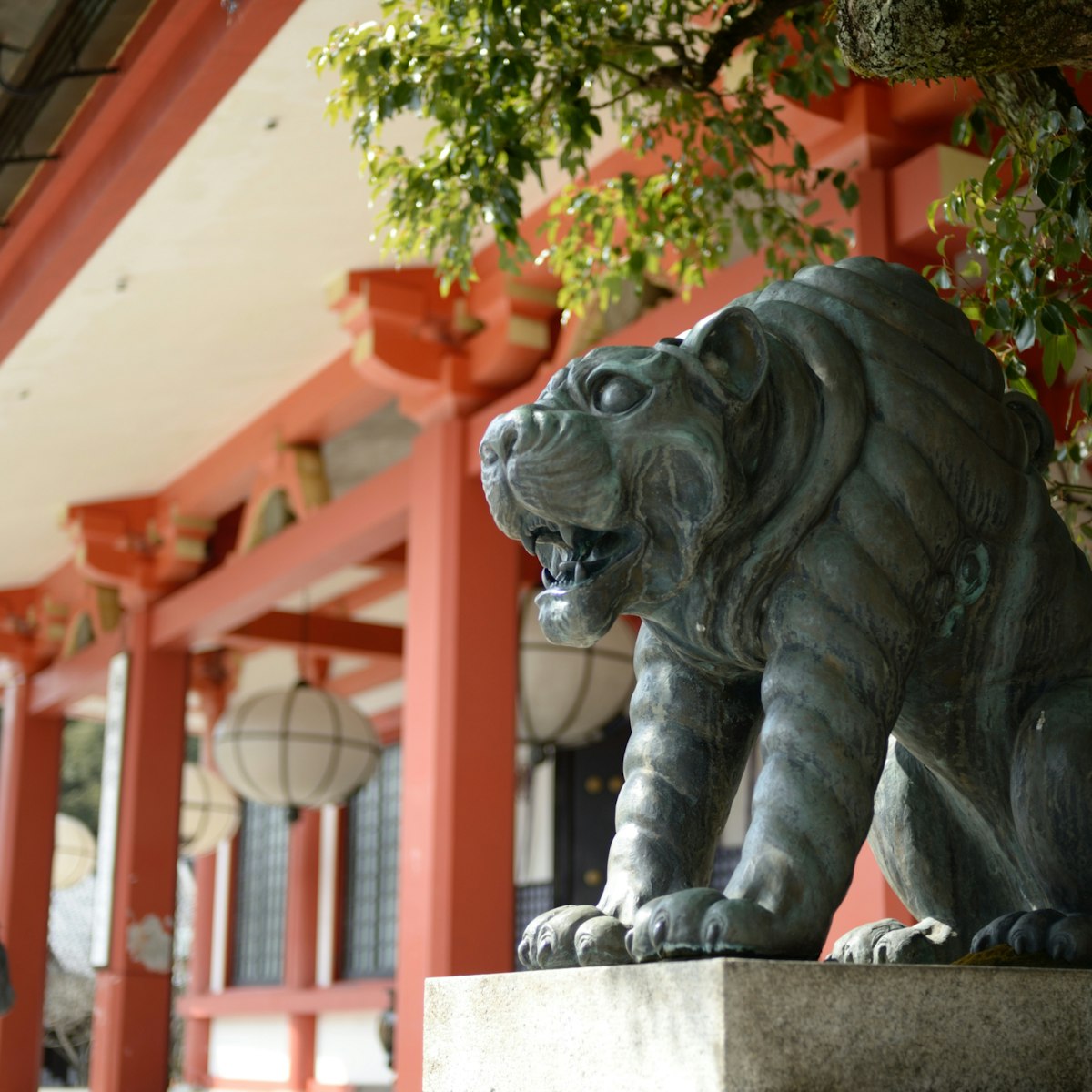
Kurama-dera
Located high on a thickly wooded mountain, Kurama-dera is one of the few temples in modern Japan that manages to retain an air of real spirituality. This…
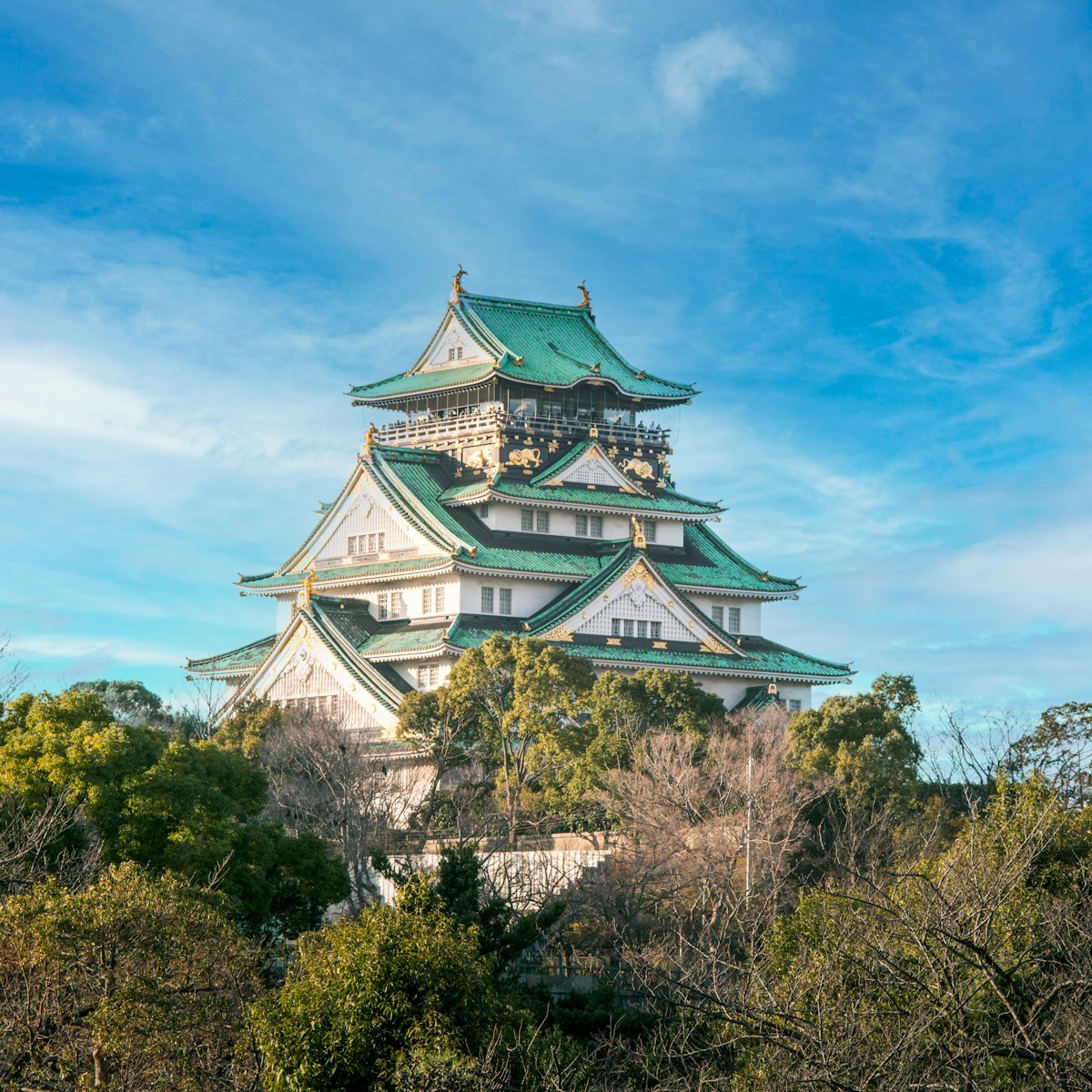
After unifying Japan in the late 16th century, General Toyotomi Hideyoshi built this castle (1583) as a display of power, using, it's said, the labour of…
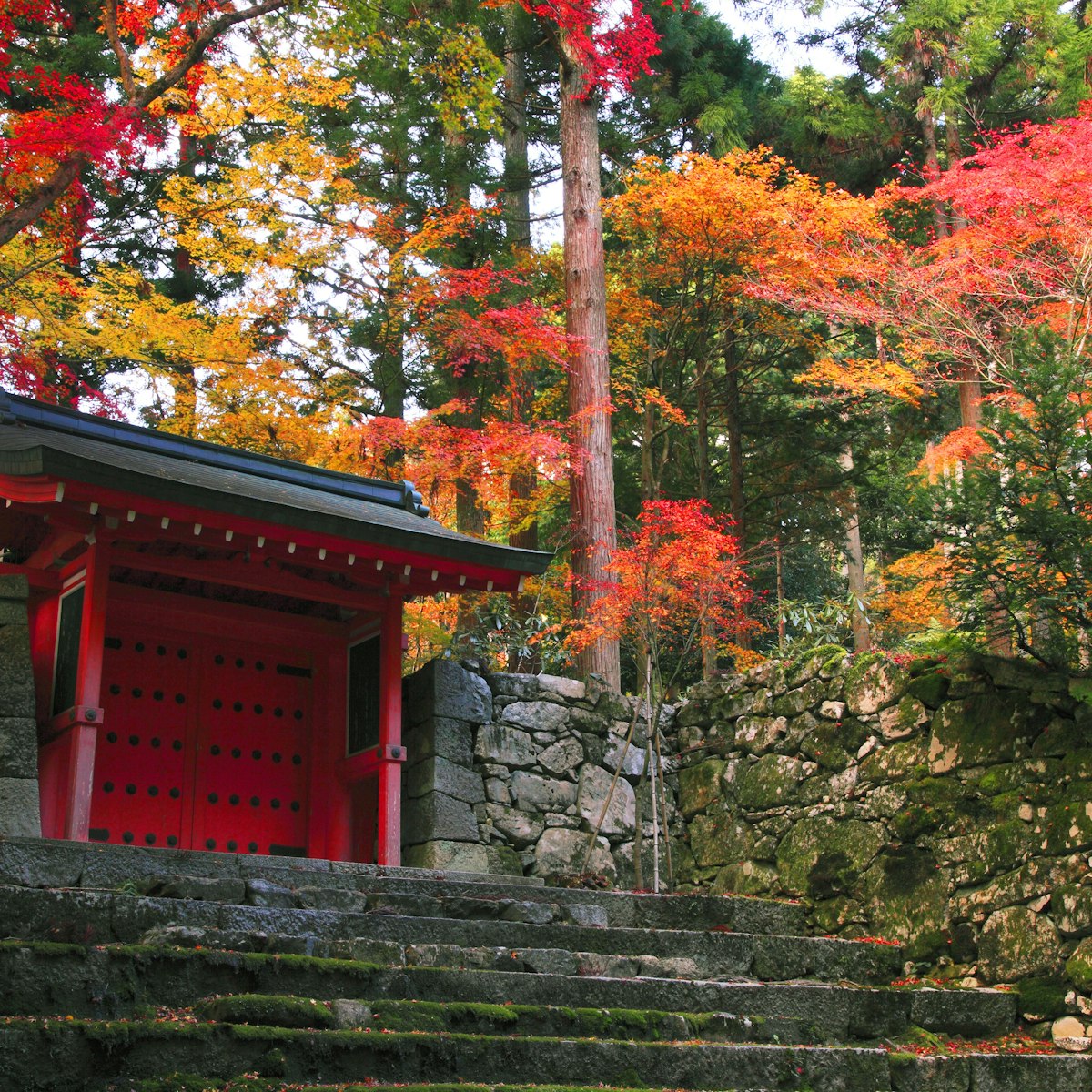
Famed for its autumn foliage, hydrangea garden and stunning Buddha statues, this temple is deservedly popular with foreign and domestic tourists alike…
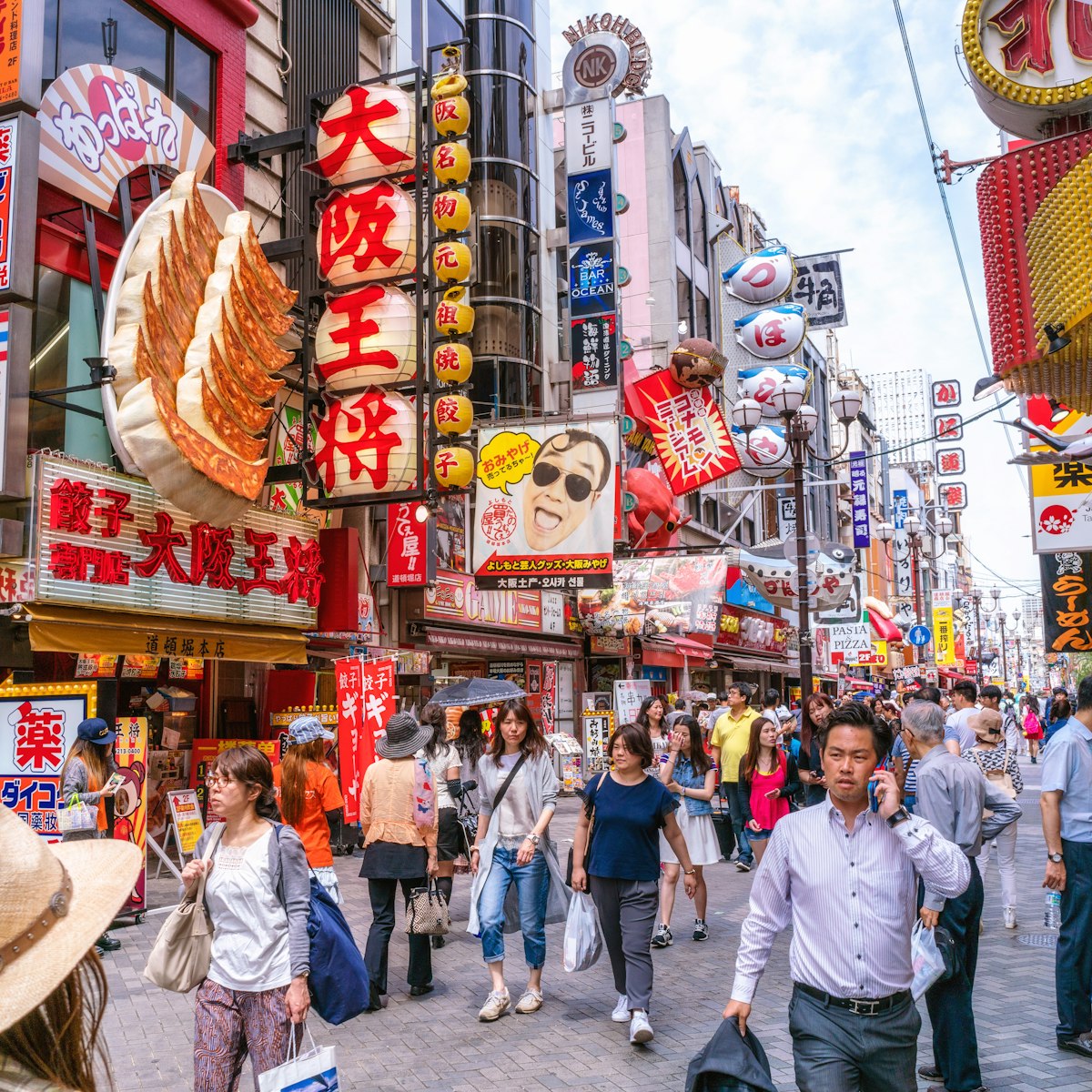
Highly photogenic Dōtombori is the city's liveliest night spot and the centre of the southern part of town. Its name comes from the 400-year-old canal,…
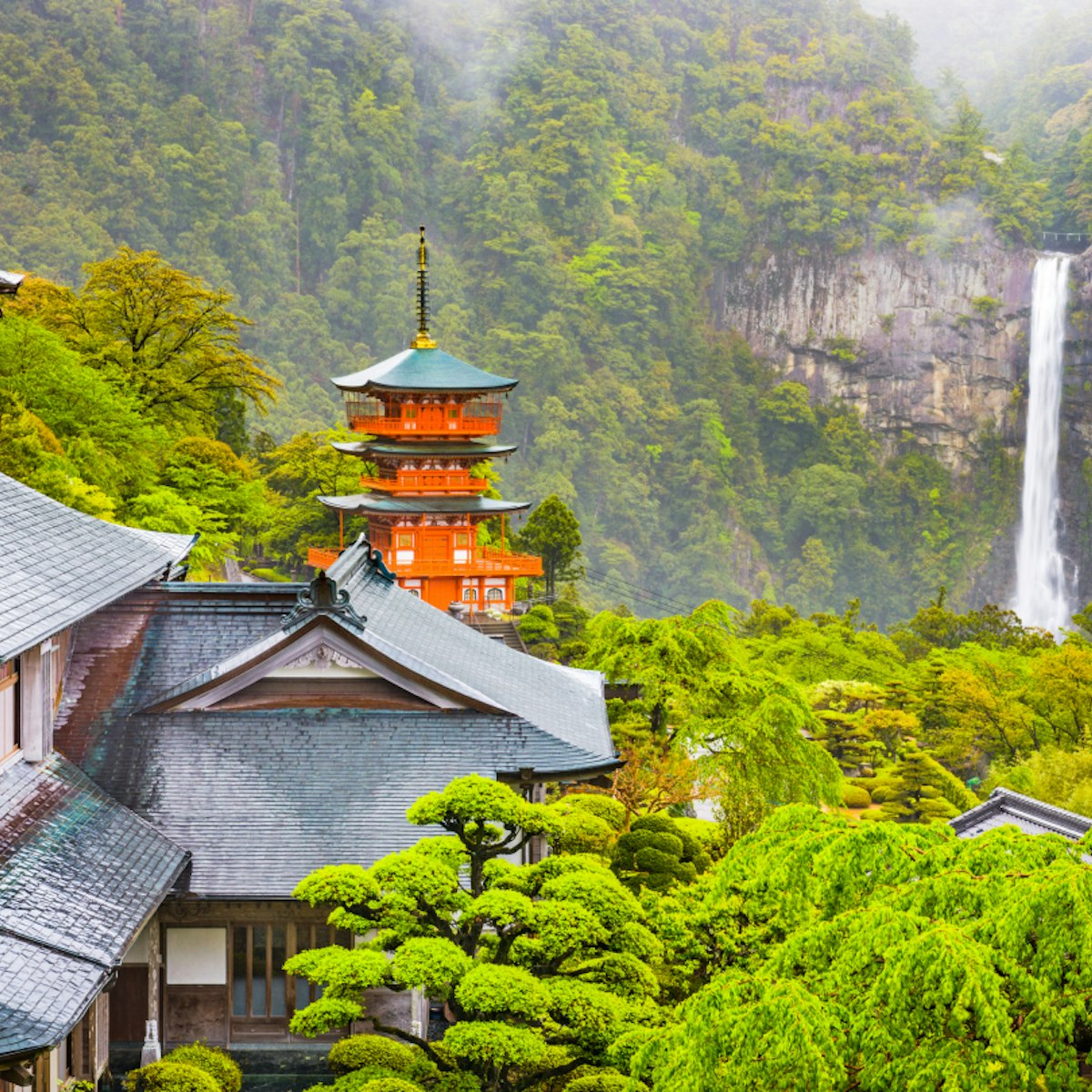
Nachi-no-taki
At 133m, Nachi-no-taki is Japan's highest waterfall. It's the first of many still deeper in the Nachi mountains and has long been used in ascetic training.
Nara National Museum
This world-class museum of Buddhist art is divided into two sections. Built in 1894 and strikingly renovated in 2016, the Nara Buddhist Sculpture Hall &…
Bujō-ji was founded in the 12th century by Emperor Toba, and while the main hall has been repaired over the years it stands pretty much the same as it…
Miho Museum
Secluded amid hills and valleys near the village of Shigaraki, this knockout museum houses the Koyama family collection of Japanese, Middle Eastern,…
Kimpusen-ji
Kimpusen-ji, founded in the 7th century, is believed to be the incubator of Shugendō, a unique Buddhist sect that incorporates Shintō traditions and…
Kumano Hongū Taisha
Kumano Hongū Taisha is one of the Kumano Sanzan (three great shrines of Kumano) and if you're following the traditional pilgrim route, it's the first one…
Kasuga Taisha
Founded in the 8th century, this sprawling shrine at the foot of Mikasa-yama was created to protect the new capital, Nara. It was ritually rebuilt every…
Amerika-Mura
West of Midō-suji, Amerika-Mura is a compact enclave of hip, youth-focused and offbeat shops, plus cafes, bars, tattoo and piercing parlours, nightclubs,…
Completed in 1622, this diminutive castle of the Ii family of daimyō (domain lords) is rightly considered a National Treasure; much of it remains in its…
Secluded in thick forest, this Shingon temple was founded in the 9th century. It's nicknamed 'Women's Kōya-san' because, unlike the more famous centre of…
The wooden, thatched roof gate here is as far as you can go in Oku-no-in. Beyond it lies the crypt Kōbō Daishi entered in 835, never to leave. Pilgrims in…
National Museum of Ethnology
This ambitious museum showcases the world's cultures, presenting them as the continuous (and tangled) strings that they are. There are plenty of…
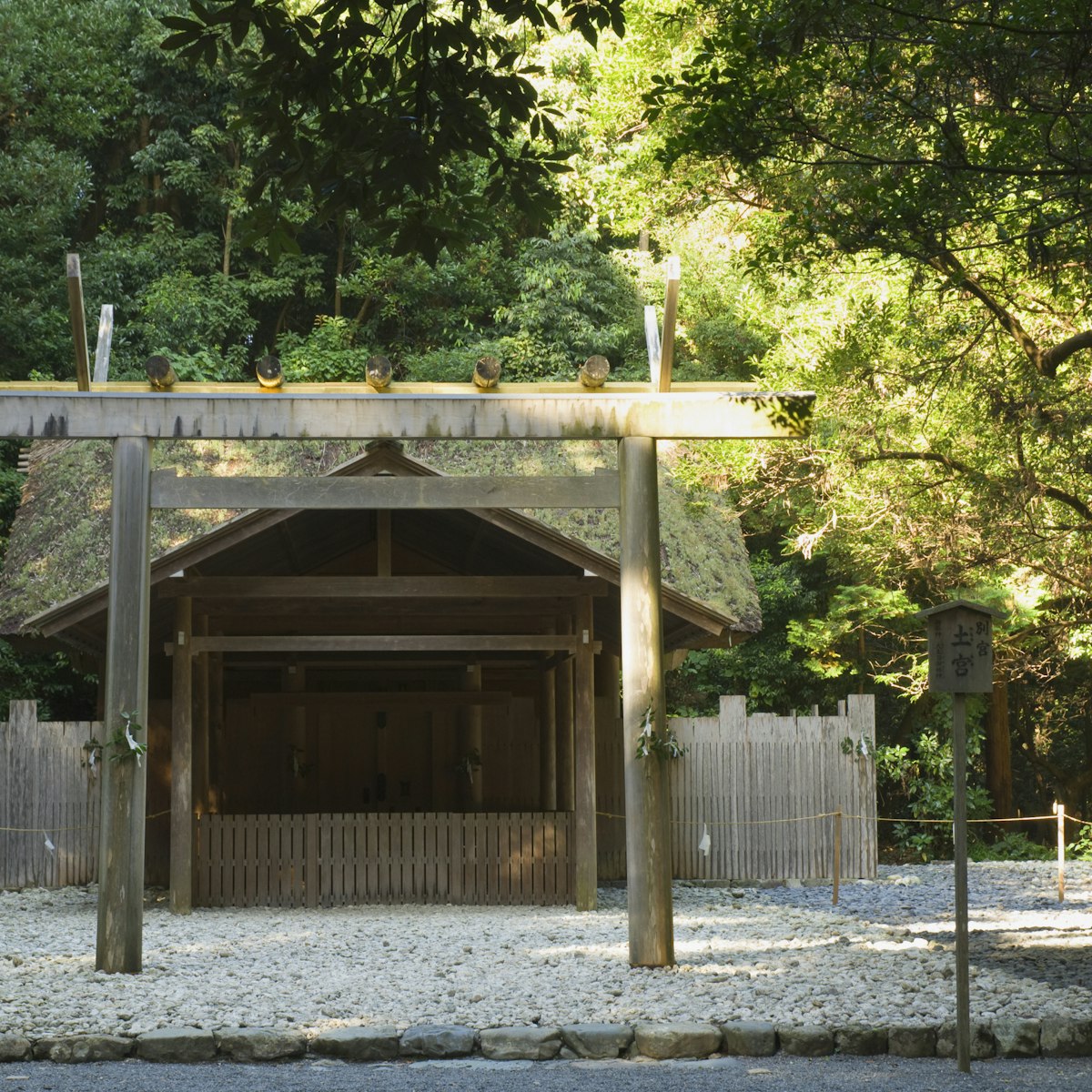
Believed to have been founded in the 3rd century, Ise-jingū is Japan's most venerated Shintō shrine. It’s in two parts – Gekū, the outer shrine, and Naikū…
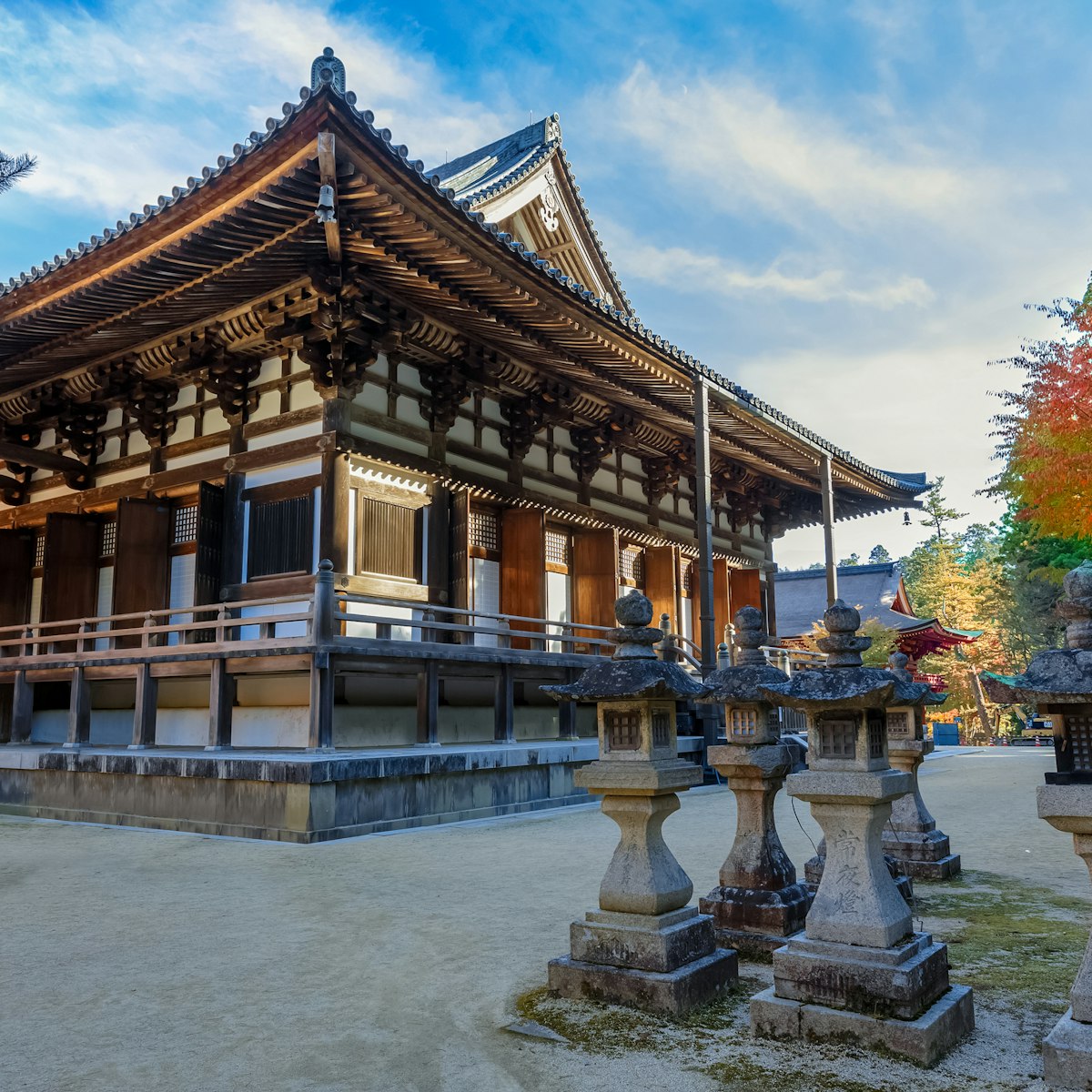
The name of this temple, which is sometimes called Danjo Garan or Dai Garan, derives from the Sanskrit saṅghārāma, which means monastery. With eight…
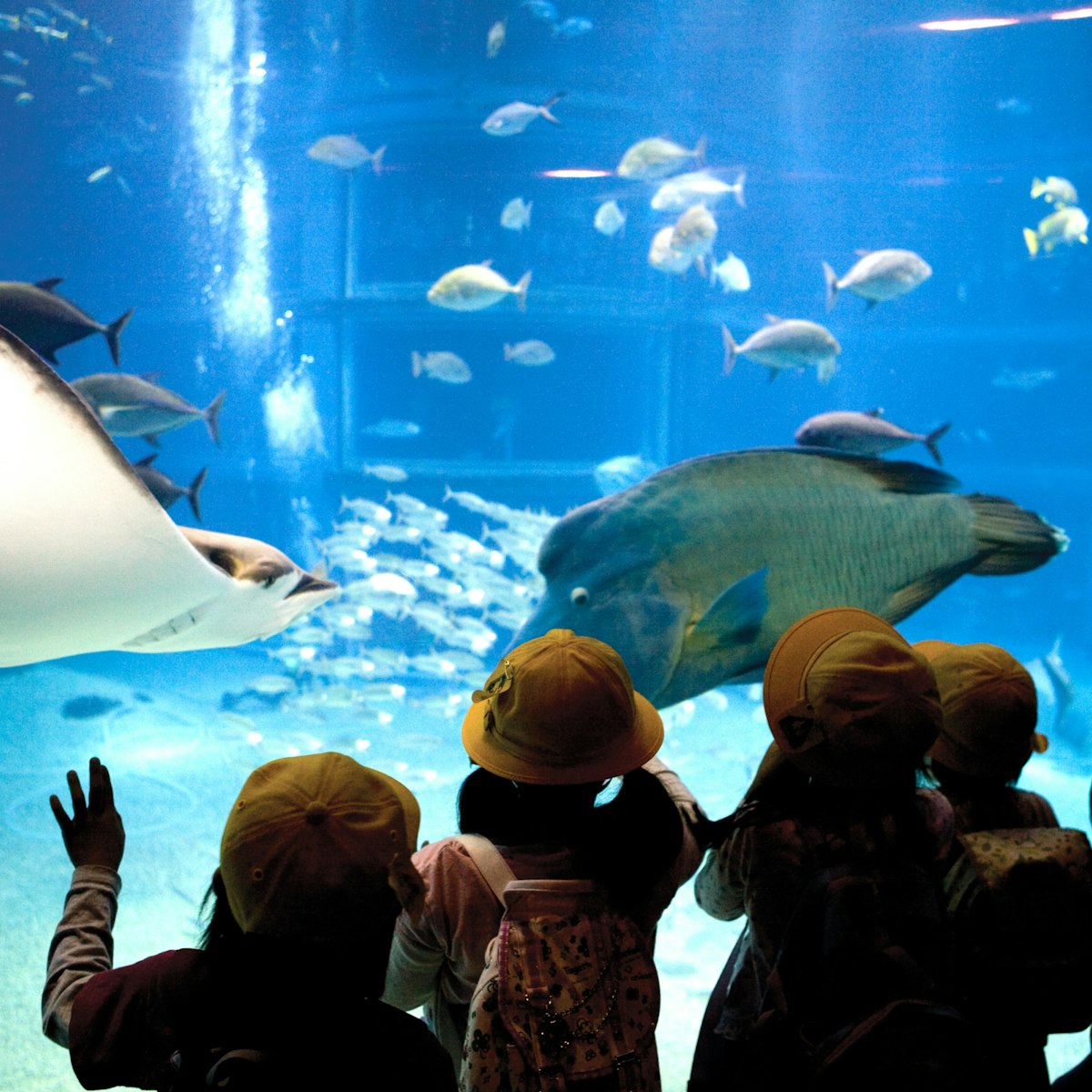
Osaka Aquarium Kaiyūkan
Kaiyūkan is among Japan's best aquariums. An 800m-plus walkway winds past displays of sea life from around the Pacific 'ring of fire': Antarctic penguins,…
Yakushi-ji was established by Emperor Temmu in 680 as a prayer for his ailing wife (who actually outlived him to accede to the throne). With the exception…
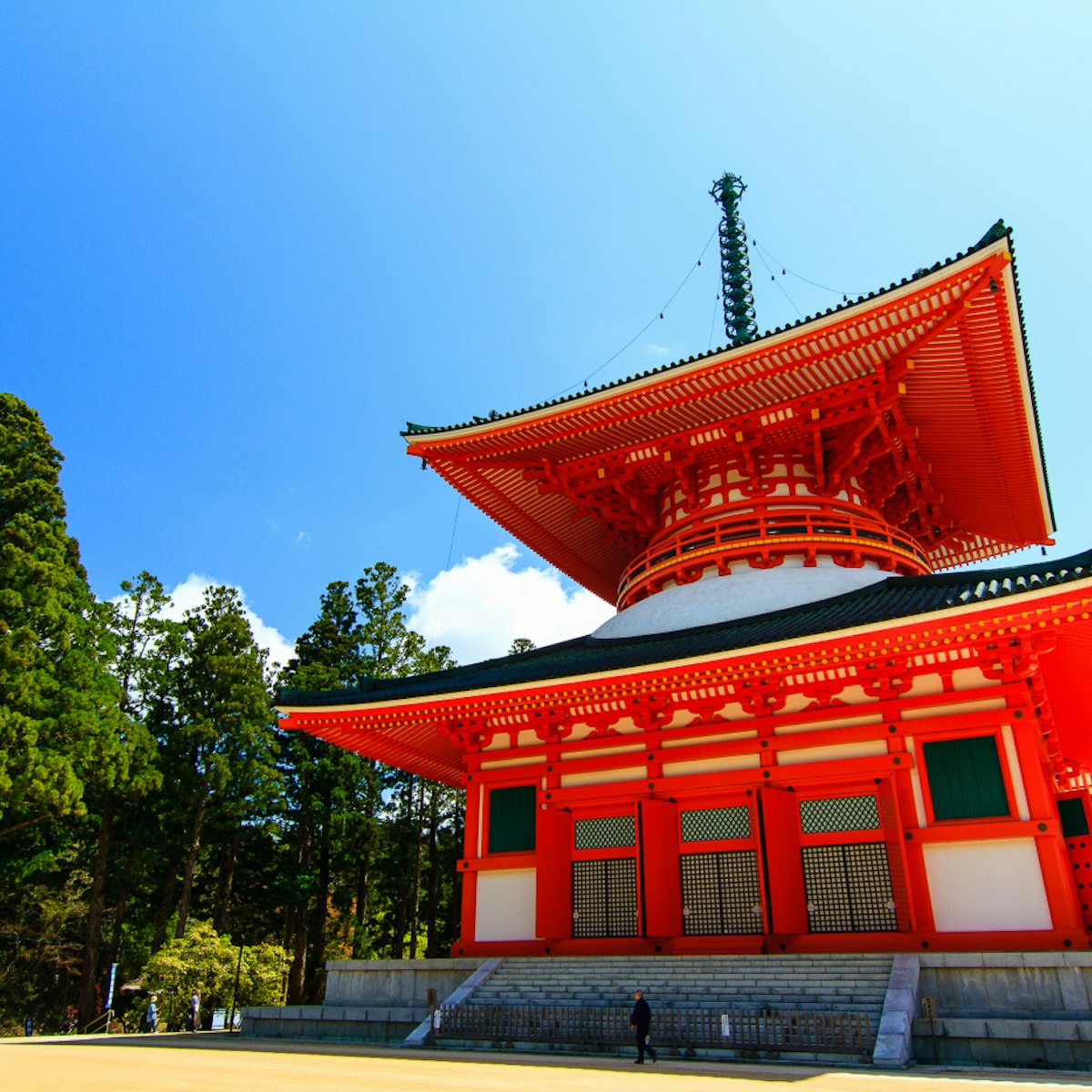
Konpon Daitō
The most interesting structure at the Garan is the Konpon Daitō, a 50m-tall, bright-vermilion pagoda seated at what is considered to be the centre of the…
Kōfuku-ji was founded in Kyoto in 669 and relocated here in 710. The original Nara temple complex had 175 buildings, though much has been lost over the…
Tōshōdai-ji
Tōshōdai-ji was established in 759 by influential Chinese priest Ganjin (Jian Zhen), recruited by Emperor Shōmu to reform Buddhism in Japan. The main…
Established in 672, over a century before the founding of Kyoto, Mii-dera gets its name for its three springs ('mi' means 'three' and 'i' means 'spring')…
Ise-jingū's outer shrine dates from the 5th century and enshrines the god of food, clothing and housing, Toyo'uke-no-Ōmikami. Daily offerings of rice are…
Kōfuku-ji National Treasure Museum
Reopened in 2018, this compact museum houses Kōfuku-ji's most important works of art, many of which date to the 8th century (and have managed to survive…
Tōdai-ji Nandai-mon
The great south gate of Tōdai-ji contains two fierce-looking Niō (guardians). These recently restored wooden images, carved in the 13th century by famed…
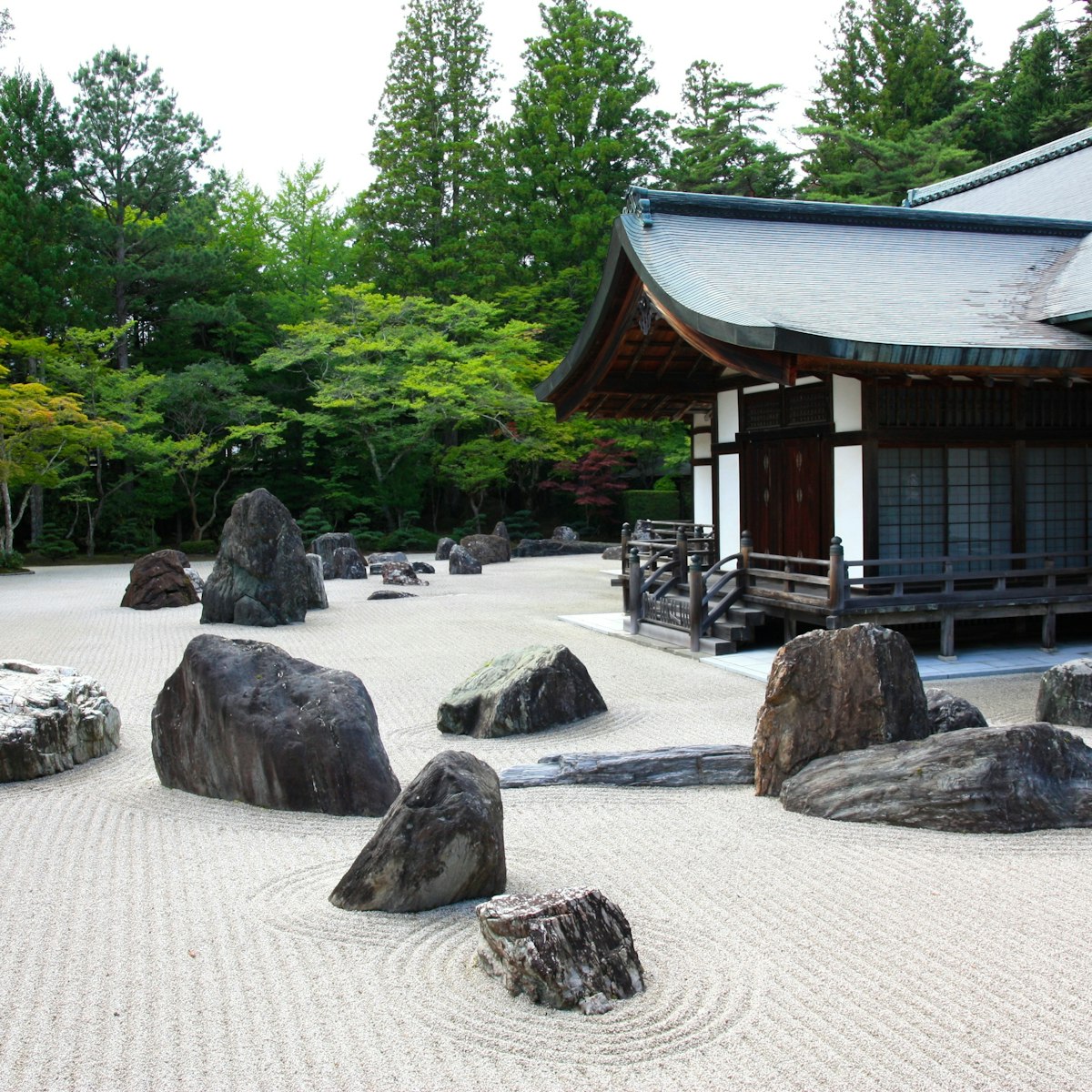
This is the headquarters of the Shingon sect and the residence of Kōya-san's abbot. The main gate is the temple's oldest structure (1593); the present…
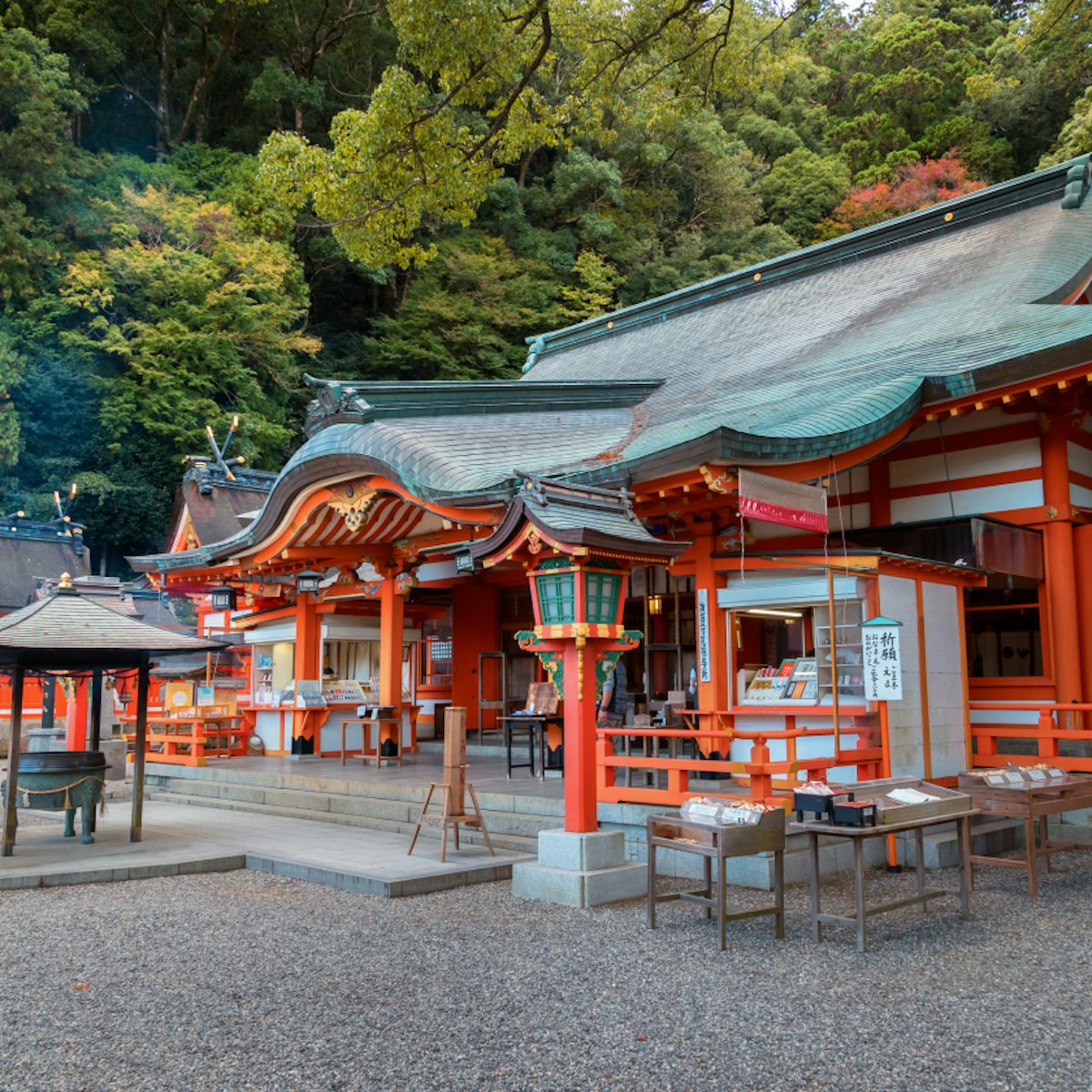
Kumano Nachi Taisha
Built on the side of a mountain, facing the waterfall Nachi-no-taki, this shrine is one of Kii's most spiritual places, a site of ancient nature worship…
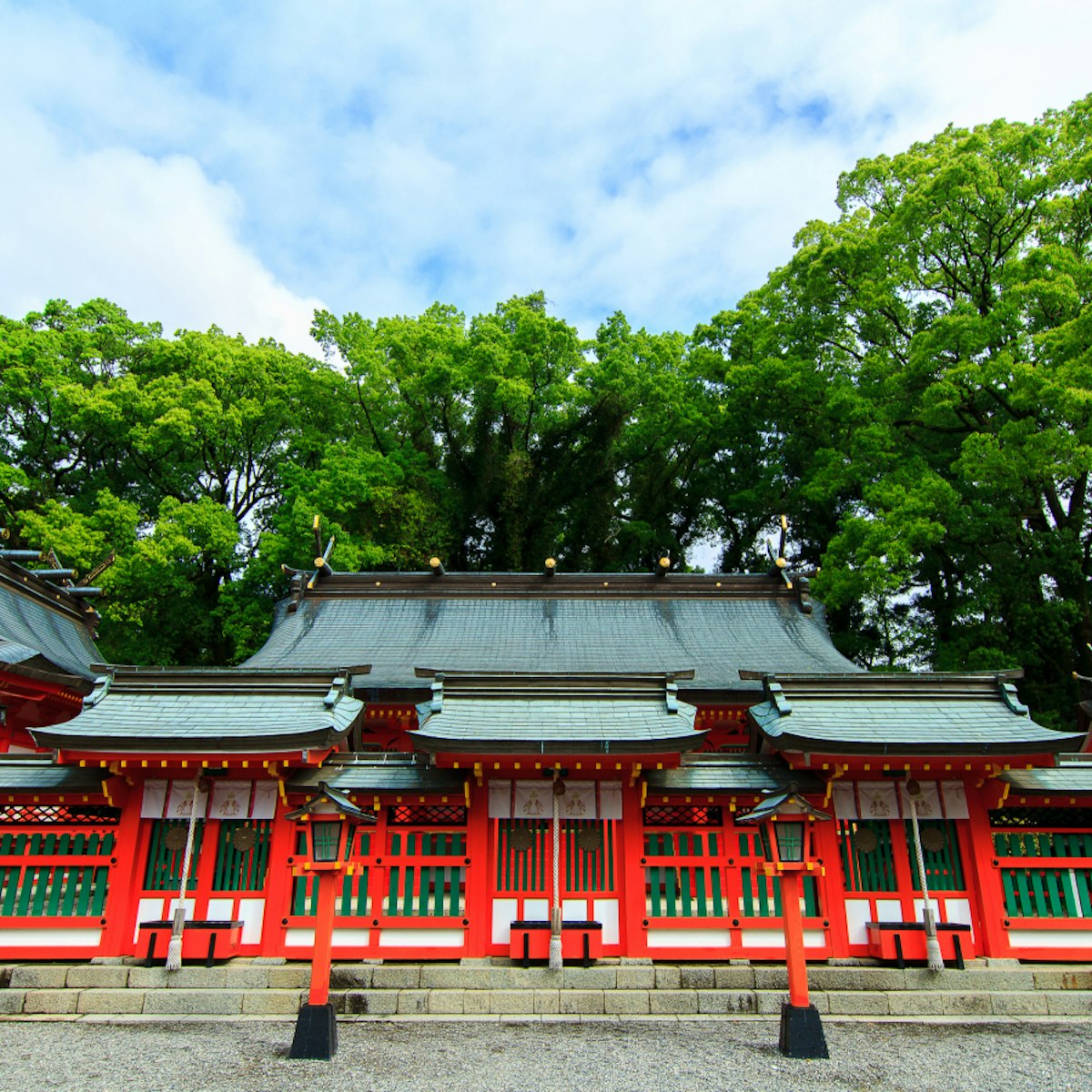
Kumano Hayatama Taisha
Located at the mouth of the Kumano-gawa, Kumano Hayatama Taisha is one of the Kumano Sanzan (three sacred shrines of Kumano), enshrining Hayatama-no-Okami…
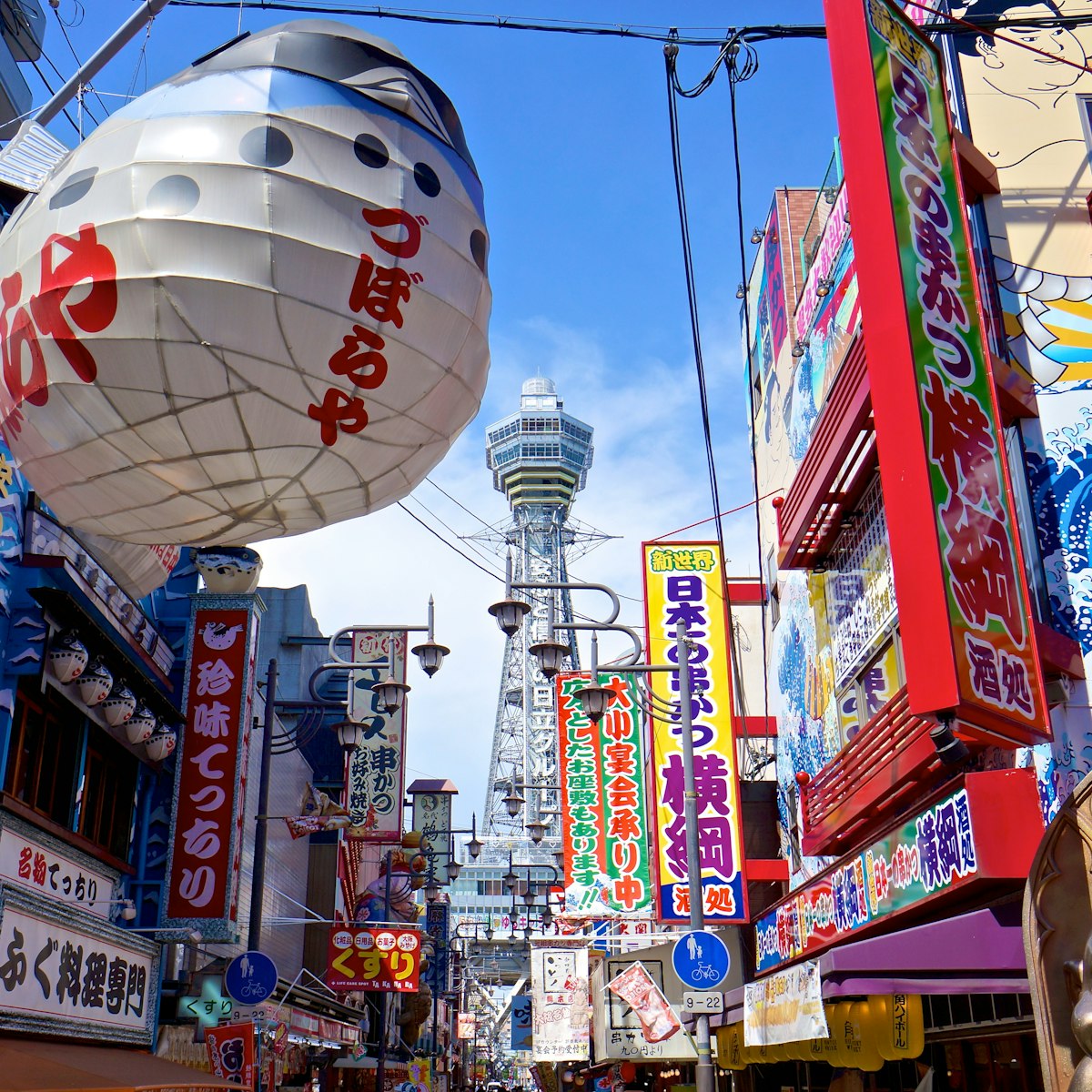
A century ago, Shin-Sekai ('new world') was home to an amusement park that defined cutting edge. Now this entertainment district mixes down-at-heel with…
Jakkō-in is a small temple on the opposite side of Ōhara from Sanzen-in. It’s reached by a pleasant 15-minute walk from the bus station through an ‘old…
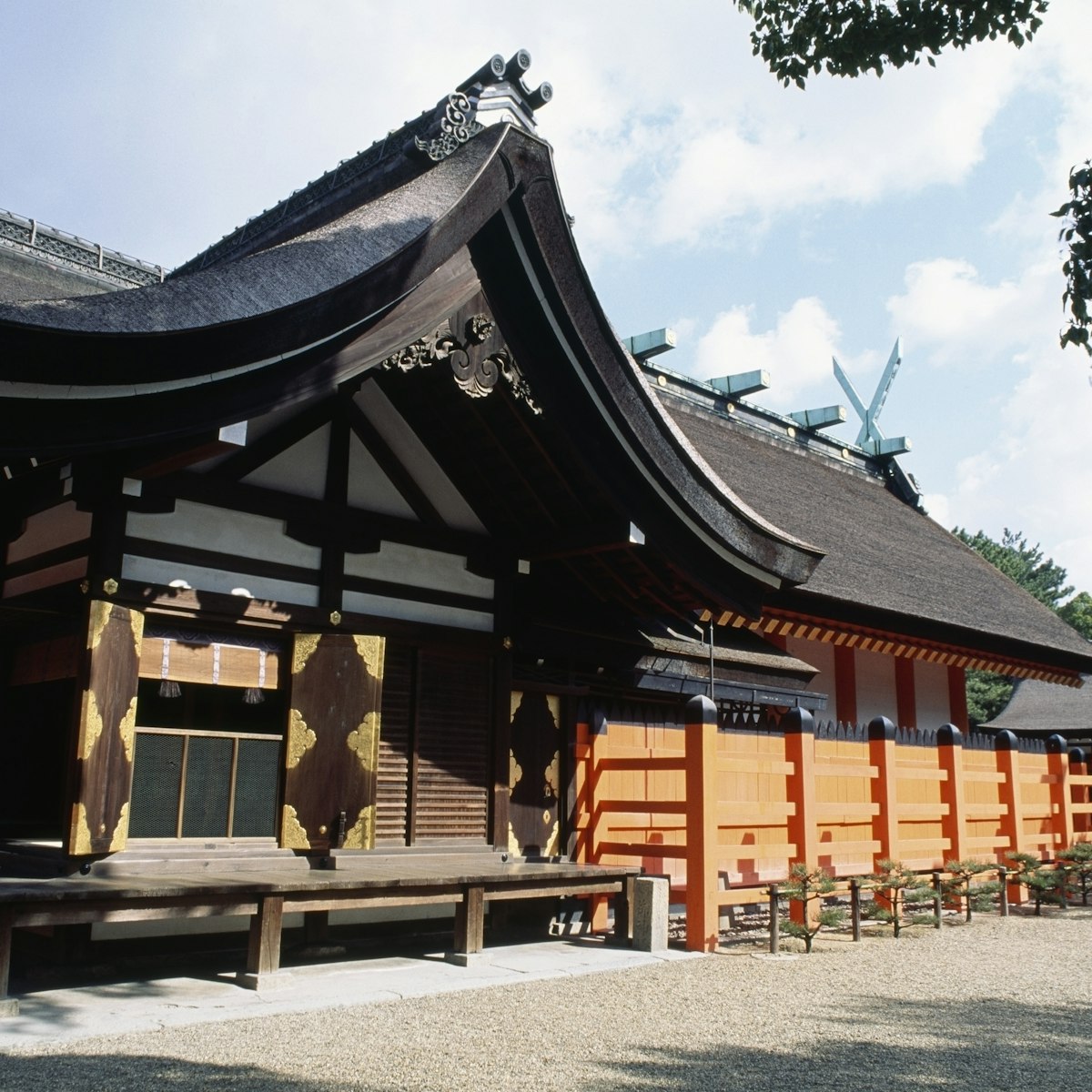
Sumiyoshi Taisha
Dedicated to Shintō deities of the sea and sea travel, this graceful shrine was founded in the early 3rd century and is considered the headquarters for…
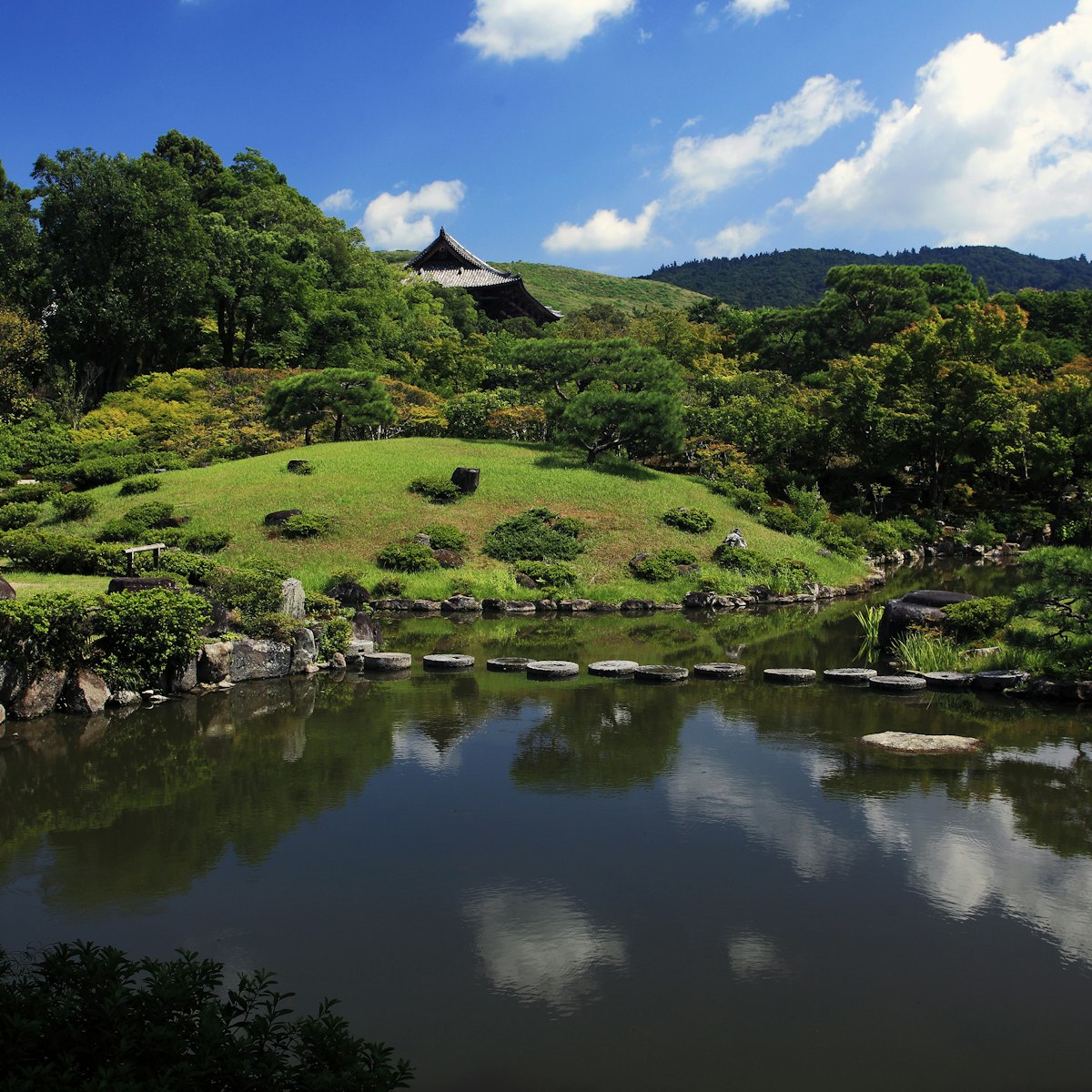
Isui-en & Neiraku Art Museum
Isui-en is an elegant garden in two parts: one created in the 17th century, in the style of an Edo-period (1603–1868) strolling garden, and another added…
More destinations you need to see
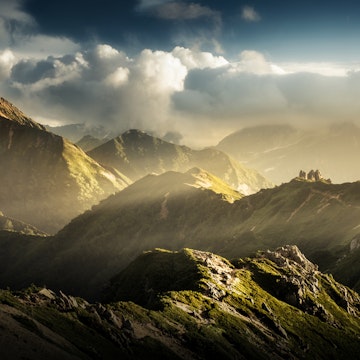

9 things to do and see in the Kansai Region
The Kansai region is a vast area is made up Osaka , Kyoto , Hyogo, Nara , Wakayama and Mie Prefectures in Western Japan. The region has so much on offer that it can be difficult to pick a few. Here are some of the best things to see and do in Kansai.
Table of Contents
Dotonbori (Osaka)
Known for its bright lights and lively streets, the Dotonbori district is among the most famous areas of Osaka and a must-visit if you are coming to Kansai. The area has been a designated entertainment district since as far back as 1662, when a local businessman decided to widen the banks of the Dotonbori River in the hope of increasing business and opportunities. Within 50 years the area expanded greatly in popularity. Today, the area continues to live up to its reputation for food, entertainment, shopping and nightlife.
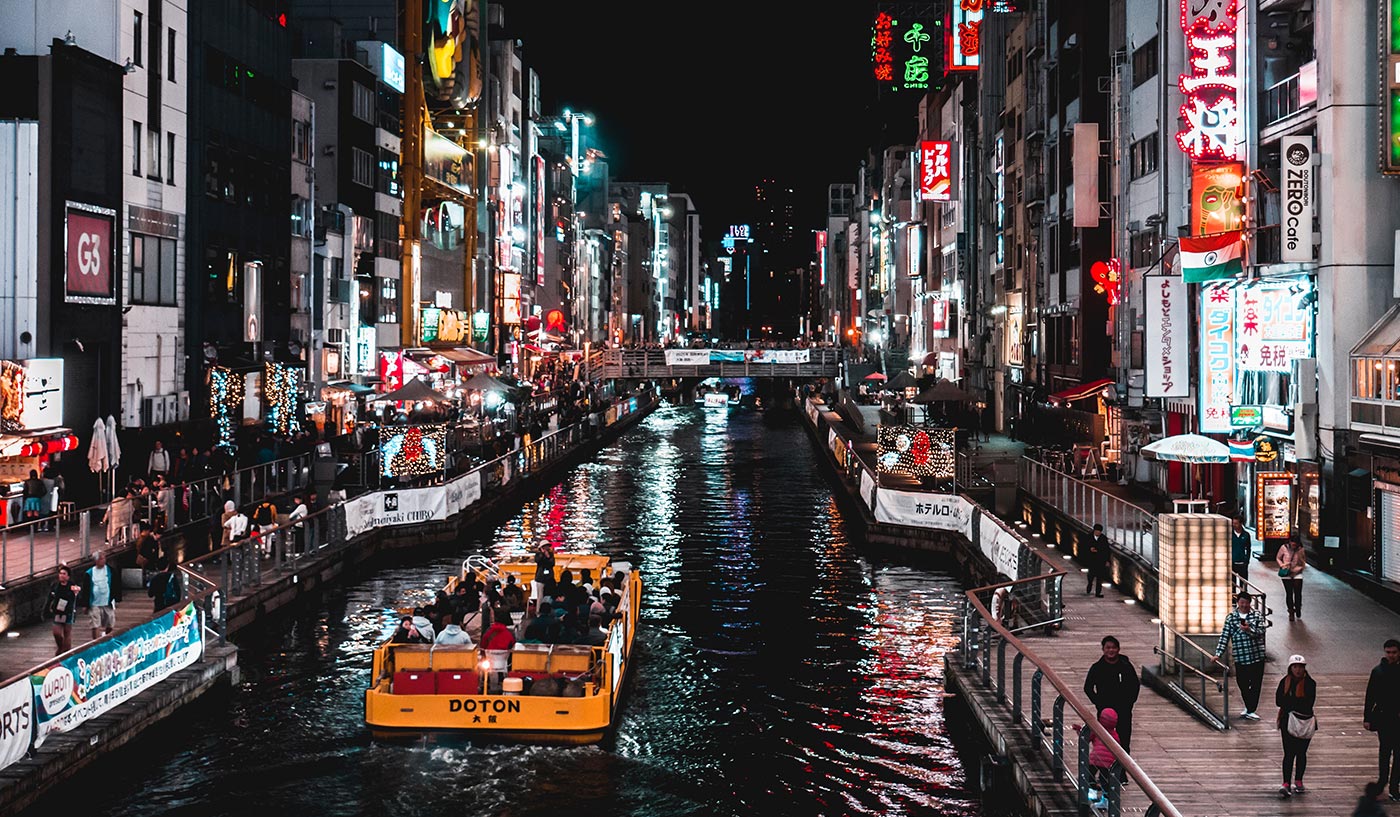
Among the sights here are Ebisu Bridge, which is best experienced at night, showing the illuminated signs along the river. By far the most famous of these is the Glico runner man, a landmark of the city and a popular meeting spot. The area’s connection to food can be well evidenced with many other eye-catching signs such as the giant iconic arm-waving crab and is a way to draw in the tourists.
Himeji Castle (Himeji, Hyogo)
Himeji Castle in Himeji, Hyogo prefecture is one of the most iconic castles in Japan, widely considered to be the most spectacular. The castle is a national treasure and a world heritage site.
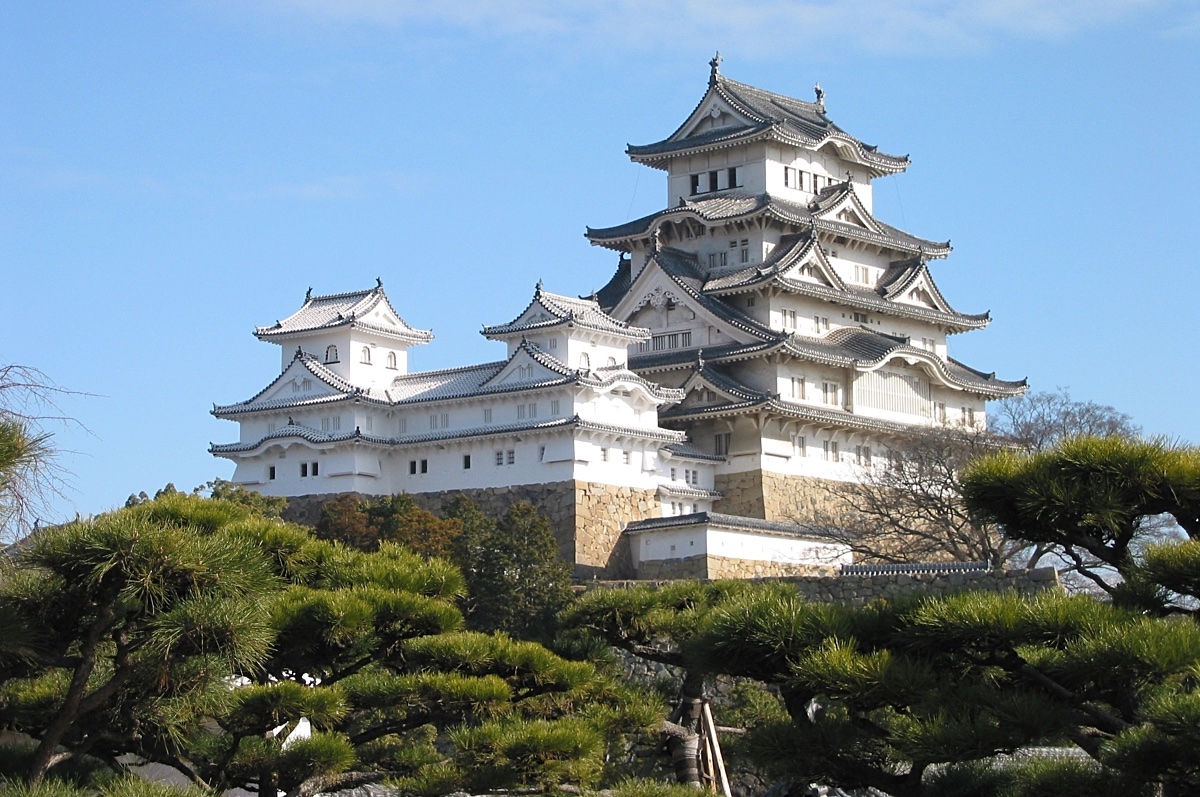
Made up of over 80 buildings, the castle complex is connected by a series of labyrinth-like winding alleys. The Otemon Gate is the main gate into Himeji Castle, allowing access to the admission-free part of the castle. Through the Hishi Gate is the paid part of the castle. Here visitors can enter the many narrow lanes of the castle and walk up the 60 story main keep.
Himeji Castle is particularly popular during the sakura season, where over 1000 trees can be found in the grounds. Although it can be very beautiful to see, it can also get very busy with many tourists but is well worth the visit.
Read also: Himeji Castle Travel Guide
Minoh Park (Osaka)
Voir cette publication sur Instagram Une publication partagée par Marie (@pechouuu)
Situated only 25 mins by train from central Osaka, Minoh is home to Minoh Park, a beautiful forest park. During the autumn months, it is one of the best places to see the autumn leaves in a natural setting. The park is also home to many monkeys that love stealing food from tourists!
The park’s trail starts outside Minoh station for about 3 km uphill, leading to Minoh waterfall and is the park’s main attraction. It often gets very busy during the autumn, where you will see many stalls selling momiji tempura, which are maple leaves fried in batter. The hike takes around 40 mins to the top, with the first part passing many small shops and is perfect for a leisurely stroll, away from the urban sprawl of central Osaka.
Although Minoh may not be as well known as some of the other places on this list, it is definitely worth a visit. The hike is not difficult or too steep, with the route clearly signposted throughout.
To get to Minoh from Osaka take the Hanyku Takarazuka line to Ishibashi then change for the Minoh branch line.
Arashiyama (Kyoto)
Arashiyama is a charming picturesque district on the western edge of Kyoto . The area has been a popular destination since as far back as the Heian Period (794-1185) where nobles would come to enjoy the natural setting.
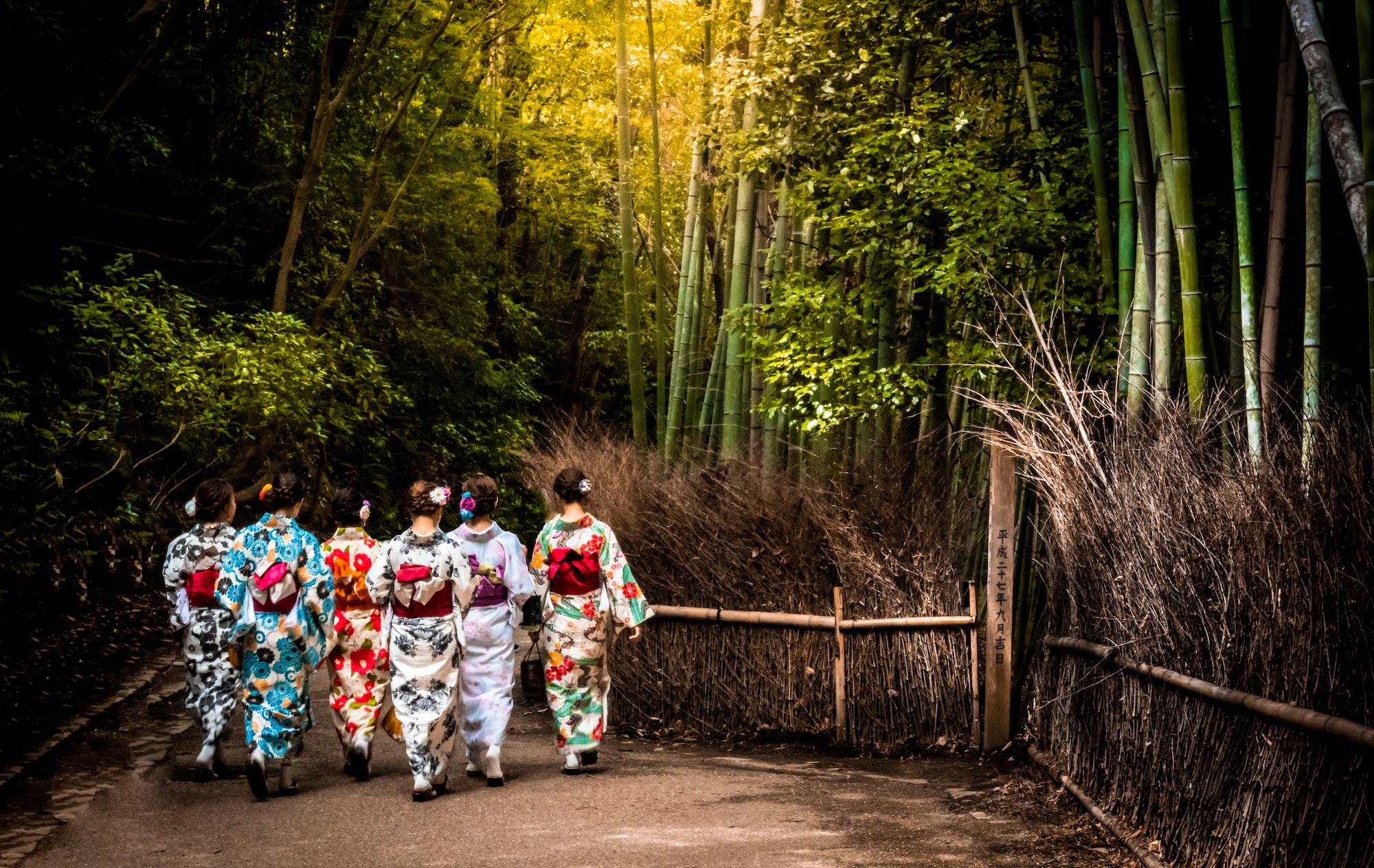
The most well-known landmark in Arashiyama is Togetsukyo Bridge, with many souvenir shops and restaurants and other attractions located nearby, including Arashiyama’s famous bamboo groves. Walking through the bamboo groves can feel like you’re in a totally different place that is so mystical and enchanting. When there is a light wind it is particularly attractive, as the tall bamboo stalks sway back and forth.
A popular way to get around in Arashiyama is by rental bicycle which is available for 1000 yen. Cycling around the area is an enjoyable way to explore Arashiyama. It is particularly beautiful to visit during the autumn seasons and spring seasons, when the trees are golden brown and the sakura colours peak.
Kinosaki Onsen (Hyogo)
If you like onsens , Kinosaki Onsen is the perfect place to visit. Situated in the northern part of Hyogo, this pleasant little town is one of the top onsen resorts in Kansai. The whole area has a charming village feel to it, a world away from the hustle and bustle of urban city life.
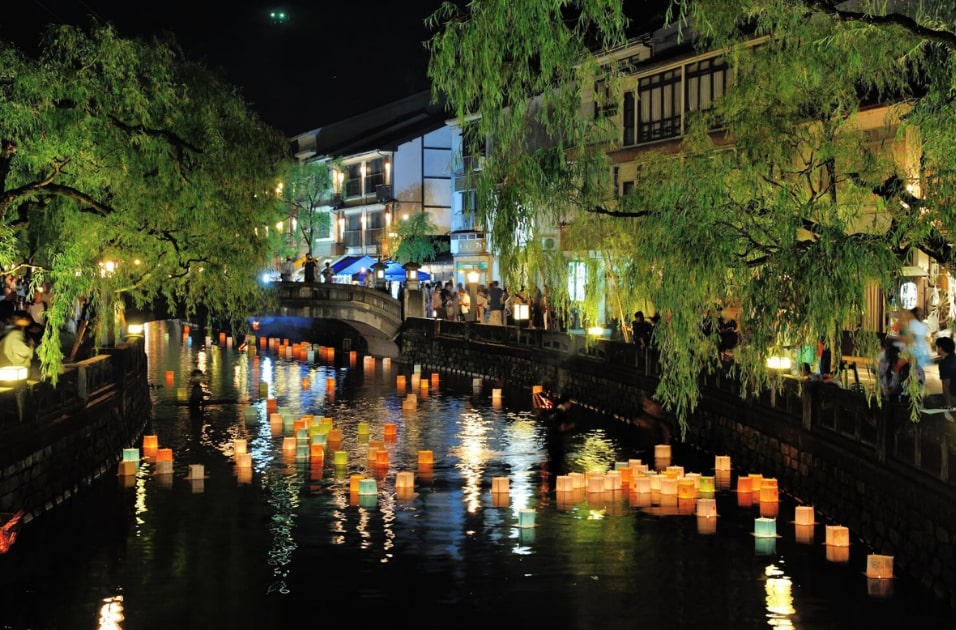
Credit: visitkinosaki.com
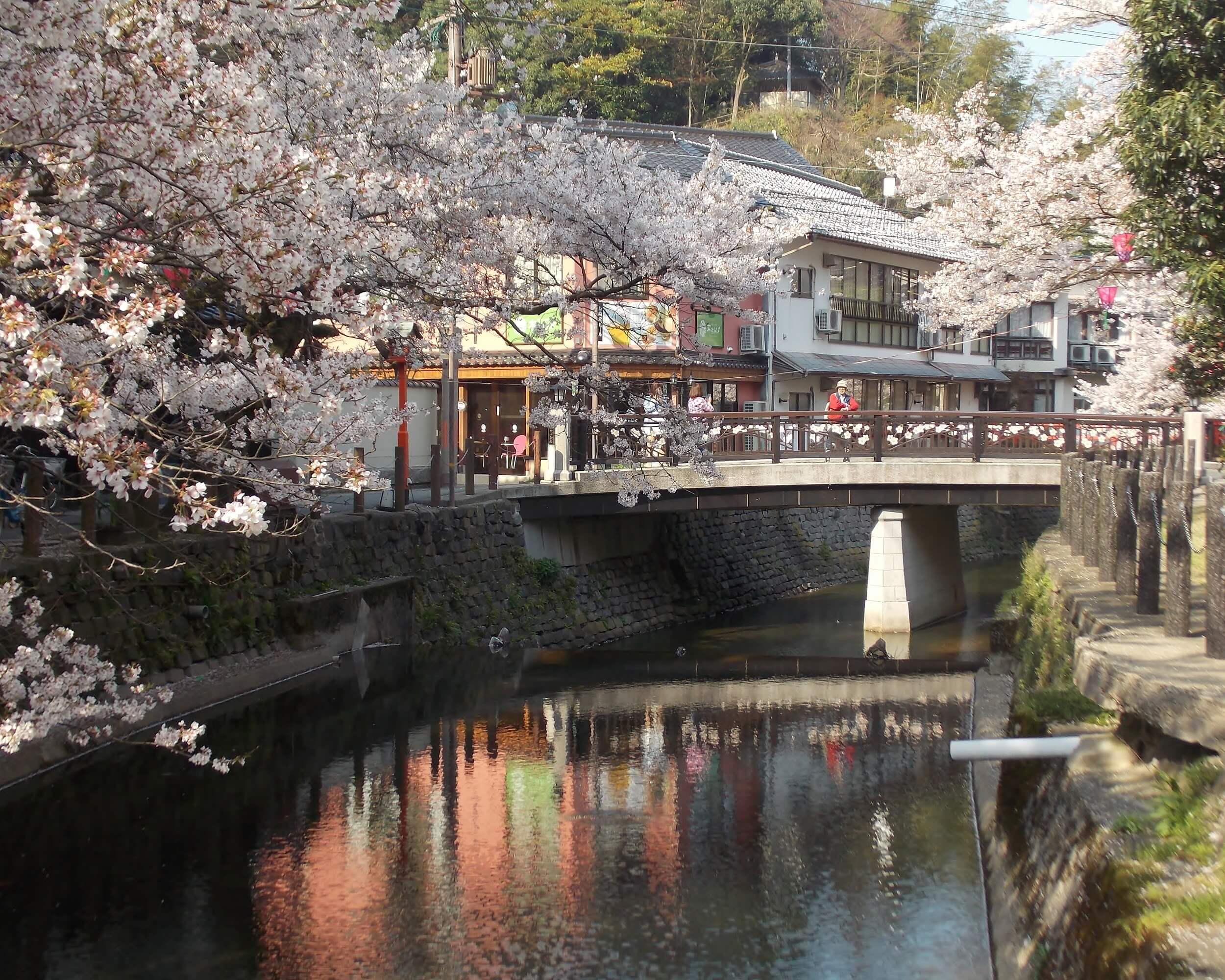
Source: gérard/Flickr – Under Creative commons license
Onsen hot springs were discovered in Kinosaki around the 8th century, since then it has developed into this popular onsen resort town. During the evenings many guests staying in the ryokans like to stroll around in yukata and geta, (traditional wooden clogs), looking in the many shops, as well as playing some vintage games in nostalgic arcades. The many people wondering the streets gives the area a lively feel.
Kinosaki Onsen can be accessed direct from Osaka by JR limited express trains and takes 2.5 hours.
Ise Shrine (Ise, Mie)
Ise is located on the Shima Peninsula in Mie prefecture. It is home to the Ise shrines, the most sacred Shinto shrines in Japan. The Ise shrines consist of two separate shrines, the Inner Shrine (Naiku) and the Outer Shrine (Geku).
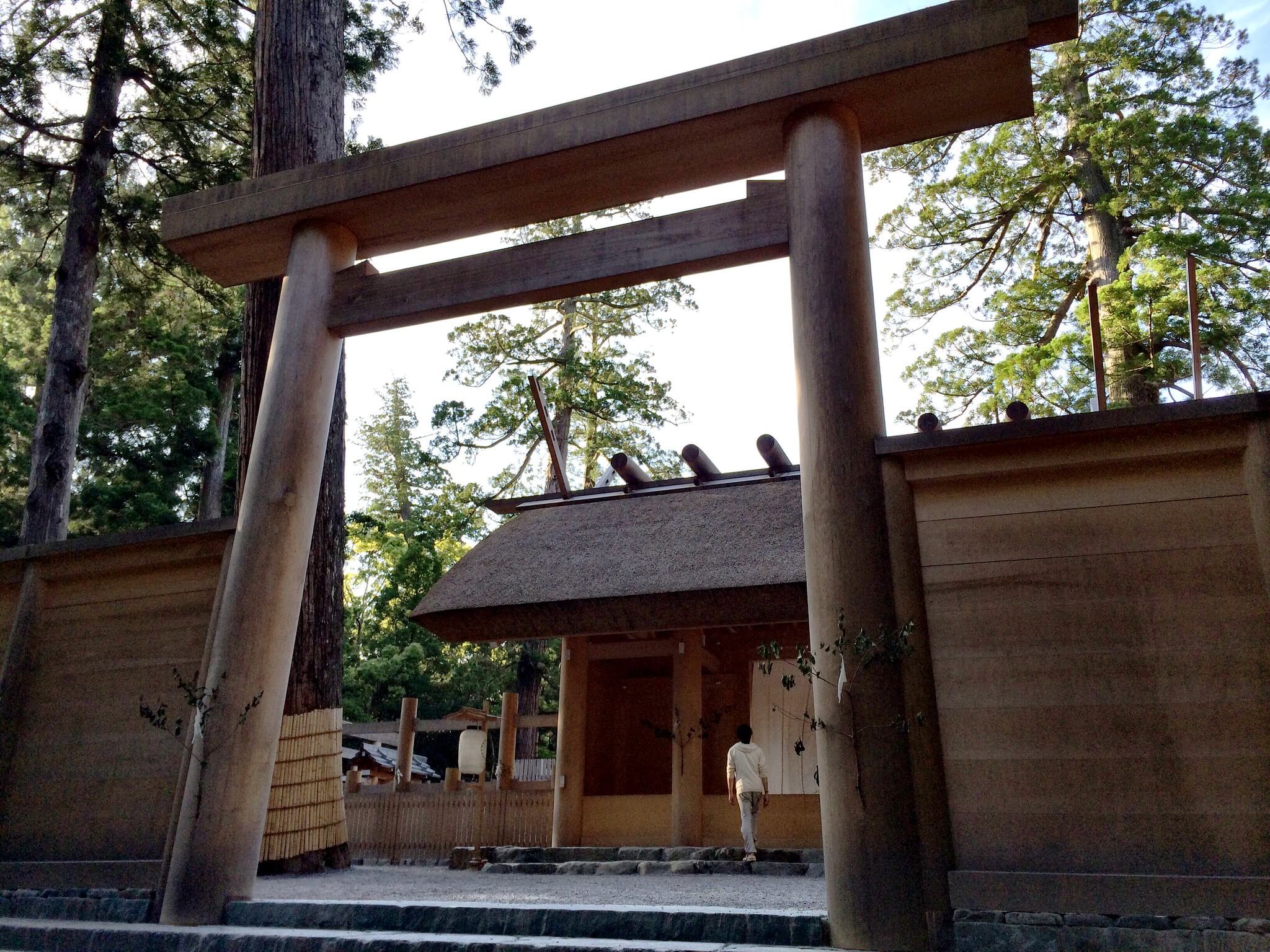
Credit: Karl Baron/Flickr
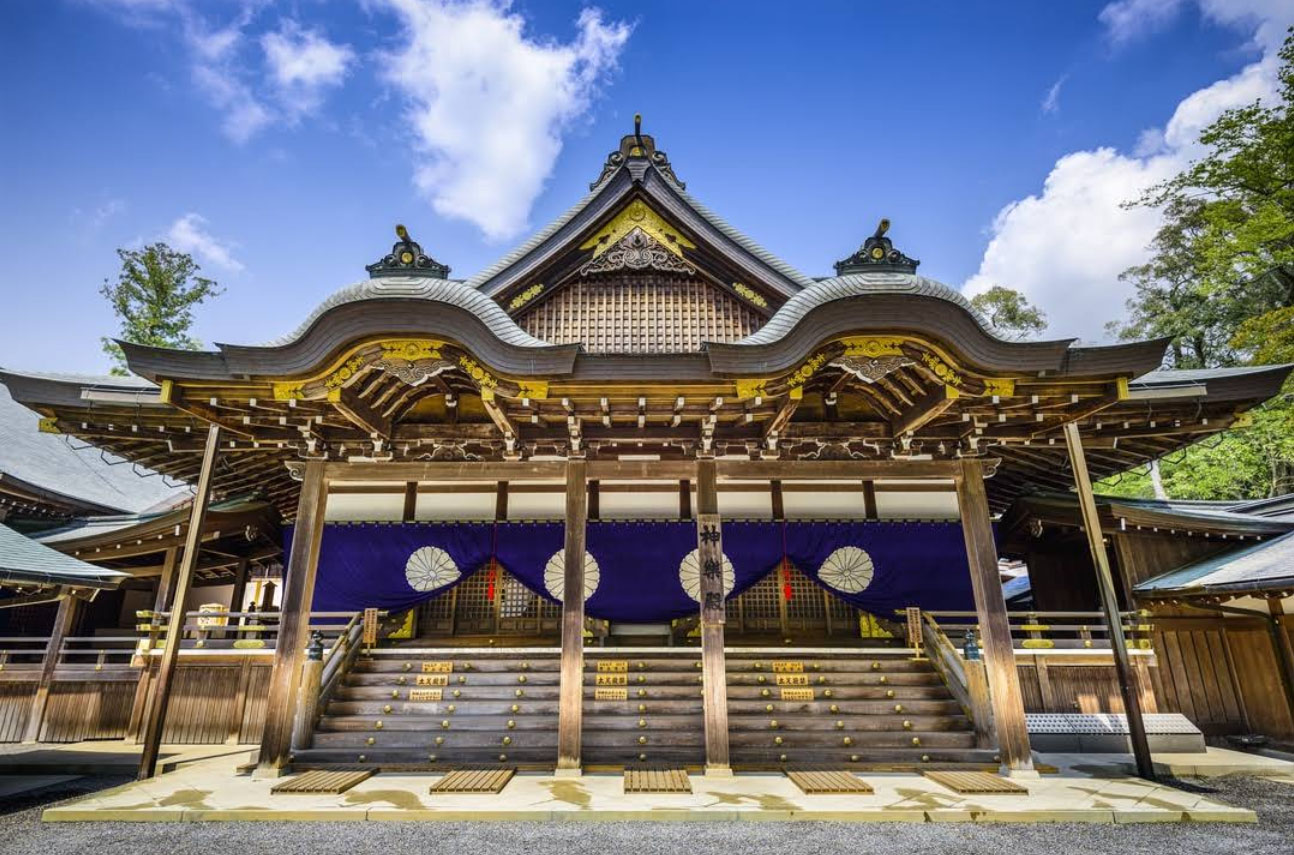
While the main sanctuary is out of bounds, there’s still much to explore at Ise Grand Shrine.
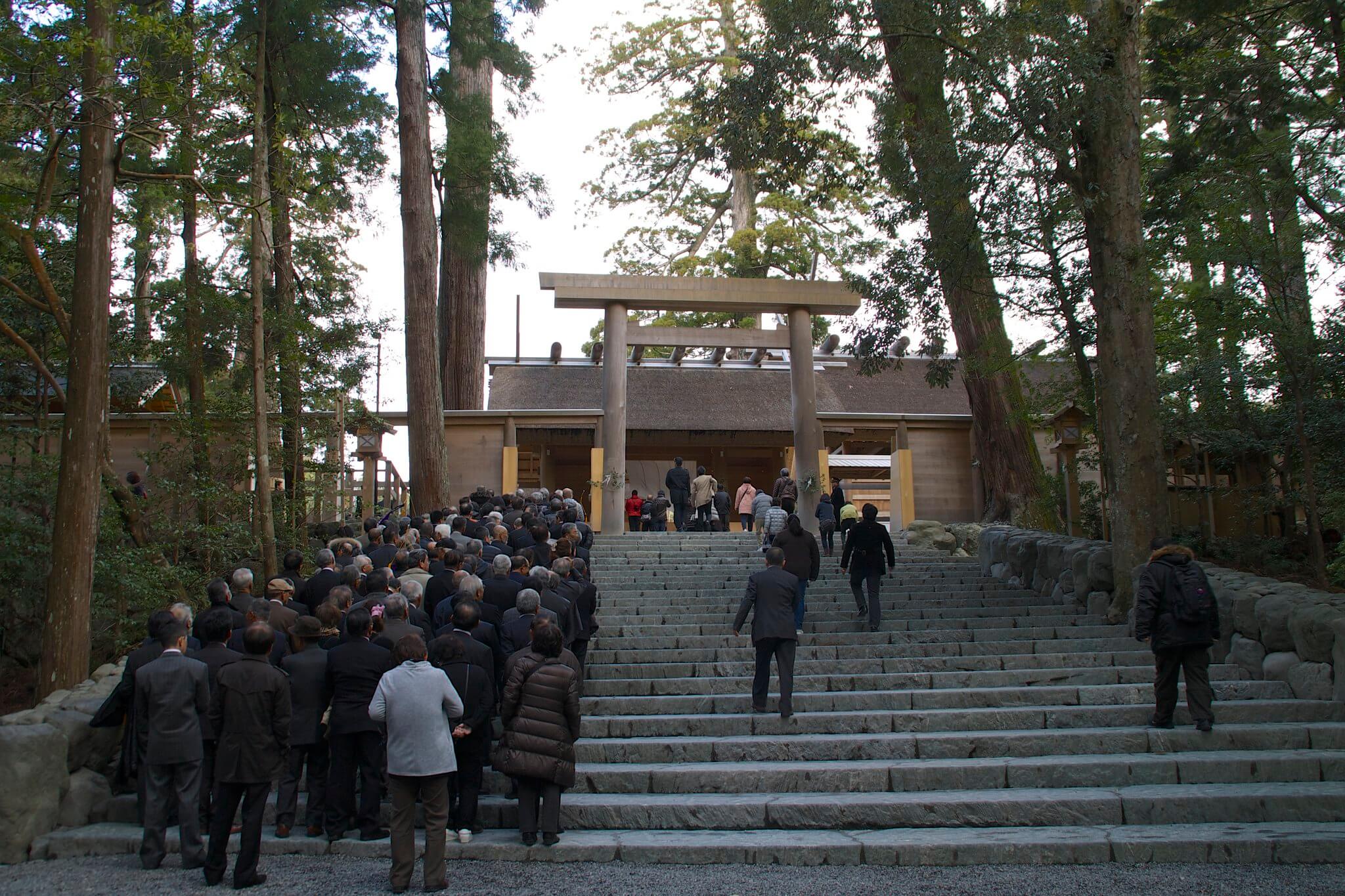
Credit: foooomio/Flickr
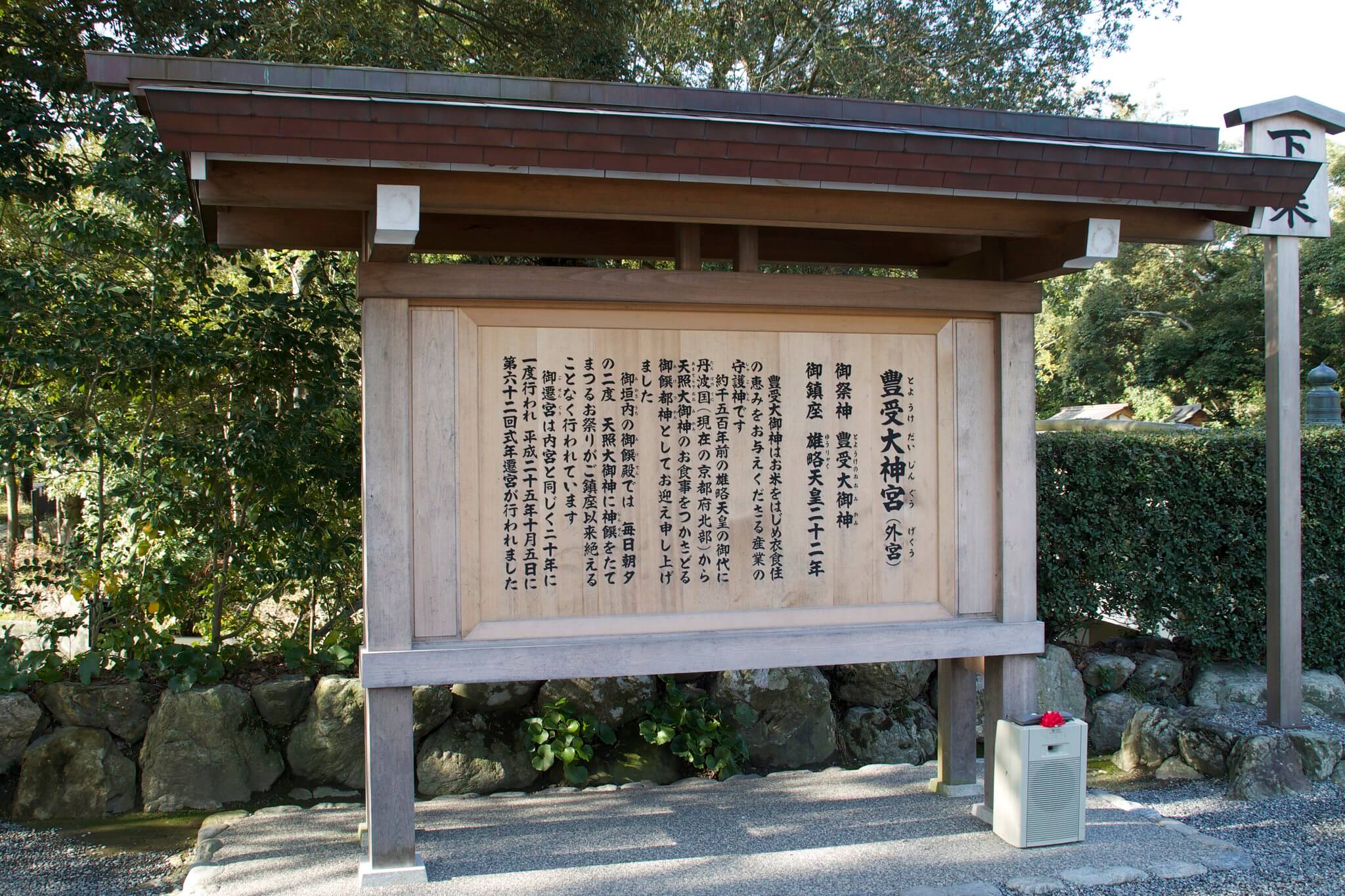
The Inner Shrine is the most popular building in the complex, dating as far back as the 4th century. The shrine is dedicated to the Sun god Amaterasu, the most important god in the Shinto religion. The shrine is popular all year round but is particularly popular during the new year, where many Japanese traditionally visit shrines to pray for good luck for the coming year.
Apart from the shrines, the area is an interesting place to explore with many small shops selling souvenirs and craftwork, especially on the street known as Oharaimachi. You can visit as Ise as a day trip but staying overnight allows more opportunity to explore the area.
To get to Ise from Osaka take the Kintetsu limited express train from Uehommachi, Namba or Tsuruhashi. There are 2 trains per hour and the journey takes under 2 hours.
Read also: Etiquette at Shrines in Japan
Kiyomizudera (Kyoto)
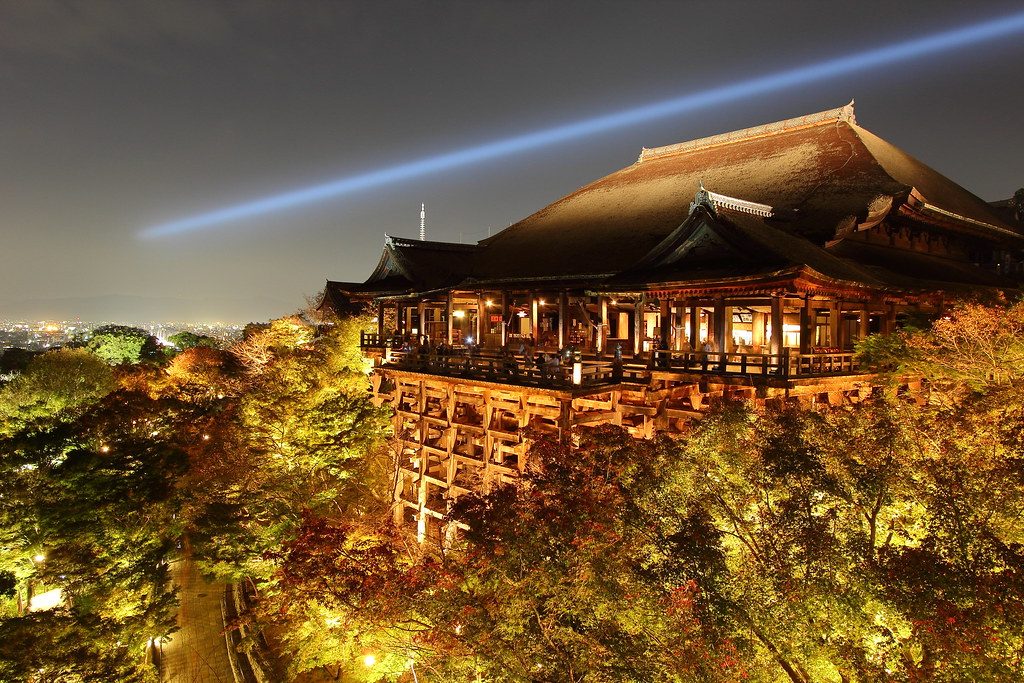
Credits: Sam Ng
Kiyomizudera is one of the most iconic and famous shrines in Kyoto, making it one of the region’s must-see attractions. The temple was founded in 778 on the site of the Otowa Waterfall in the east of Kyoto. Its name derives from the waterfall’s pure waters (Kiyomizudera meaning pure water temple). In 1994 the temple was added to the list of UNESCO world heritage sites.
Kiyomizudera is best known for its wooden stage, which sticks out from the main hall, 13 metres above the hillside. The stage offers visitors spectacular views of the many sakura trees as well as the lovely golden brown autumn leaves and the Kyoto skyline in the distance. A great time to visit is during the annual Hanatoro festival, where you will be able to see spectacular evening illuminations of the temple.
Mount Rokko (Kobe, Hyogo)
At nearly 1000 metres, Mount Rokko is the highest peak in the mountain range, providing a spectacular and breathtaking backdrop to downtown Kobe and a symbol of the city. Visitors can take a cable car to the top of Mount Rokko where you can access an observation platform, offering unparalleled panoramic views over Kobe and Osaka. The view is particularly impressive during sunrise and sunset.
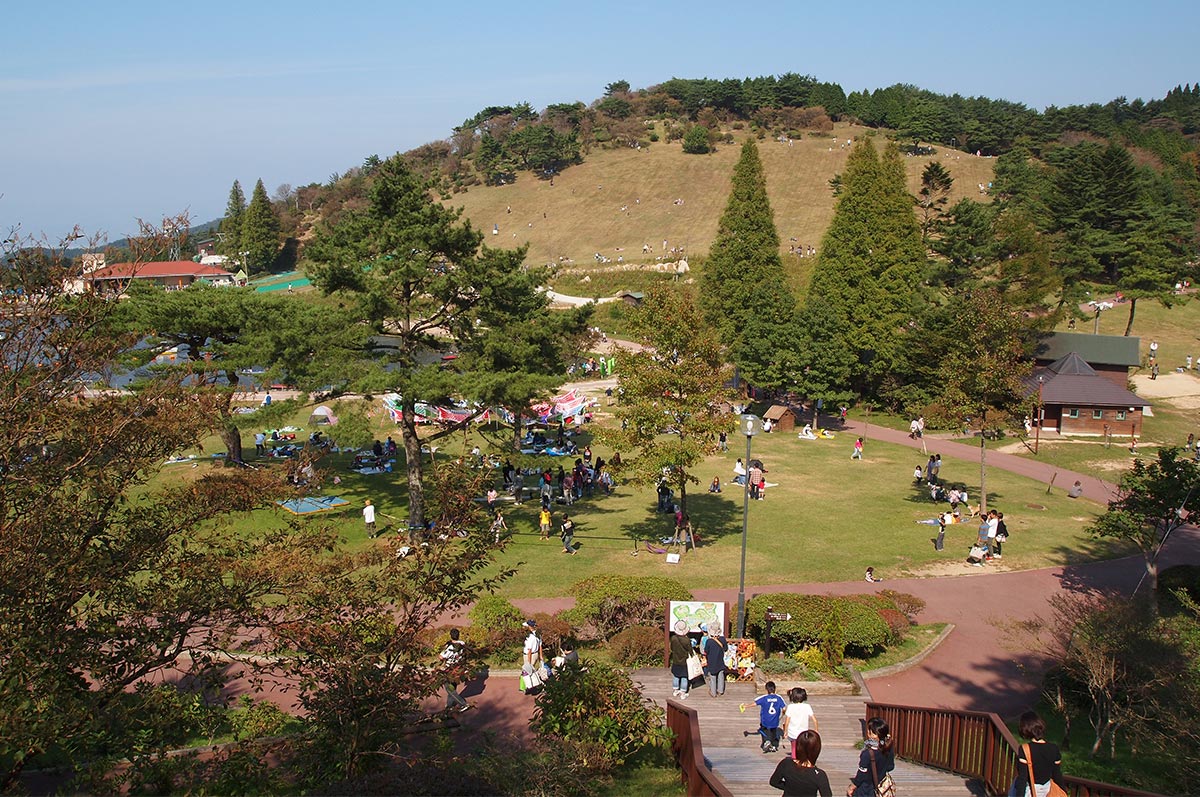
Credits: Kentaro Ohno
A few small tourist attractions can also be found around Mount Rokko including a botanical garden, a musical box museum and a garden terrace, as well as a tourist complex with souvenir shops and restaurants. There is also a ropeway connecting Mount Rokko with Arima Onsen, a popular onsen resort, north of Mount Rokko.
To get to Mount Rokko from Sannomiya take the Hankyu train Rokko station then transfer to bus number 16 to the base station of the cable-car.
Nara Park and Todaiji (Nara)
As Japan’s first capital, Nara is a city with a rich history and culture. Among the main attractions here is Nara Park, which houses many important attractions including Todaiji Temple, a UNESCO world heritage site . The park is also home to several hundred deer, which roam freely around the park.

Kansai is a great place to visit! From traditional temples and castles to busy cities there are so many amazing places in Kansai that I am sure you will not be disappointed. It’s best to give yourself plenty of time as possible and probably only see a few places as it would be impossible to see them all!
Be sure to follow us on Facebook , Instagram , Twitter , and Pinterest for more fun stuff!

Alex is a graduate of photography from London. He has a strong interest in visual arts and culture. Alex is half Japanese and has a great knowledge of Japan, having spent several years living there, visiting many parts of the country.
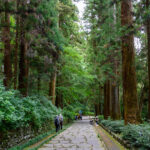
Related Posts

10 Surprising Ways You Didn’t Know You Could Use Your Suica Card
© 2024 Your Japan.
- TRAVEL GUIDES
- BEGINNER’S GUIDE
- ACCOMODATIONS
Made with ♡ in Tokyo
- Skip to main content
- Skip to primary sidebar

Destinations
- Plan Your Trip

Kansai Starts Here
January 7, 2024 by Robert Schrader Leave a Comment
One of the most common questions I get is how many days in Osaka and Kyoto to spend—so I decided to write a Kansai itinerary about it!
This question isn’t a black-and-white one however, and my response to it is cut-and-dry. As you decide how to long to spend in Japan’s Kansai region (the culture- and scenery-rich area between and around Kyoto and Osaka), you need to keep in mind not only the things to do in Kyoto or Osaka that interest you the most, but excursions from both cities and the length of your overall trip to Japan as well.
Once I’ve drilled down the most essential Kansai destinations and experiences, as well as day trips from Kyoto and Osaka you won’t want to miss, I’ll lay out a few easy-to-follow itineraries, and even touch on when you should visit this incredible region and where to stay once you arrive. Your trip to Kansai starts here.
Where Does Kansai Fit into the Rest of Japan?
As you ponder how many days in Kyoto, you need to think not only of wandering around Higashiyama in a kimono , or riding a rickshaw under the verdant billows of Sagano Bamboo Grove. You need to consider how long you’re going to spend in Japan overall—and how much of it you want to spend in Kansai. (Spoiler alert: Anywhere between 25-50% is a great idea, especially if it’s your first trip to Japan).
Kansai, to be sure, is the larger manifestation of the age-old Tokyo vs. Osaka and Tokyo vs. Kyoto cold wars, and to many Japanese is representative of “western Japan” as a whole, with Tokyo’s Kanto region representing the east. Obviously, if you’re taking a longer trip (say, one month in Japan ), you’ll explore deeper into western Japan, whether that means the San’in region or Kyushu and Shikoku islands, but for travelers with a shorter amount of time, the enchanting combination of culture, history, modernity and tradition Kansai offers can be a microcosm of the whole of Japan—not just the western part of it.
Top Destinations in the Kansai Region
The question of how long to spend in Kyoto depends, first and foremost, with how deeply you plan to explore the city. If you simply want to visit a few of the best Kyoto temples in Higashiyama , see some bamboo in Arashiyama or try (and probably fail) to spot a Geisha in Gion , you can easily get by with just a couple of days in the city.
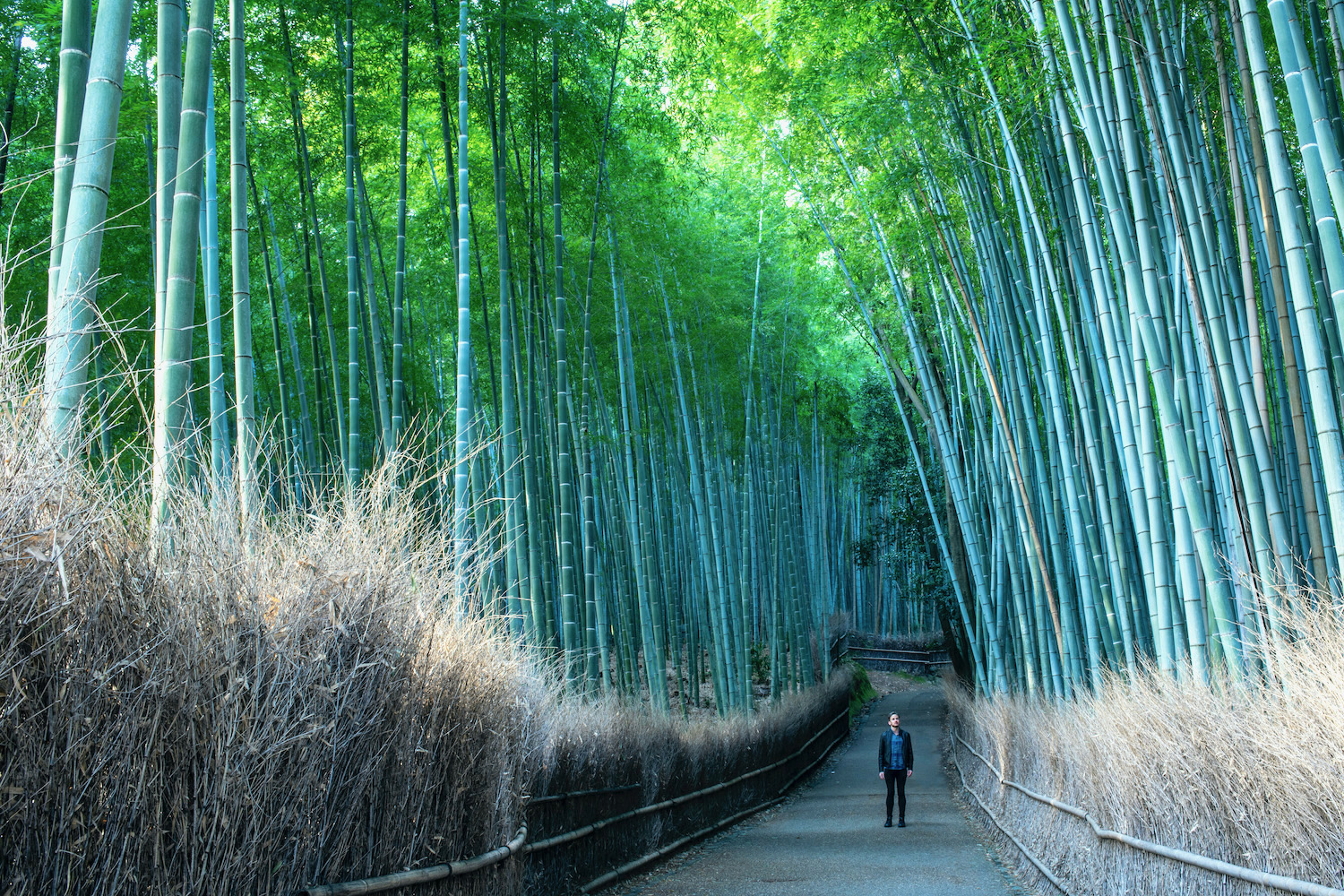
However, things to do in Kyoto extend far beyond the mainstream ones you find in a Kansai travel guide. For example, just to the south of the popular Fushimi Inari Shrine is the Fushimi district, which is home among other attractions to one of Japan’s most famous sake breweries . You can also explore far to the north of Kyoto’s city center, such as to off-the-beaten-path Kurama-dera temple.
Osaka is an afterthought for far too many Japan travelers. For a staggering number of people I speak with, the question is not how many days Osaka requires (TIP: two is a great start! ), but on which day of the week to visit on a day trip from Kyoto. Whether you plan to ascend the keep of Osaka Castle , explore Shitenno-ji and the other temples of Shitaderamachi or eat street foot in Dotonbori or Kuromon Market , giving a low answer to the question of “How many nights in Osaka?” is an outrage! There’s really no Kyoto vs Osaka comparison; you have to see them both!
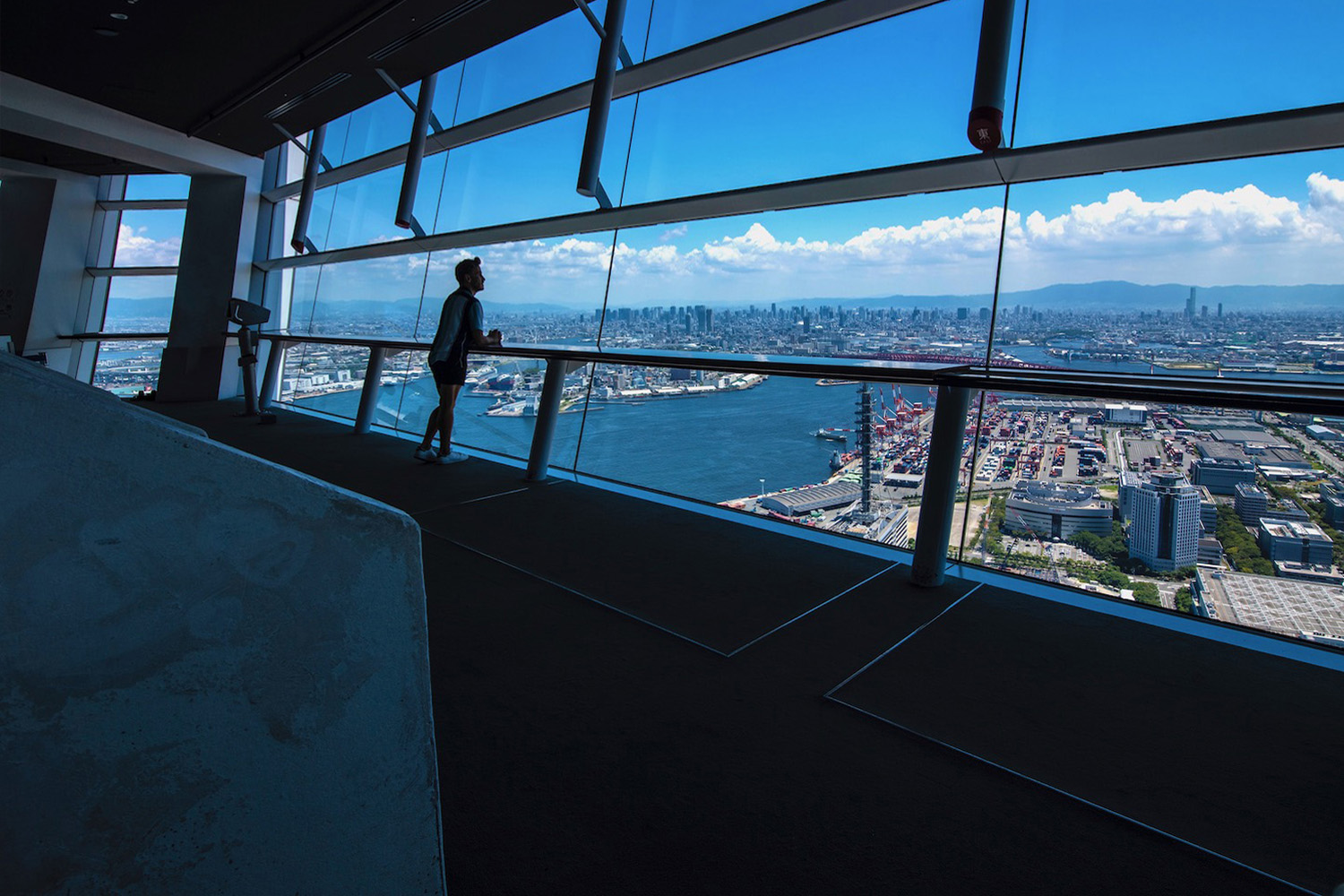
OK, so I’m being a bit dramatic. But the number of things to do in Osaka is simply staggering, far more than you can realistically enjoy a day trip. And this is without even taking into account Kaiyukan Aquarium , Universal Studios Osaka or attractions that sit outside the mold of what you generally expect to experience in Japan.
Nara and Uji
Taking a Nara day trip from Kyoto (or, less commonly Osaka) is an extremely popular choice for travelers, even those on their first trips to Japan. Whether you’re able to see its famous deer under canopies of autumn color or cherry blossoms, or travel any time of the year to enjoy massive wooden structures like Kofuku-ji and Todai-ji any time of year, Japan’s ancient capital (more ancient, in fact, than Kyoto) is definitely worth a visit.

However, whether you visit Nara in autumn or any other time of year, I highly recommend a stop in Uji as well. Located on the JR Nara Line about halfway between Nara and Kyoto, Uji is globally famous for growing some of the best matcha in Japan, but is also home to a number of historical structures, most notably Byodo-in temple, pictured below in my Kansai travel guide.
Among the most underrated day trips from Kyoto is a pair of cities—and castles—along the shores of Lake Biwa , located to the northeast of Kyoto’s city center in Shiga prefecture: Hikone and Nagahama, though I usually like to visit them in the opposite order. Wake up in the early morning and catch a train to Nagahama, whose castle is actually a 20th-century replica.
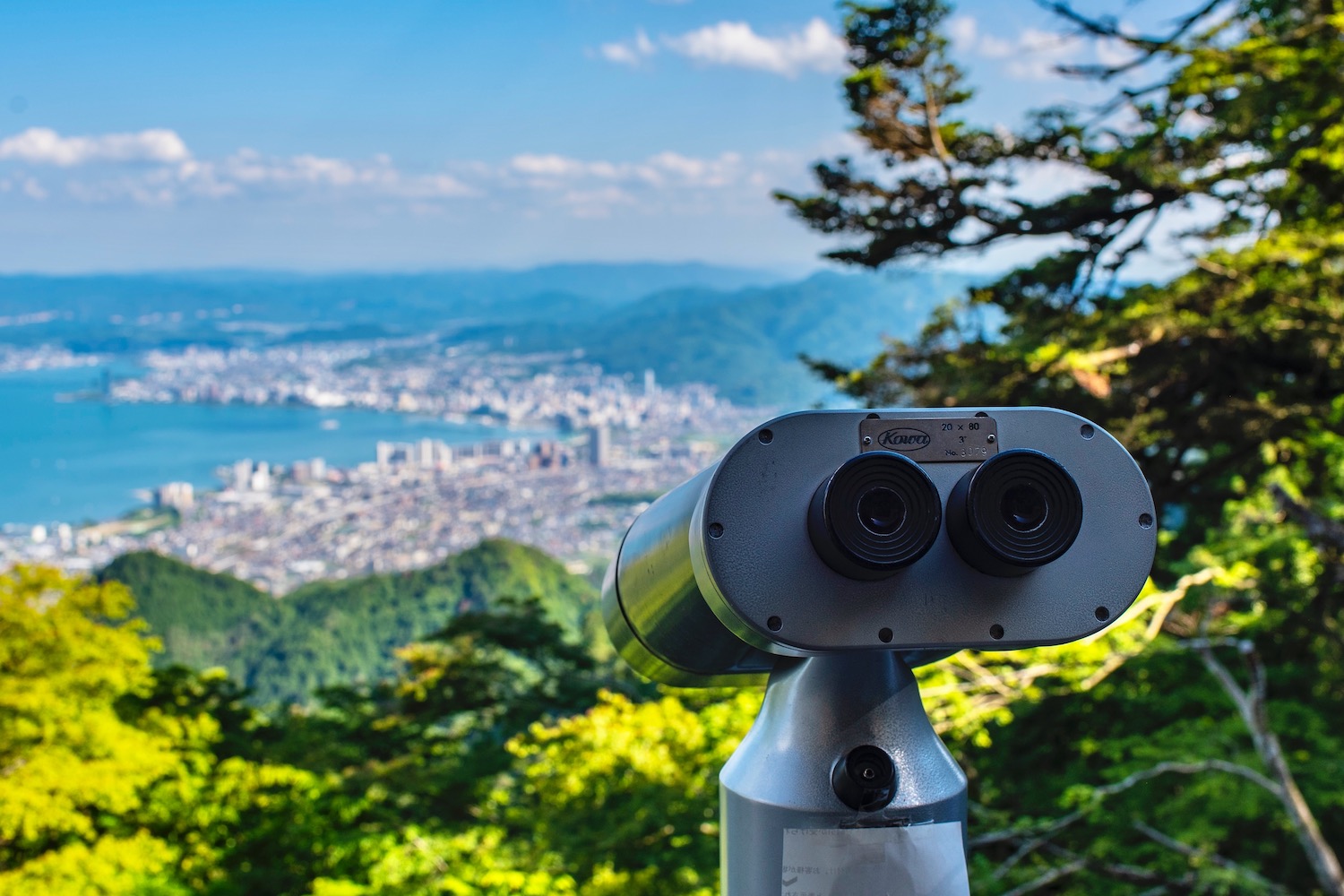
Hikone Castle , meanwhile, is both larger and more impressive, which is why I recommend you see it second. Whether you enjoy panoramic views of the lake from the towering keep of the castle, or traipse through the spacious Genkyu-en garden that sits at its base, this is definitely an excursion that’s well worth taking.
TIP: Lake Biwa’s castles aren’t the only thing to see there! Make sure also to visit the former Samurai district of Omi-hachiman on the south shore, and the “floating” Shirahige Shrine in the west. And take it all in from Enryaku-ji temple, which you can access from central Kyoto!
Mt. Koya and the Kumano Kodo
Curious about how many days to spend in Osaka? Answer this for me: Do you want to take a dusk-til-dawn day trip to Mt. Koya , the holiest mountain in Japan, or do you want to stay in a temple overnight at the top? If you answered the latter, you can spend fewer days in Osaka-proper—or rather, sleep fewer nights there. While Kansai generally commands a high number for an answer to how many days, Osaka won’t necessarily be the same.
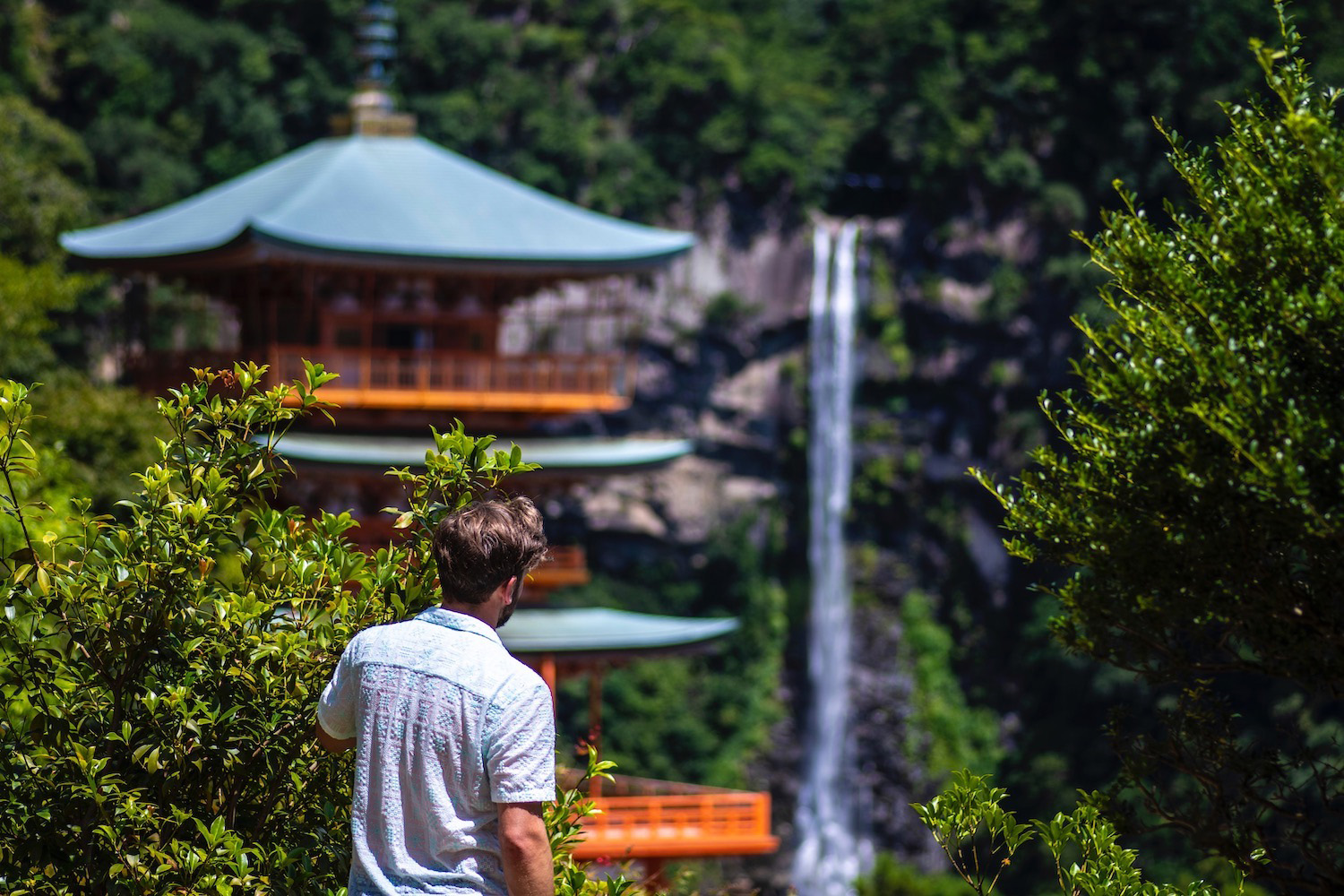
To be sure, Wakayama prefecture (where you find Mt. Koya) isn’t simply about the Koyasan temple stay , the Danjo Garan temple complex or even Okuno-in , the cemetery where Kukai (the eighth-century monk who founded Koyasan town) is buried. Most notably, many travelers spend 2-3 days trekking the Kumano Kodo , which is deservedly one of Japan’s most popular pilgrimage routes.
TIP: Another option after finishing the Kumano Kodo is to head northward, in the direction of Nagoya , to underrated Mie prefecture.
Himeji and Kobe
On one hand, Himeji Castle is probably the most famous of Japan’s 12 “original” castles, and is someplace a majority of travelers visit, irrespective of how many days to spend in Kyoto they decide. On the other hand, taking a day trip to Himeji (which offers little more than the castle, in my opinion) can seem redundant, especially if you’ve visited Osaka’s castle and can’t really tell the difference between them.
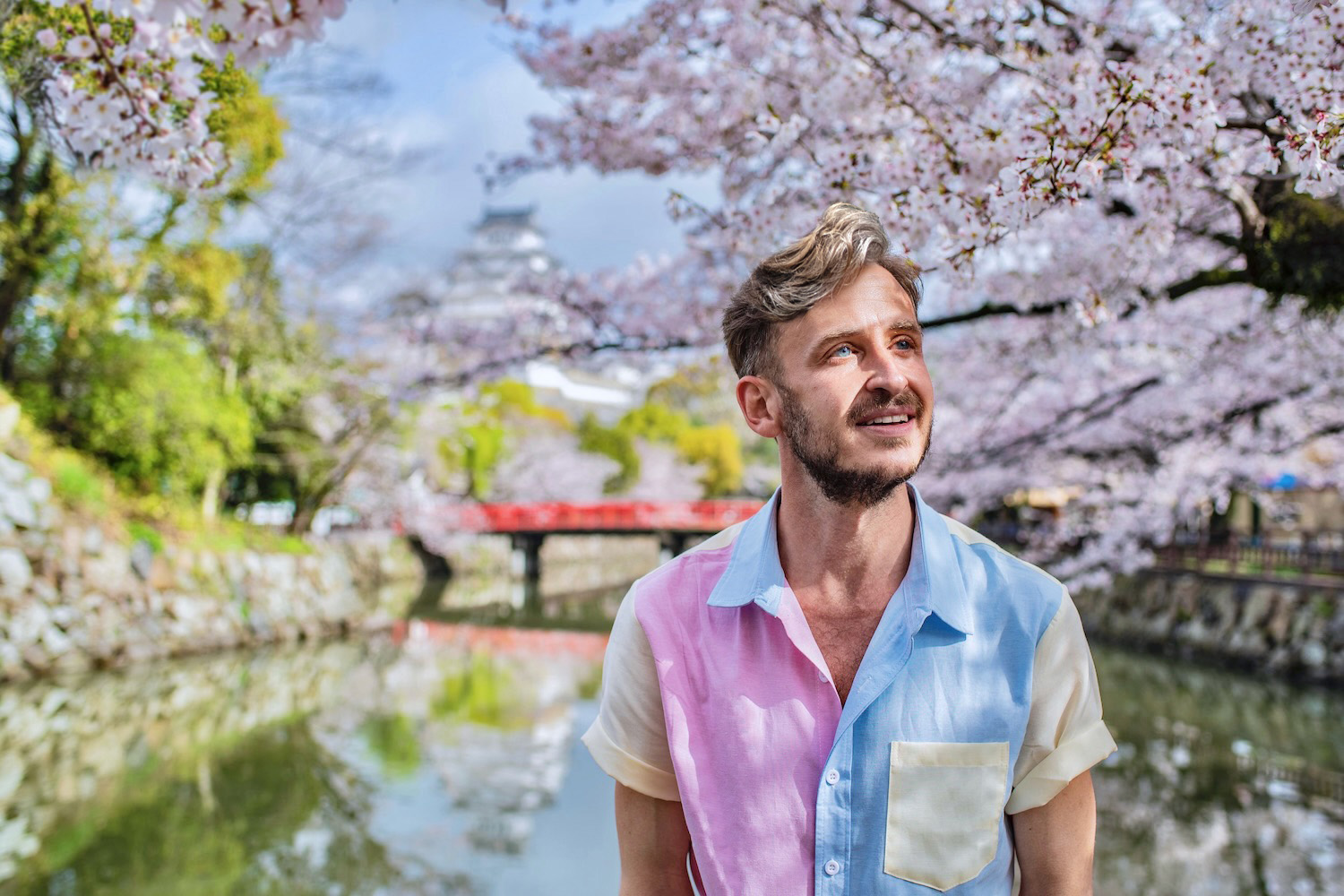
One solution is to take another of the popular day trips from Osaka, which is to the city of Kobe , the prefectural capital of Hyogo . Famous for beef (which is served but not actually farmed here) and, historically, for being one of the places in Japan most welcoming to foreigners), Kobe is definitely an underrated city. In fact, I’d recommend spending a night or two here if you can!
TIP: Want to go off the beaten path from Kobe? Consider a road trip to nearby Awaji Island !
Other Kansai Destinations
Let’s be honest: I’ve already put enough on this Kyoto Osaka itinerary to make the majority of travelers happy. However, there are some other destinations and experiences worth having, especially if you’ve got a lot of time or you’ve been here before. One very scenic place to visit, which is just an hour or so north of Kyoto, is Kyotango , aka “Kyoto by the Sea,” home to the Amanohashidate viewpoint. (I say “just an hour,” but be aware: This will increase the number with which you answer the question “how many days in Osaka and Kyoto?”.)
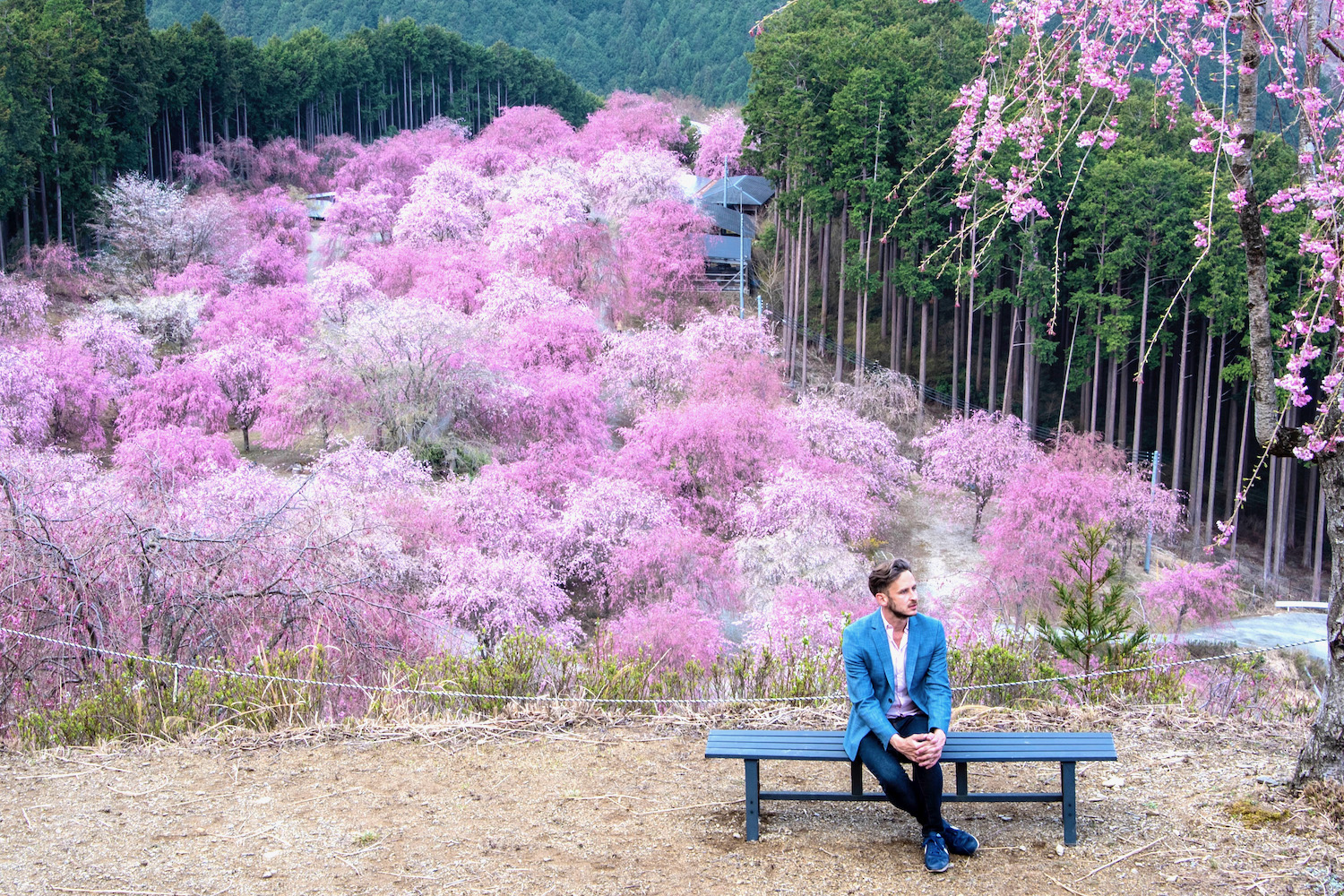
Alternatively, you can head deeper into Wakayama prefecture beyond Mt. Koya, especially if you’re traveling during best time to visit Kyoto (i.e. cherry blossom season). Mt. Yoshino is the namesake mountain of Japan’s most ubiquitous sakura species, and it’s one of the best places in the entire country to see the flowers.
Kansai Itinerary Ideas
5 days in kyoto and osaka.
For the majority of travelers, who have around two weeks in Japan or so, the answer to how many days in Kyoto, Osaka and the Kansai region to spend is simple: Five. Specifically:
- 3 days in Kyoto, including one day trip
- 2 days in Osaka (or even just one day in Osaka ), including one day trip or an optional overnight atop Mt. Koya
Obviously, since Kyoto and Osaka are so close to one another, you can modify this as you see fit. Some travelers, for example, will base themselves completely in one city, and simply commute to the other—it’s how many days to spend in Kyoto or Osaka, not how many days to spend in Kyoto and Osaka.
One Week in Kyoto and Osaka
If, rather than looking for a modern break from traditional Kyoto, you have a serious interest in Osaka, how many days to spend in the Kansai region can rapidly expand. With a week, you’re looking at a trip with the following shape:
- 2 full days in Kyoto
- 2 full days in Osaka
- 2 day trips from whichever base makes sense
- An overnight trip, either to Mt. Koya or the Kumano Kodo
Even in this instance, some travelers will base themselves exclusively in one city, but I personally advise against this. I love waking up in a place, and being able to take to the streets before anyone else—even locals—is on them with me.
2 Weeks in Kyoto and Osaka
For the majority of travelers reading my Kansai itinerary, the question of how many days in Osaka will not even come close to this possibility. However, if you have around two weeks in Kansai (it could be that you’ve been to Japan before and you want to explore Kansai’s nooks and crannies), you can really dig in with this amount of time:
- 3 days in Osaka, with a day trip to Himeji Castle and/or Kobe
- A long weekend trekking Mt. Koya and the Kumano Koya
- 2 nights in Nara, with a day trip to Uji
- 3 days in Kyoto, with a day trip to Lake Biwa
- 1-2 day trips to alternative Kansai destinations like Amanohashidate or Mt. Yoshino
Longer trips to Kansai are especially delightful during certain times of the year—I’ll shed more light on this in just a second, though.
When to Visit Kansai
Whether you seek out Kyoto cherry blossoms , plan to visit Mt. Yoshino or simply want to experience hanami in general, sakura season is probably the most beautiful time to visit Kansai. However, it’s undoubtedly the most crowded, so unless you can make peace with this (or don’t mind waking up every day before the crack of dawn to enjoy other popular sites I’ve described in this Kansai region itinerary without crowds), this might not be the best time to visit Kyoto and Osaka for you.
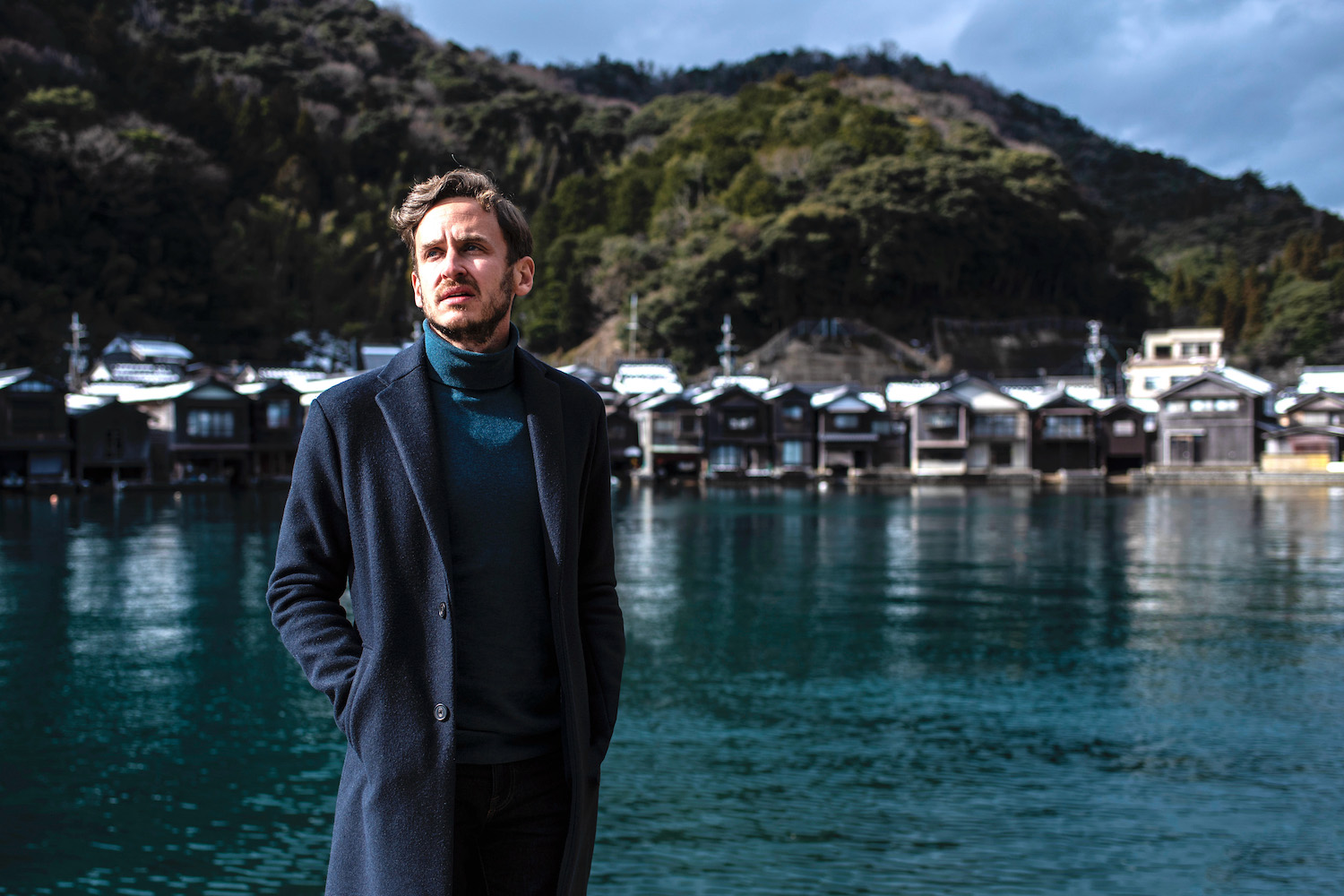
Indeed, while both Kyoto and Osaka in autumn are also spectacular, many of the same pitfalls accompany trips to Japan in autumn as spring ones do. Again, this doesn’t mean either of these popular seasons are “bad”—they’re literally the most beautiful times of year!
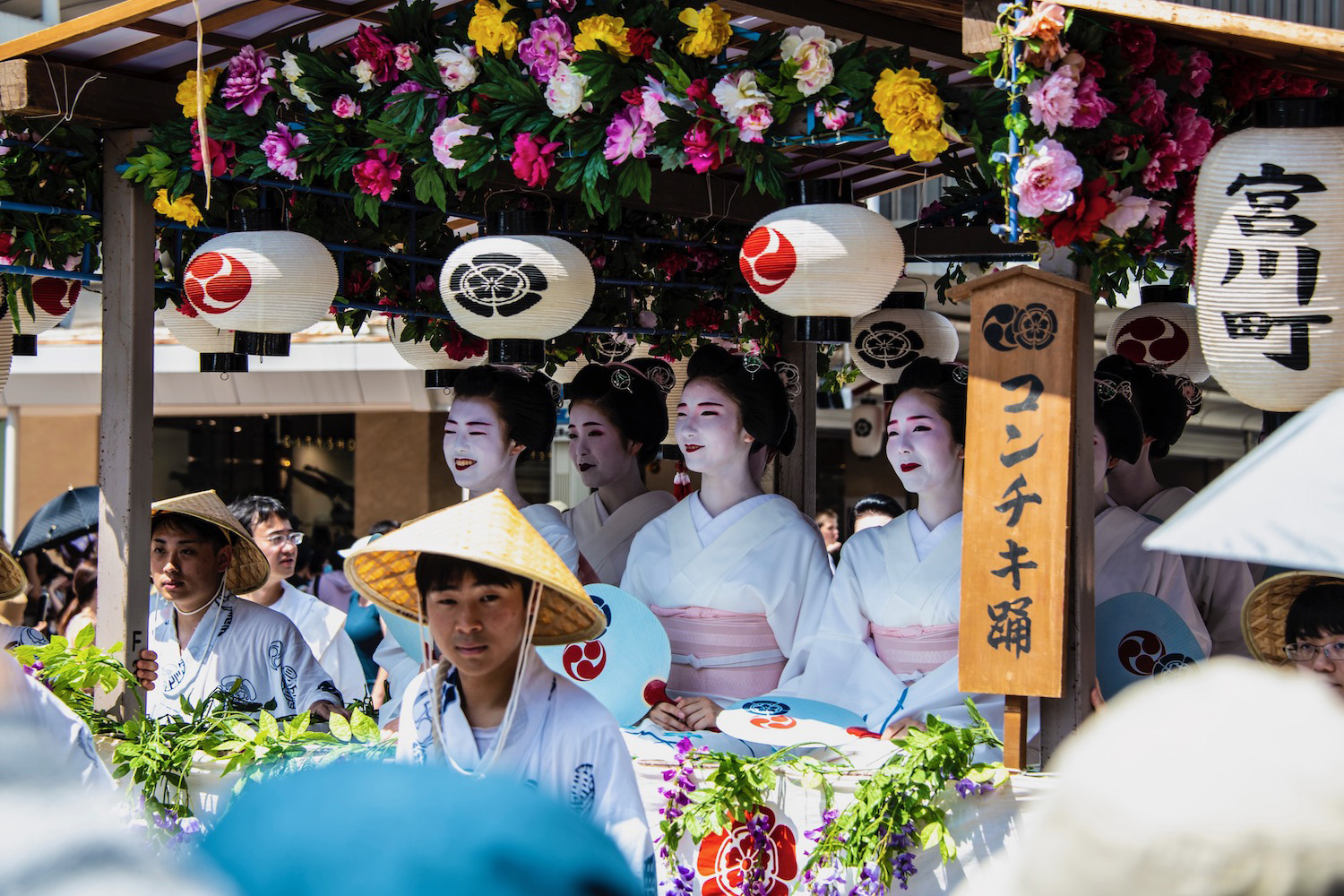
With this being said, if you aren’t set on cherry blossoms or autumn colors, the best time to visit Osaka or Kyoto might be in “off” seasons such as the cold (but rarely snowy) Japanese winter , and the summer , which sees festivals like Kyoto’s Gion Matsuri and Osaka’s Tenjin Matsuri take place.
Where to Stay in the Kansai Region
When planning a trip to Osaka and/or Kyoto, how many days you spend is only the beginning of the conversation. Accommodation is also essential! If you plan to hunker down in one or both of these cities for more than a few days, I recommend selecting a slightly simpler accommodation, since you’ll necessarily be out of your room more. For this purpose, I like Kyoto’s Kyoraku and Uemura ryokans as well as Osaka’s Waqoo Shitaderamachi , a temple stay in a lesser-known (but still centrally-located) district of the city.
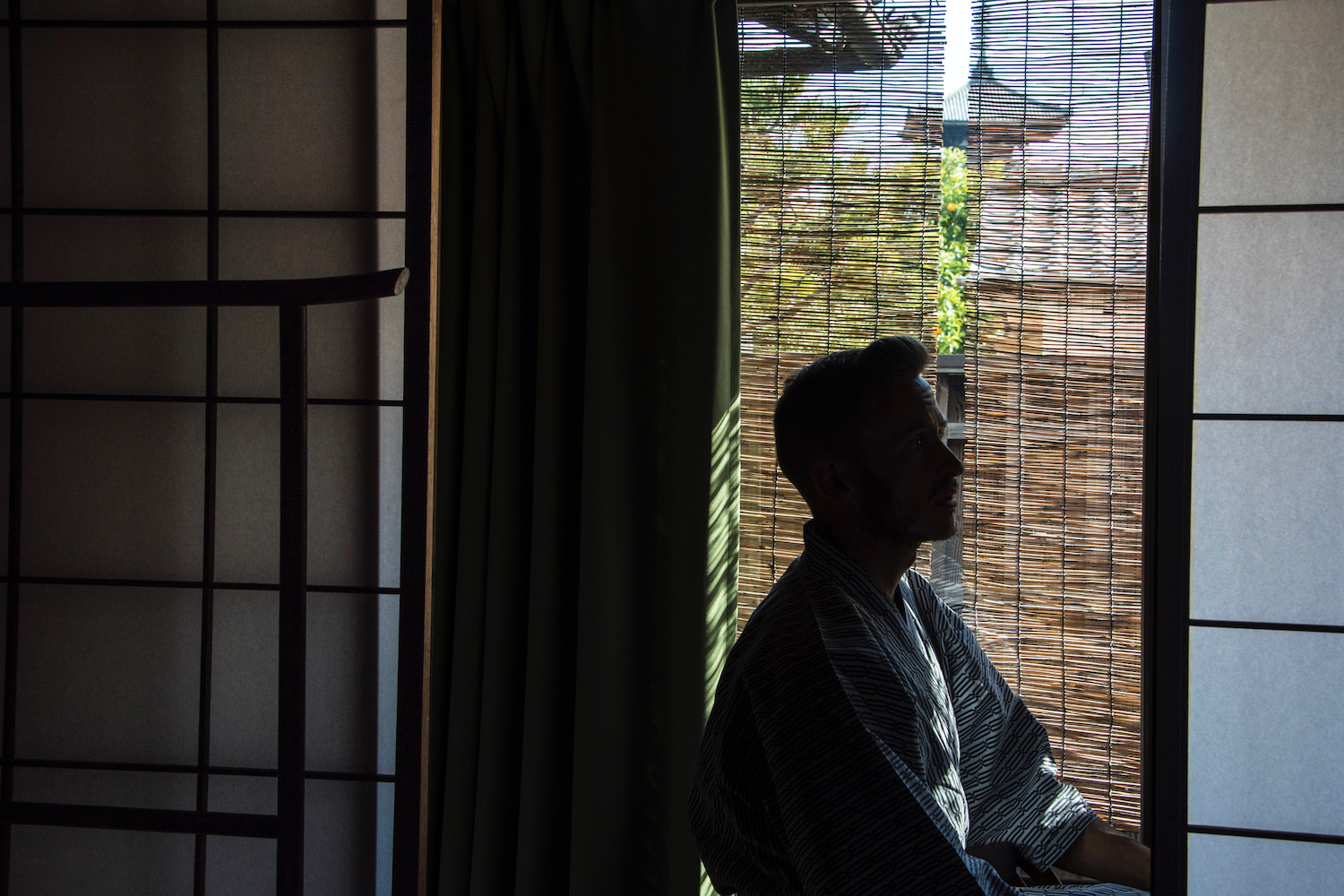
On the other end of the spectrum, a more luxurious hotel or ryokan can help you decide whether to spend more time in Osaka or Kyoto. In Kyoto , both the boutique-style Kyoto Granbell Hotel and the luxurious Gion Hatanaka are great for high-end travelers, while the Conrad Osaka is my favorite five-star hotel in that city. I haven’t forgotten budget travelers, either: Kyoto’s Santiago Guesthouse and Picnic Hostel in Osaka allow you to base yourself in the hubs of Kansai without breaking the bank.
As far as whether to stay in Kansai outside of Kyoto and Osaka, the fact is that the majority of travelers will simply see other destinations in this region as day trips, as I’ve suggested you do within this Kansai itinerary. The most common exceptions to this rule is a Koyasan temple stay , as well as anywhere you might stay along the Kumano Kodo if you decide to do that mystical trek.
Other FAQ About Kansai Travel
How many days do you need in osaka and kyoto.
I recommend splitting seven days between Osaka, Kyoto and peripheral destinations such as Nara, Kobe and Himeji, although you might stay the entire time in one city or another. Rather than specifying how many days in Osaka or Kyoto, I like to think of Kansai as one destination.
How far is Osaka from Kyoto?
Osaka and Kyoto are just 30 minutes from one another by train. This is part of why you can easily visit Osaka no matter how many days in Kyoto you spend, even if it’s just two or three.
Is it better to visit Kyoto or Osaka?
Kyoto is more appealing than Osaka to most travelers, the majority of whom prioritize a visit to the temples of Higashiyama over a stroll down Dotonbori pedestrian street. However, I’ve prepared this Kyoto Osaka itinerary with the assumption (and hope) that you’ll visit both.
So, How Many Days in Kyoto and Osaka Are Ideal?
Thank you for reading my Kansai itinerary! There’s no magic answer to how many days in Osaka to spend, or whether 2, 3 or 5 days is the ideal amount of time to stay in Kyoto. As I’ve tried to explain throughout this post, the best strategy is to inform yourself sufficiently about the top Kansai destinations and experiences, be clear about the priorities of your trip and decide what percentage of your time you want to spend in this region—25-50% is usually a good rule of thumb. Of course, if you find the prospect of planning your own Kansai adventure too daunting, you can always commission a custom Japan itinerary .
Plan Your Japan Trip

Subscribe to email updates!
Words, images and design ©2018-2024 Robert Schrader, All rights reserved. Read Privacy Policy or view sitemap .
- Media & Industry
- Meetings & Events
- Select Language 简体中文 繁體中文(香港) 繁體中文(臺灣) India (English) Bahasa Indonesia 한국어 ภาษาไทย Tiếng Việt Singapore (English) Philippines (English) Malaysia (English) Australia/New Zealand (English) Français Deutsch Italiano Español United Kingdom (English) Nordic countries(English) Canada (English) Canada (Français) United States (English) Mexico (español) Português العربية Japan(日本語) Global (English)
- India (English)
- Bahasa Indonesia
- Singapore (English)
- Philippines (English)
- Malaysia (English)
- Australia/New Zealand (English)
- United Kingdom (English)
- Nordic countries(English)
- Canada (English)
- Canada (Français)
- United States (English)
- Mexico (español)
- Global (English)
- Fujiyoshida
- Shimonoseki
- Ishigaki Island
- Miyako Island
- Kerama Island
- Tokyo Island
- Koka & Shigaraki
- Hida Takayama
- Ginza, Nihonbashi
- Beppu & Yufuin (Onsen)
- Ginzan Onsen
- Nagasaki Islands

- Kumano Kodo
- Shikoku Karst
- Amami Oshima
- Hachimantai
- Omihachiman
- Aizuwakamatsu

- Diving in Japan
- Skiing in Japan
- Seasonal Flowers in Japan
- Sustainable Outdoors
- Off the Beaten Track in Japan
- Scenic Spots
- World Heritage
- Home Stays & Farm Stays

- Japanese Gardens
- Japanese Crafts
- Temple Stays
- Heritage Stays
- Festivals and Events
- Theater in Japan
- Japanese Tea Ceremony
- Cultural Experiences in Japan
- Culture in Japan

- Local Cuisine Eastern Japan
- Local Cuisine Western Japan
- Local Street Food
- Japan's Local Ekiben
- Japanese Whisky
- Vegetarian and Vegan Guide
- Sushi in Japan Guide
- Japanese Sake Breweries

- Art Museums
- Architecture
- Performing Arts
- Art Festivals
- Japanese Anime and Comics
- Japanese Ceramics
- Local Crafts

- Scenic Night Views
- Natural Wonders
- Theme Parks
- Samurai & Ninja
- Iconic Architecture

- Wellness Travel in Japan
- Japanese Ryokan Guide
- A Guide to Stargazing in Japan
- Relaxation in Japan
- Forest Bathing (Shinrin-yoku)

- Experiences in Japan
- Enjoy my Japan
- National Parks
- Japan's Local Treasures
- Japan Heritage
- Snow Like No Other
- Wonder Around Japan

- Visa Information
- Getting to Japan
- Airport Access
- COVID-19: Practical Information for Traveling to Japan
- Anime Tourism
- Countryside Stays
- Accessible Tourism
- Hokkaido Great Outdoors
- Scenic World Heritage in Tohoku
- Shikoku’s Nature and Traditions
- Southern Kyushu by Rail

- Traveling by Rail
- How to Travel by Train and Bus
- JR Rail Passes
- Scenic Railways
- Renting a Car
- Sustainable Travel in Japan
- Travel Brochures
- Useful Apps
- Online Reservation Sites
- Eco-friendly Accommodation
- Luxury Accommodations
- Traveling With a Disability
- Hands-free Travel
- How to Book a Certified Tour Guide
- Volunteer Guides
- Tourist Information Center

- Japanese Manners
- Spring in Japan
- Summer in Japan
- Autumn in Japan
- Winter in Japan
- Cherry Blossom Forecast
- Autumn Leaves Forecast

- Japan Visitor Hotline
- Travel Insurance in Japan
- Japan Safe Travel Information
- Accessibility in Japan
- Vegetarian Guide
- Muslim Travelers
- Safety Tips

- JAPAN Monthly Web Magazine
- Arts & Cultures
- Nature & Outdoor
- Festivals & Events
- Insider Blog
- Things to do
- Local Guides
- Food & drink
- Traditional
- Hokuriku Shinetsu

My Favorites
${v.desc | trunc(25)}
Planning a Trip to Japan?
Share your travel photos with us by hashtagging your images with #visitjapanjp
DESTINATION Kansai
- Destinations
There are many things to do in the Kansai region. Experience fantastic nightlife, peaceful temples and shrines, and soul-searching pilgrimages
Kansai is Japan's spiritual and cultural capital, shaped by towering Osaka and Himeji castles, Zen gardens and arduous journeys to enlightenment. The nation's ancient capitals of Kyoto and Nara are filled with cultural and historical sites, while Koyasan in Wakayama has been a religious destination for centuries. Nearby, you can revel in the raucous nightlife of Osaka's entertainment districts and take in panoramic views of the Kobe cityscape.
- The beauty and tranquility of Koyasan and the Kumano Kodo trails in Wakayama
- Nara's UNESCO World Heritage sites
- Osaka's piping-hot takoyaki—fried balls of batter stuffed with octopus
- The peaceful waters of Japan's largest lake, Lake Biwa, in Shiga
Recommended for You
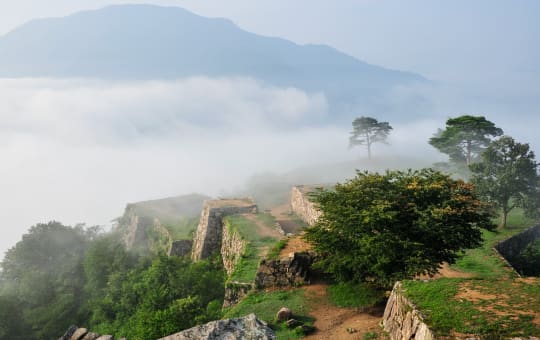
Related Links
Explore kansai by prefecture, regional highlights.
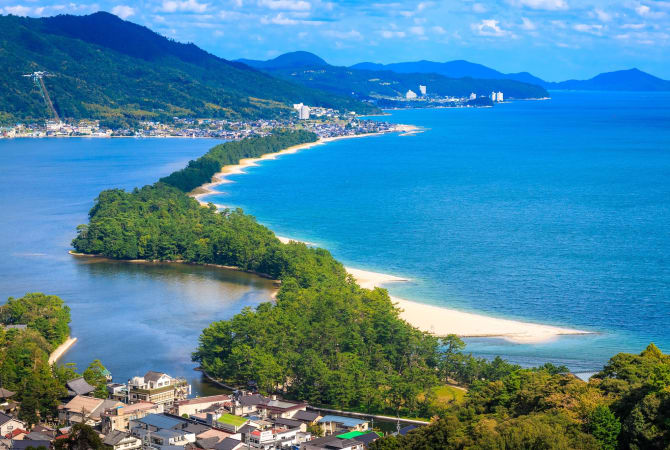
Popular Events
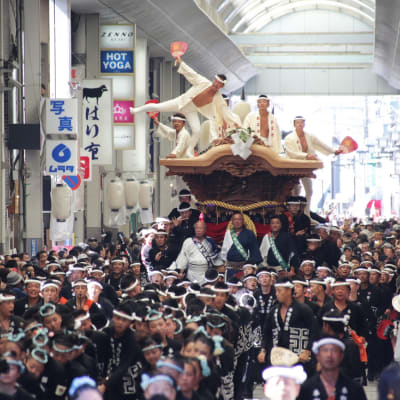
Explore Other Regions
Please Choose Your Language
Browse the JNTO site in one of multiple languages
有限会社ツーリストカンサイ
〒579-8053 大阪府東大阪市四条町1-3 (近鉄瓢箪山駅 徒歩4分)
平日 18:00 まで ※土日・祝日は休業
4月~第1・第3土曜日のみ10:00-15:00営業
『まいぷれ東大阪』は、この街で暮らす地域情報サイトです。 弊社が、運営管理しております。
お問合せ・ご相談はお気軽に
お問合せフォームはこちら
↑海外旅行保険の申し込みはこちらから
現在、お客様をお待たせすることが多くなっております。弊社では、ご予約の方を優先的にご対応させていただこうと思っておりますので
今後はご来店前にお電話でご予約をしていただきお越しいただければ幸いです。どうぞよろしくお願いいたします。
当店実施している新型コロナウイルス対策
- 新型コロナウイルス感染拡大予防策として、スタッフの接客時のマスクの着用・手洗いとうがいの徹底と健康管理の励行
- 接触感染対策として、除菌消毒液でのドアノブなどのアルコール消毒の励行
- 店内接客カウンターでは、ペット樹脂パネルシールドをご準備させていただき、接客させていただいております。
- 店内24時間プラズマクラスター(イオン)NEXT空気清浄機が稼働してパワフルに空気を浄化しております。
東大阪市瓢箪山の旅行会社・旅行代理店 有限会社ツーリストカンサイ
大阪で旅行会社・旅行代理店をお探しなら、東大阪市瓢箪山の有限会社ツーリストカンサイへどうぞ。
当社は、お客様に合わせた旅行プランの作成はもちろん信頼度の高い旅行商品をご案内させていただきます。また、迅速な海外航空券の手配、ホテル手配・予約など、あらゆる旅行相談窓口としてご利用ください。旅行業務歴の長い、豊富な知識のスタッフが、お客さまの楽しい旅をサポートします。
JTBや日本旅行、東武トップツアーズ、沖縄ツーリスト、スカイツアーズなどの取次ぎ窓口となり地域密着型の旅行代理店としてご利用いただいております。
大阪府内をはじめ、兵庫、京都、奈良、三重、和歌山、石川県など遠くのお客さまにもご利用いただいております。
皆様のお役に立てる旅行会社として、心をこめてご対応させていただきます。
どうぞお気軽にお問合せください
丁寧・親身なスタッフ対応
旅行業歴20年以上、弊社専任スタッフのお客様ファンが多く、毎日のようにお土産を買ってきてくださるほど愛されるスタッフです。
お客様対応も抜群の経験を持ち、高い評価を受けています。
旅行業歴20年以上、バスガイドと添乗員の経験を持っていますので、旅行先へは幾度も足を運んでおります。
現地情報やアプローチの仕方などお客様へのご案内はしっかりとご提供出来ます。
迅速な海外航空券の手配及びホテル手配
海外航空券の手配歴30年以上。海外渡航の手配及びホテルの手配、及び個人のオーダーメイドの海外旅行が専門です。
お客様が求めるプランを相談から始まり、形にするまでをスピーディーにご案内可能です。

個人( ファミリー )旅行プラン
ご家族で想い出作りのご旅行に出かけませんか?ご心配ごとやあらゆるご要望にお応えいたします例えば『子供が小学生だけど、近くに遊べるところはないかな?』『三世代で旅行を予定しているけど家族みんなが喜ぶホテルはどこ?』『なんと言っても美味しい料理といい温泉に行きたい』・
小グループの方もお気軽にご相談ください。ゴルフコンペ、宴会時のコンパニオンの手配も承ります。『どこへ行っていいかわからない』と言われるお客様のためにも豊富なコースをご用意しております。また、昼食の手配も幹事様に代わってお手配させていただきますので、ご安心ください。
貸し切りバス旅行の相談窓口
旅行業務歴20年以上のスタッフが窓口対応いたします。旅行経験も豊富で旅行先のこともよく知っているので、お客様に合わせたより良い旅行プランを作成しご提案させていただきます。また、ご旅行中のハプニングに対しても迅速にご対応いたします。まずは、ご相談ください。
「結婚記念日、古希、米寿のお祝い、お誕生日・ご入学、ご卒業、退職・・・一生に一度の記念日に大切な方へのサプライズはいかがですか?事前にホテルときめ細かく打ち合わせをさせていただきご希望の演出のお手伝いをさせていただきます。
『一人旅』といえば、女性のひとり旅というイメージですが最近では、学生さんから退職後にシニアの男性の方まで幅広いブームになっております私どもの店舗でも、リピーターの数多いコースです。店舗に並んでいるパンフレットでは、通常2名様からのお申込みになっているので・・・・・
日本全国の出張の手配を承ります。交通機関も新幹線から飛行機(LCCも可)まで豊富なバリエーションをご用意しております。また、急な出張、人気アイドルのライブでお困りになったことはないですか?東京都心や福岡博多の繁華街などホテル代も交通費も驚くほど高く、中々予約が・・・
「突然海外に行く用事が出来た場合、航空券をどのように手配すればよいのかこまりますね。ネットで探してとる方法も色々ございますが、サイトがありすぎてどのサイトで取ればいいのか、またこれでいいのかどうかと迷うかと思います。そんなときは是非ご相談ください。実は・・・・・
- 海外旅行オーダーメイドの旅
最安値での海外航空券と利便性の高いホテルの組み合せ、現地発のオプショナルツアー申し込み、ガイド手配などお客様のご希望に応じた旅行をお客様に代わって手配させていただきます。 多大な時間をかけて、慣れないサイトで航空券やホテルを検索して、結局どれが良いのかわからなくなるのが現状だと思います。そこで・・・・・
丁寧な対応で大満足です
ツーリストカンサイさんには丁寧に対応していただき、大満足です。
次の機会があれば、また有限会社ツーリストカンサイさんにお願いしたいと思っています。
たいへんお世話になりました。ありがとうございました!
ツーリストカンサイさんのサービスは、友人にもぜひお勧めしたいです。今後ともよろしくお願いします。
他社と有限会社ツーリストカンサイを比較した結果、選んでくださった事例です。
サービスを利用された事例について、詳しくご紹介します。
なぜ有限会社ツーリストカンサイを選ばれたのか、その理由と結果をご紹介します。
お役立ち情報をご紹介します。ぜひご一読ください。
JTB予約・在庫サイト
お土産・宅配・旅行用品
この商品は、海外オプショナルツアー主催のマイバスとお客様の直接予約契約となります。 弊社ではお取り扱い出来ない商品になりますので予めご了承ください。
こちらの商品は、弊社で予約可能商品です。 尚、こちらからご予約した場合は、JTBとの直接予約契約となりますので、その場合は弊社ではサポート出来かねますので予めご了承ください。
こちらの商品は、弊社で予約可能商品です 。尚、こちらからご予約した場合は、JTBとの直接予約契約となりますので、その場合は弊社ではサポート出来かねますので予めご了承ください。
お隣は現在、マルシンさんから自転車屋さんに変わっております。
〒579-8053 大阪府東大阪市四条町1-3
近鉄瓢箪山駅 徒歩4分
お問合せ・ご相談はこちら
お電話でのお問合せはこちら
※土・日・祝日は休業させていただきます。
メールでのお問合せは24時間受け付けております。お気軽にご連絡ください。
- 海外格安航空券ご予約の流れ
- JTB直接予約&在庫サイト
- 安くて内容の良い商品をチョイスするコツ
- 本当にお得ですか?ネット予約
ログイン(あきばれホームページ)
- WordPress.org
- Documentation

5 Must-See Kansai Area Attractions - Recommended By 167 Foreign Visitors!
Osaka, Kyoto, and Nara - three major cities found in the Kansai area - are among the more popular destinations foreign tourists love to visit. As part of the Destination Kansai project, the Kansai Bureau of Economy, Trade and Industry conducted a survey with 167 foreign residents and compiled a list of exciting must-visit Kansai area attractions that will no doubt interest anyone planning for a trip to the region, and we've arranged these places into a convenient ranking list for your quick reference! Main image: Dan Good Travel / Shutterstock.com
1. World Heritage Site Kinkaku-ji
2. world heritage site tōdai-ji, 3. kiyomizu-dera temple, 4. osaka castle, 5. osaka's minami area.
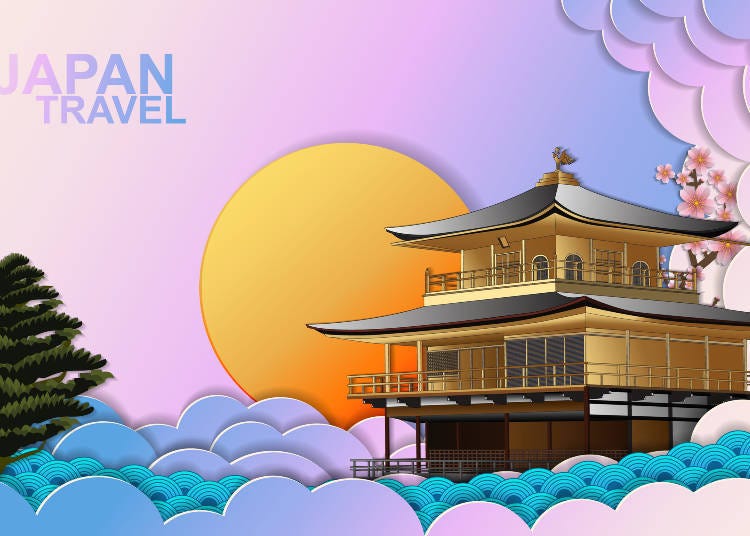
You can't miss the classic Kinkaku-ji if you're visiting Kyoto. This beautiful temple was designated a Historic Monument of Ancient Kyoto in the year 1994 and is also a registered UNESCO World Heritage Site . Its official name is Rokuon-ji, which means "deer garden temple ". Kinkaku-ji is considered one of Shōkoku-ji's sub- temples alongside Ginkaku-ji, another famous historic building in Kyoto. The building was originally bought over by Ashikaga Yoshimitsu, a shōgun from the Kamakura period of Japan (1185 to 1333 C.E.) from one of his court nobles. The shogun then built up the place as Kitayama -dono villa, with a reliquary hall called Kinkaku at its center. The Kinkaku hall, overlaid with beautiful gold leaf covering, was so impressive that the temple came to be more commonly known as Kinkaku-ji, which means "golden pavilion temple ", instead of its official name. Whipping out a camera to take a commemorative shot of the beautiful three-storied golden pavilion reflected on the surface of the surrounding Kyoko Pond is a regular activity many impressed tourists will immediately do upon reaching the location - and really, who can blame them? Some locations around the temple , such as Hojo (only open during special timings) or the Rikushunomatsu, one of Kyoto's three famous pine tree scenes, are worth a closer inspection as well.

- Address 1, Kinkakujicho, Kita-ku, Kyoto-shi, Kyoto, 603-8361 View Map
- Nearest Station Kitanohakubaicho Station (Keifuku Dentetsu-kitano Line) 20 minutes on foot
- Phone Number 075-461-0013
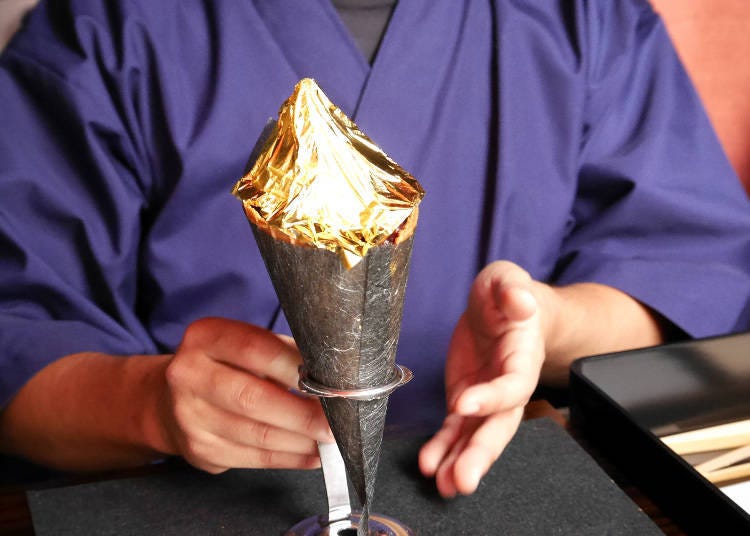
To immerse yourself fully in the Kinkaku-ji atmosphere, try out the Kinkaku Soft Serve Ice-Cream that's as Instagrammable as it's tasty. Food-grade gold leaf is sprinkled on top of the ice cream for a final glamorous touch, making it look like your personal, edible version of the beautiful temple ! Choose from two flavors - fresh milk cream vanilla or matcha and three types of Kyoto snacks to go along with your gold leaf-covered soft-serve ice cream for the best impact on both your eyes and tummy! The shop offering this tasty treat is only a 1-minute walk from Kinkaku-ji, so definitely consider dropping by on the way there or back.
- Address 33 Kinugasa Kitatenjinmoricho, Kita-ku, Kyoto, 603-8376
Hours: 11:00 a.m. -- 5:00 p.m.
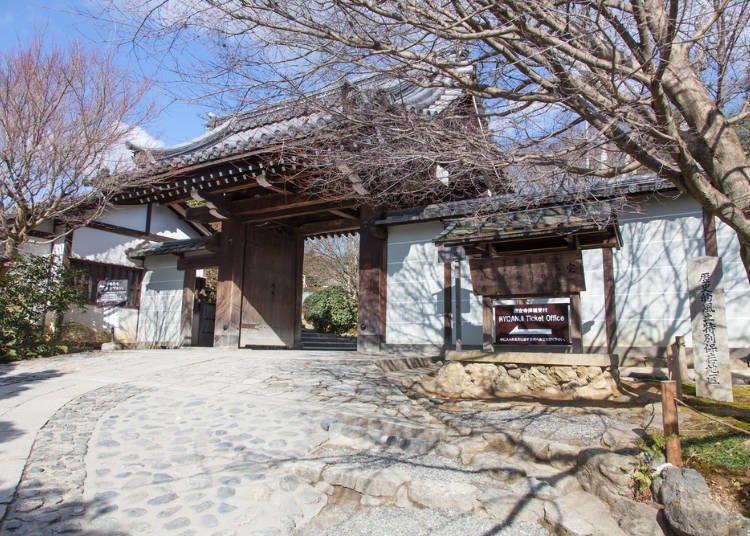
If taking in the sights at a leisurely pace is your type of activity, then you can do no better than to walk down Kinukake Path, a sightseeing pavement that connects Kinkaku-ji, Ryōan-ji, and Ninna-ji, all UNESCO World Heritage Sites . It's the simplest and perhaps most efficient way to enjoy all three temples at your own pace. Ryōan-ji is a well-known temple among international visitors for its solemn and serene karesansui , or dry landscape Rock Garden . Located an accessible 18-minute walk away from Kinkaku-ji, it's another building we highly recommend you consider visiting. From Ryōan-ji, Ninna-ji is about an 11-minute walk away. Enjoy the seasonal sights around you as you stroll down this peaceful path designed to make you feel closer to nature .
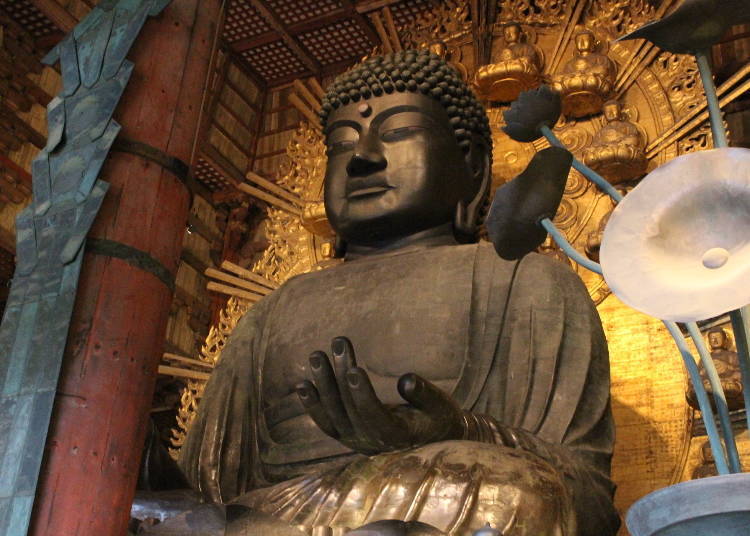
You haven't visited Nara if you haven't visited Tōdai-ji, located right within Nara Park itself. Tōdai-ji was designated as a Historic Monument of Ancient Nara in the year 1998 and is also registered as a UNESCO World Heritage Site . Why is Tōdai-ji such an important landmark for Nara ? This is where the large Buddha statue of Nara rests, after all. The monolithic statue looms at a height of 14.98 meters, or about 50 feet and is a familiar sight to not just local Japanese, but tourists from overseas as well. Its face alone is 3.2 meters, or about 10 feet wide! The statue was made by Emperor Shōmu during the Nara period (710 to 794 C.E.), for the purpose of bringing happiness to the people of the land through the teachings of Buddhism. There are many buildings of historic and cultural interest in the wide and spacious temple grounds of Tōdai-ji, other than the hall containing the large Buddha statue, such as Hokkedō (Sangatsudō) and Kaidandō, Nigatsudō that's known for holding the Shunie Ceremony (water ceremony), and a building that contains cultural assets and national treasures. You can also see plenty of cultural assets like Buddha statues that are considered national treasures at the Tōdai-ji museum . This will be an interesting and enriching trip that you won't regret making!
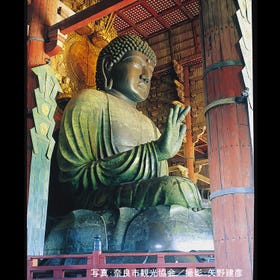
- Address 406-1, Zoshicho, Nara-shi, Nara, 630-8587 View Map
- Nearest Station Kintetsunara Station (Kintetsu-nara Line) 20 minutes on foot
- Phone Number 0742-22-5511
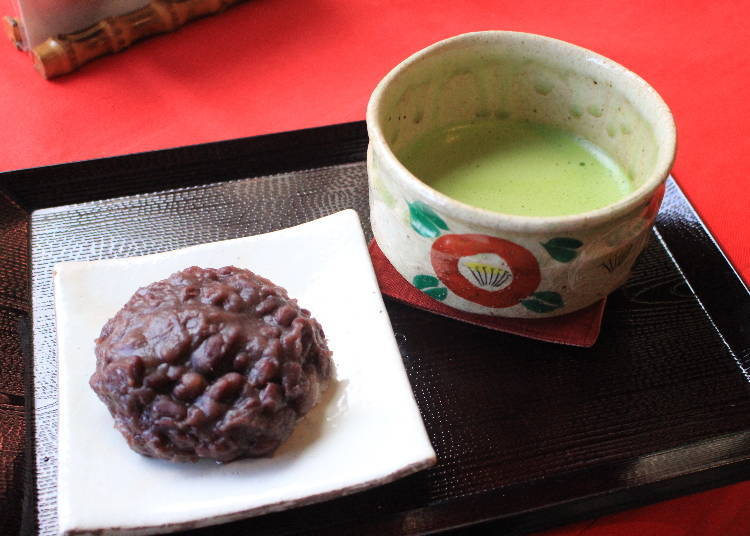
After that intense temple tour, you may wish to rest up a bit at Ryūbidō in Nigatsudō. Here, homemade ohagi (Japanese confectionery stuffed with red bean filling) and warabimochi (starch jelly covered in soybean flour) are being sold alongside delicious traditional matcha. The visually pleasing parfait dessert and summer -only kakigōri (shaved ice) served in cute-looking utensils will also lift your spirits! Since the exclusive Buddhist miso is only available here, consider buying some back as a souvenir.
- Address Todaiji Nigatsudominami chadokoro, Zoshicho, Nara, 630-8211
- Phone Number 0742-23-6285
Hours: 9:00 a.m. -- 5:00 p.m. Closed: Not fixed
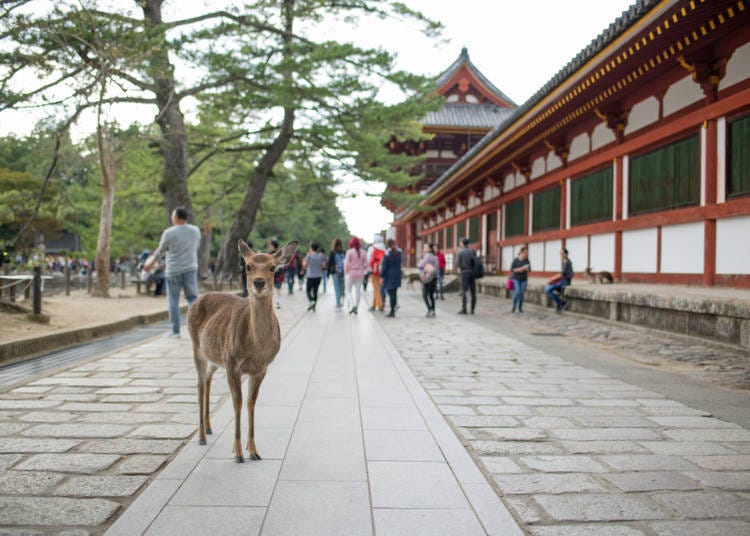
Tōdai-ji is about 4 to 10 minutes by Nara City Loop Bus #2 from Nara Station on the JR Lines or Kintetsu Line. It takes about 20 minutes to reach by foot from the station, so that's an option you can consider taking as well. The fun part about walking to Tōdai-ji is that you're bound to encounter some of Nara 's famous deer along the way! Around the vicinity are other World Heritage Sites or Historic Monuments of Ancient Nara , such as Kasuga Shrine , Nara 's iconic Kōfuku-ji where you can see the Five Storied Pagoda, a national treasure of Japan, and the Nara National Museum where various art pieces related to Buddhism are being stored.

The world famous Kiyomizu-dera Temple can be said to be the face of Kyoto's tourism industry, and an astounding amount of visitors from overseas flock to this historic temple annually. Kiyomizu-dera was established about 1,200 years ago as a sanctuary of Avalokiteśvara, the Goddess of Mercy, or Kannon as she's more commonly known in Japan. The main hall is considered a national treasure and was built using an ancient traditional Japanese construction method known as gakedukuri, which means "cliff construction". As the name suggests, this technology helped builders to construct buildings in places with steep slopes or steps. The southern edge of the canopied flooring on the main hall is a platform that stands about 13 meters, or 42 feet above the ground beneath it. It is the origin of the traditional Japanese saying, "To leap off the the platform of Kiyomizu," indicating a person's resolve to do something and face the consequences, whether good or bad. Another common impression many foreigners have of Kiyomizu-dera is the Otowa Waterfall of clean and pristine waters. In fact, this is where the name of the temple , Kiyomizu, which means "clear waters" come from. The three streams are said to shower blessings of longevity, academic success, and success in relationships to temple visitors.
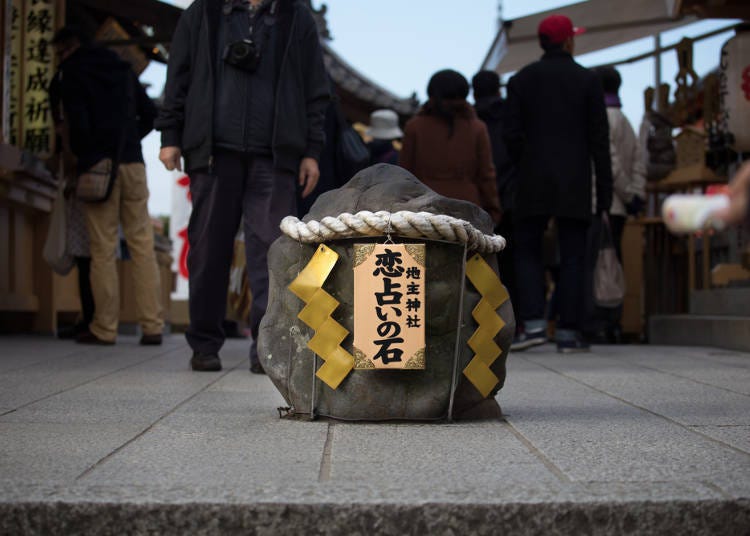
Jishu Shrine at the back of the main hall is a must-see building for visitors of Kiyomizu-dera as well. This historic building is where the god of romantic relationships is said to be enshrined. There are two Love Fortune-Telling Stones on the shrine premises known to be powerful spiritual spots. Rumor has it that if you can reach the other stone from one while walking between them with your eyes closed, your romantic relationship will in turn see success!
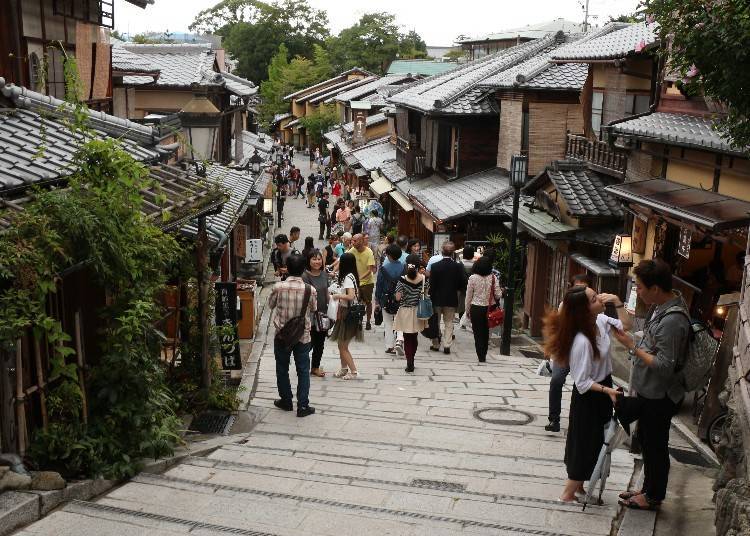
Nearby, you'll also find a pathway made of stone steps and cobblestones called Ninenzaka or Sanneizaka that leads towards the temple , with shops and booths selling various food and items located on both sides. Head north on this path to reach Nene-no-Michi and Ishibe-Koji Alley at the west side of Kōdai-ji Temple , a building affiliated with Nene, the legal wife of Toyotomi Hideyoshi, a Japanese feudal lord regarded as one of the key individuals who helped unify Japan during the warring period. Go even farther north from here to get to Yasaka Shrine , where the famous Gion Festival is held annually. This entire journey will only take about 20 minutes on foot from Kiyomizu-dera, so there's no harm in giving it a go!
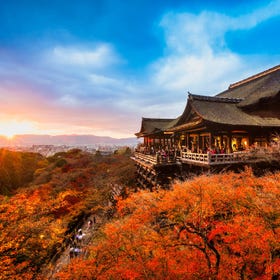
- Address 1-294 Kiyomizu, Higashiyama-ku, Kyoto City, Kyoto Prefecture, 605-0862 View Map
- Nearest Station Gionshijo Station (Keihan Line) 25 minutes on foot
- Phone Number 075-551-1234

Located right in the middle of Osaka City, Osaka Castle Main Keep is easy to reach and therefore a regular destination for many tourists looking to enjoy what Osaka itself has to offer. According to a publication by Kojodan, an online service that provides comprehensive information about castles in Japan, Osaka Castle has been the most visited castle among local Japanese tourists for three consecutive years since 2017! Of course, the castle is wildly popular among overseas visitors as well. Toyotomi Hideyoshi, the feudal lord mentioned earlier, begun construction of the castle in 1583 and completed the main keep two years later. Since its establishment, the castle has been burned down twice and the current main keep is a 1931 reconstruction of the original. Furthermore, the castle underwent a major three-year renovation in 1995. The five-tiered and eight-storied main keep is where you can learn more about Toyotomi Hideyoshi's history and see items related to him and the era he lived in through a number of permanent and special exhibitions. The observatory deck on the eighth floor is also a great place to enjoy a panoramic view of Osaka City in its entirety. Pamphlets with more information are available in English, Simplified Chinese, Traditional Chinese, and Korean.
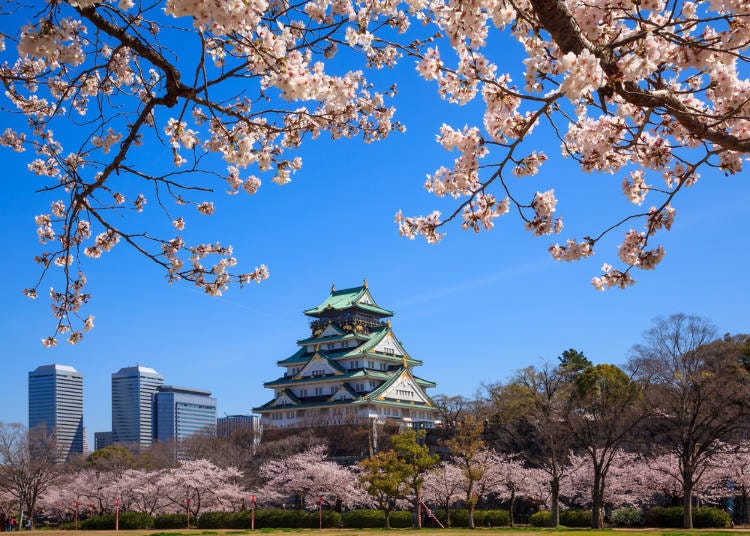
The main keep of the castle is surrounded by Osaka Castle Park , a large municipal park covering an area of more than 100 hectares in all. Scattered about within this spacious park are 13 Important Cultural Properties of Japan such as the Otemon Gate. The place is also a well-known sakura viewing spot during spring , especially at the beautiful Nishinomaru Garden , Plum Garden , and Peach Garden . Near Osakajokoen Station is the Jo-Terrace Osaka building where you can have a taste of delicious local soul food such as takoyaki (octopus balls) and okonomiyaki (Japanese pancake).
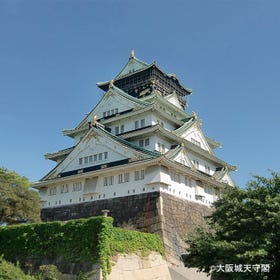
- Address 1-1, Osakajo, Chuo-ku, Osaka-shi, Osaka, 540-0002 View Map
- Nearest Station Osakajokoen Station (JR Osaka Loop Line)
- Phone Number 06-6941-3044
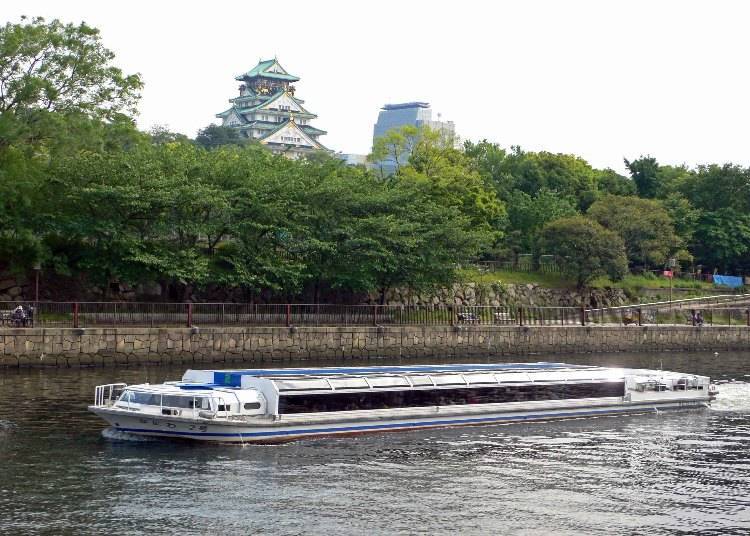
Ready for something unconventional? Hop on the aqua-bus Aqualiner to catch a glimpse of the dynamic Osaka City from atop its water surfaces! The aqua-bus can be boarded from Osakajo Pier and will take guests on an approximately 55-minutes sightseeing tour, featuring popular sights like the Osaka City Central Public Hall, Japan Mint, as well as other famous buildings, ancient ruins , and the general cityscape of Osaka City. Don't worry if you're strapped for time - you have the option of getting off halfway at the Yodoyabashi Pier, Hachikenyahama Pier, or other stops along the way. In fact, you can even use the aqua-bus as a connecting mode of transportation if you like! Tickets for the aqua-bus are available as a set with the Osaka Castle as well, except during peak visitor season .
- Address Osakajo pier 2 Osakajo, chuo-ku, Osaka, 540-0002
- Phone Number 0570-03-5551
Hours: 10:00 a.m. -- 4:00 p.m. (departs from Osakajo Pier every 60 minutes, subject to change depending on season) Price: 1,740 yen (2,040 yen during spring season) Closed: January and February, check the official webpage for more details
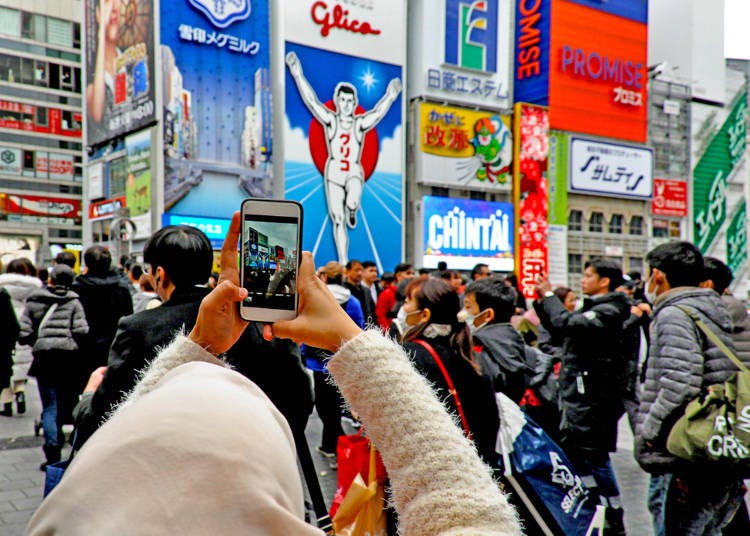
The most popular destination within Osaka is none other than the Minami Area, which consists of the city center, Namba , and Shinsaibashi . The place that sees the most amount of visitors yearly within this area, however, is Dōtonbori, the iconic downtown street that has become the international face of Osaka's Minami Area. Dōtonbori is a lively area that's immediately recognizable from afar because of the plethora of electrical signboards decorating the place, including the well-known Glico Man, the gigantic moving 3D crab signboard of Kani Dōraku, a crustaceans specialist restaurant, and many other amazing sights you wouldn't expect to see in a regular shopping alley. The almost theme park -like vibe Dōtonbori gives is likely one of the reasons it draws so many visitors. Ebisu Bridge, which hangs over Dōtonbori River often teems with crowds of tourists trying to grab the best commemorative shot of the scenery around. The street from Shinsaibashi , east of Midosuji all the way south to Ebisu Bridge is the Shinsaibashisuji Shopping Street area, and south of Ebisu Bridge towards Namba Station is the Ebisusuji Shopping Street area.
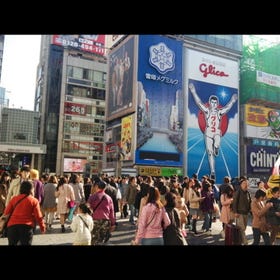
- Address Dotonbori, Chuo-ku, Osaka-shi, Osaka, 542-0071 View Map
- Nearest Station Namba Station (Midosuji Line / Yotsubashi Line / Sen-nichimae Line)
- Phone Number 06-6211-4542
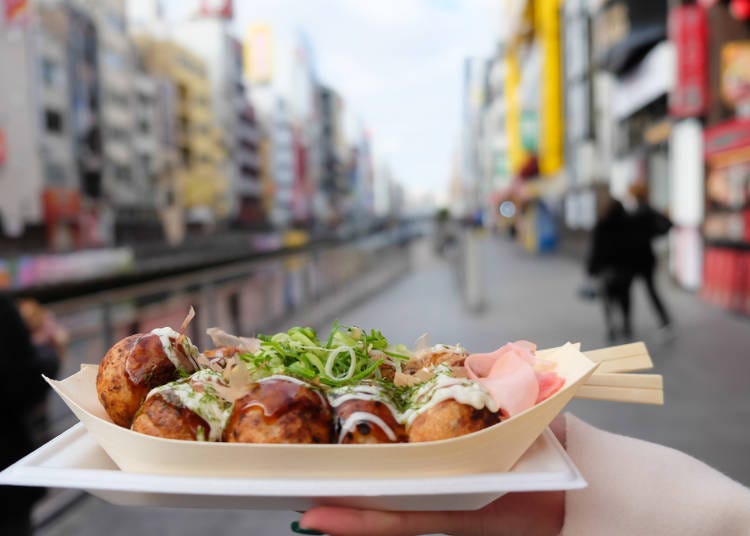
You can't mention Osaka without also mentioning its fabulous flour-based snacks, such as takoyaki , and Dōtonbori just so happen to be full of shops and booths offering this tasty treat! Some are so good, there are always long queues in front of the shop. You don't have to go with a particular shop in mind, though. Sometimes it may be fun to simply make personal gourmet discoveries as you're walking around, taking in the sights. If you're not too confident about ordering in Japanese, look out for shops that offer English menus as well! Whatever you choose to do, we highly recommend stuffing yourself with all this delicious food while they're still piping hot for maximum enjoyment.
- Address 1 Dotonbori, chuo-ku, Osaka (approximate location)
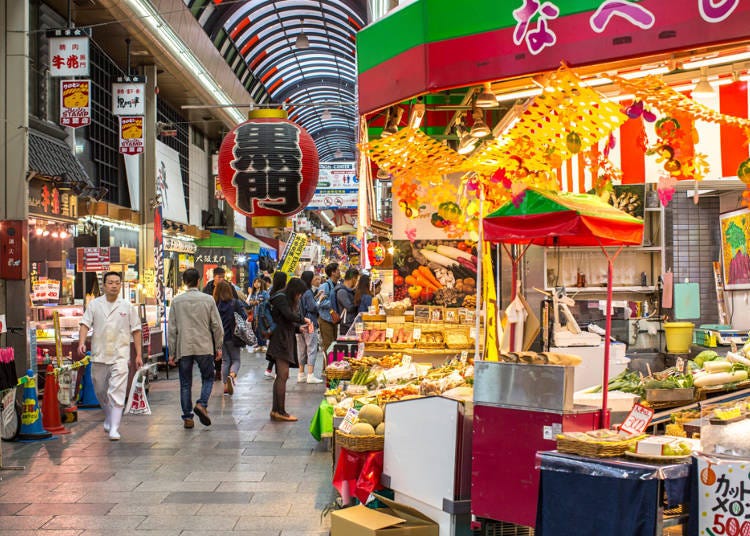
To really get the most out of your food stroll, Kuromon Market is another shopping facility to consider visiting. The roughly 580 meters or 1,900 feet long arcade has about 150 shops tightly packed against each other, with quite a number of shops focusing on selling fresh fish. This means you'll get to really have a feast on your walk down this alley! Many shops here are uniquely Osaka in a way that reflects the city's reputation as a food paradise, so it's no wonder the place is always packed with foreign visitors as well, here for some respite from their day of busy activities or the fuel up before hitting the next destination.
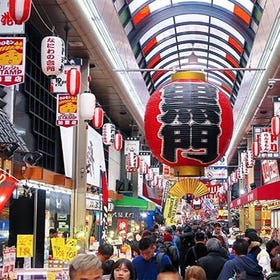
- Address 2-4-1, Nipponbashi, Chuo-ku, Osaka-shi, Osaka, 542-0073 View Map
- Nearest Station Nippombashi Station (Sakaisuji Line / Sen-nichimae Line)
- Phone Number 06-6631-0007
While the five popular places mentioned above can be found in Osaka, Kyoto, and Nara , there are actually plenty of other places in the Kansai area that may appeal to your interests as well. For example, there's Kobe and its beautiful Western-style Ijinkan mansions as well as bustling Chinatown , or Shiga with the largest freshwater lake in Japan, Lake Biwa, just to name a couple. Whether you're into shopping, eating, visiting World Heritage Sites , popular hotspots, and old ruins, admiring natural landscapes , soaking in a hot spring , or anything else at all, there's probably an activity made just for you here in Kansai. With a bit of careful planning, you can even cover most of the major sightseeing spots in the area in just four days and three nights! Kansai is truly an attractive destination for many reasons, and the best way to find yours is to swing by for a visit as soon as possible!
Written by:

Kiko Matsuda, Keiko Kimura, Risa Tsuji, and a team of female writers familiar with Kansai. We love eating, drinking and traveling! We share fun information based on our experiences.
- Area Umeda, Osaka Station, Kitashinchi
- Category Other Sightseeing
Share this article.
Limited time offer: 10% discount coupons available now!
Recommended places for you.
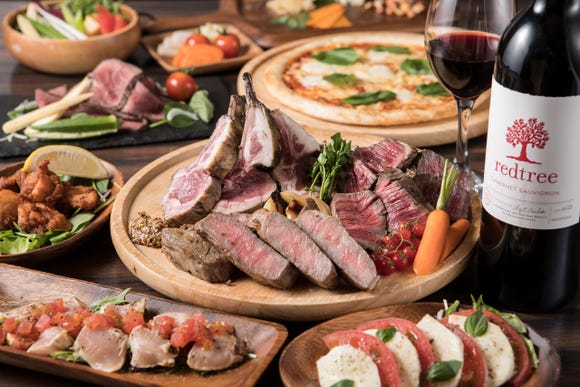
Jukuseiniku-to Namamottsuarera Nikubaru Italian Nikutaria Sannomiya
Kobe, Sannomiya, Kitano
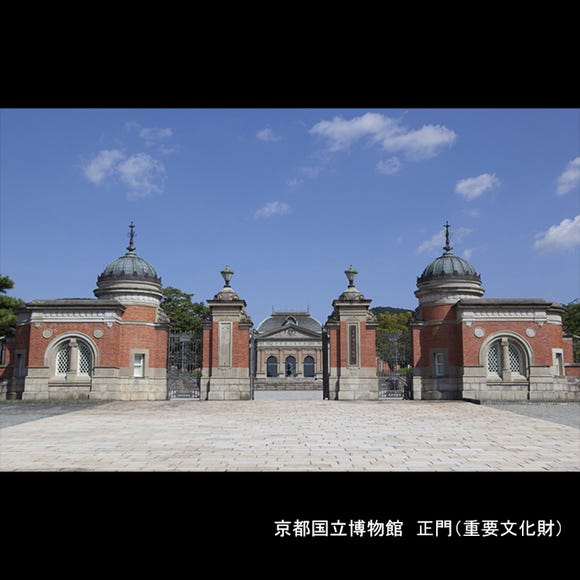
Kyoto National Museum
History Museums
Kyoto Station, To-ji Temple
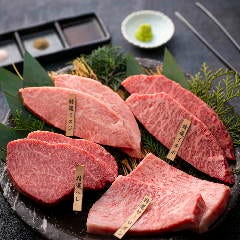
ISHIDAYA Hanare

Yoshida Gennojo-Roho Kyoto Buddhist Altars
Nijo Castle, Kyoto Imperial Palace
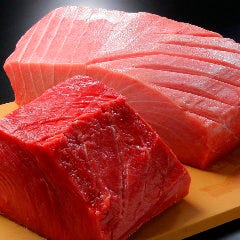
Kamesushi Sohonten
Umeda, Osaka Station, Kitashinchi
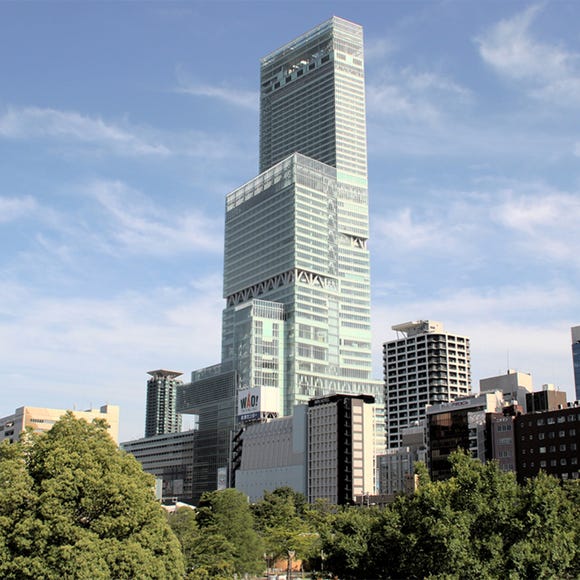
Abeno Harukas
Shinsekai, Tennouji, Tsuruhashi
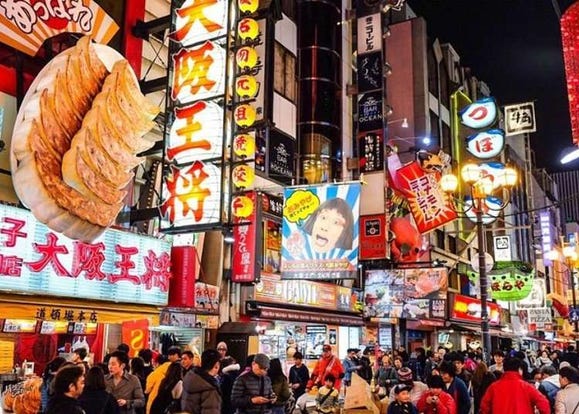
14 Unique & Fun Osaka Food Tours to Enjoy in 2024
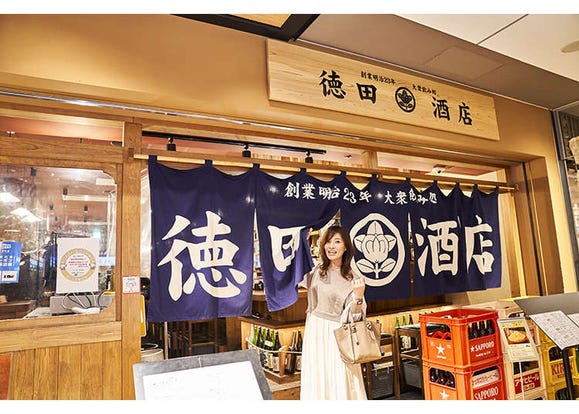
Enjoy the Enchanting World of Osaka Station City: Solo-Friendly Bar-Hopping!
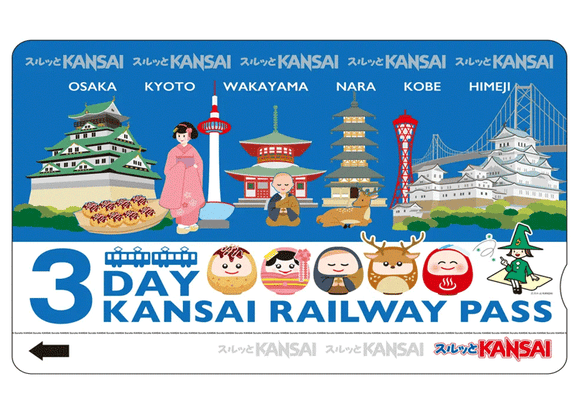
Everything You Need to Know About the Kansai Railway Pass

What Items Does a Japanese Stationery Lover Want Most? We Find Out with Taku Kidate!
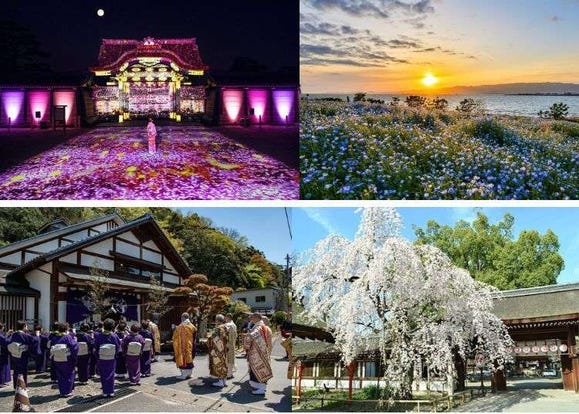
What to Do in Osaka & Kyoto in April 2024: Enjoy Japan's Exciting Spring Events
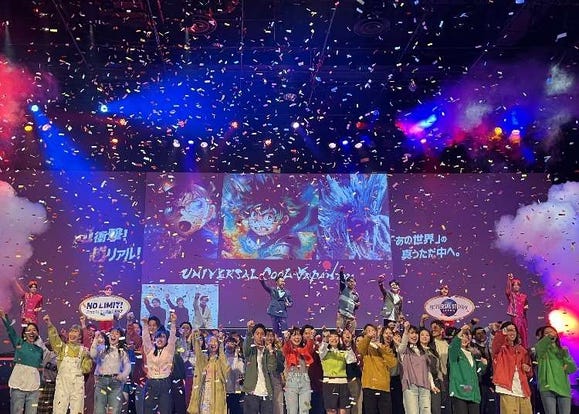
Make the Most of 'Universal Cool Japan' (2024 Guide) - Detective Conan, Monster Hunter & More
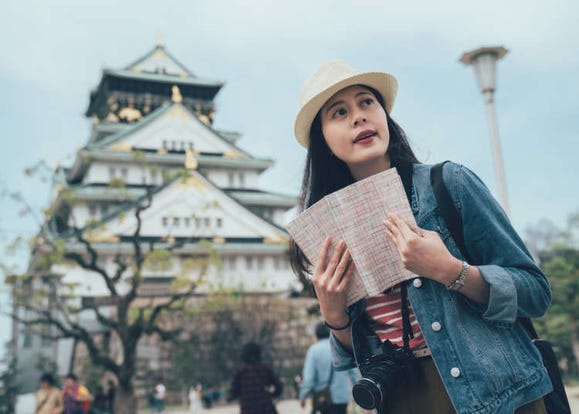
Bus & Shinkansen: Tokyo to Osaka Ultimate Transport Guide
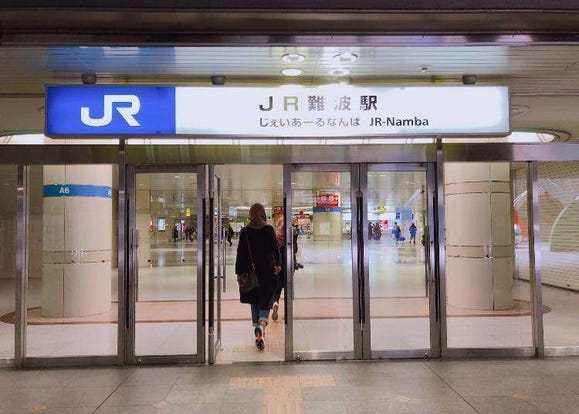
Ultimate Osaka Namba Station Guide: Get Around Osaka's Massive Station and Sights Like a Pro
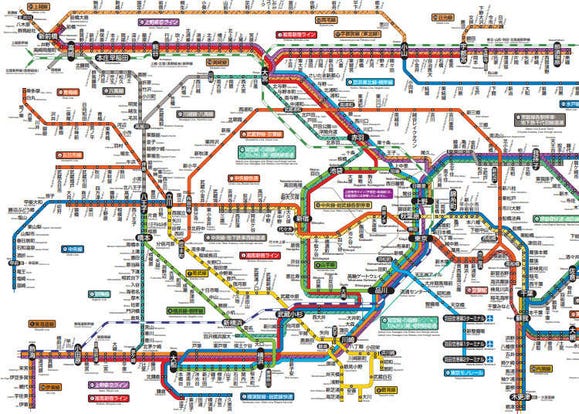
Tokyo Train Map: The Complete Guide to Tokyo Subways & Railways
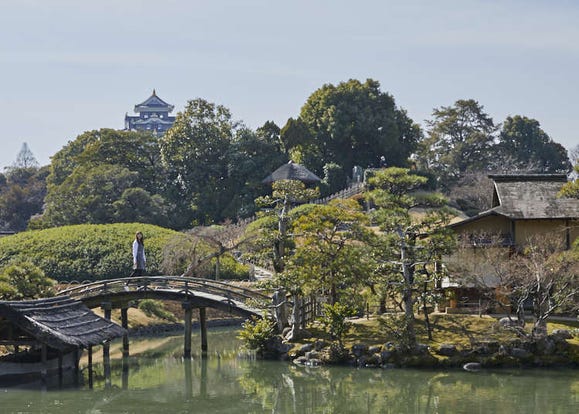
Close to Osaka! Okayama is a Must-See Sightseeing Area Tourists Often Miss
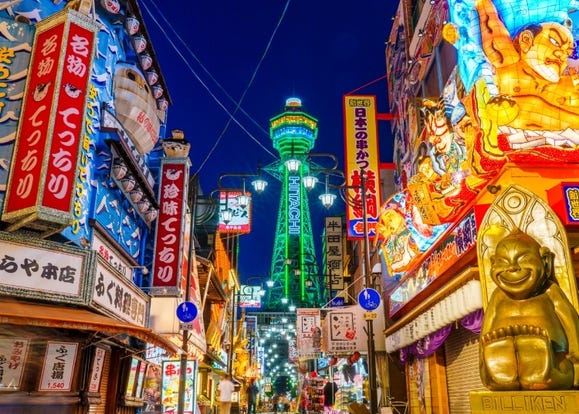
Visiting Osaka's Iconic Tsutenkaku Tower: Fun Activities & Area Guide
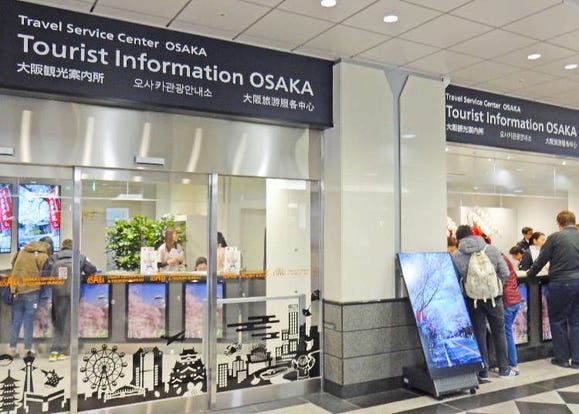
Osaka Travel Service Center: So Many Incredibly Convenient Services - in English!
- #best gourmet Osaka
- #things to do Osaka
- #what to do in kyoto
- #what to bring to japan
- #best gourmet Kyoto
- #new years in Osaka
- #what to buy in nanba
- #Visiting Osaka
- #onsen tattoo friendly arima
- #Visiting Kyoto
- #best japanese soft drinks
- #japanese fashion culture
- #japanese convenience store snacks
- #japanese nail trends
- Tours & Experiences
- Tailor-made Trips
- Bahasa Indonesia
We are happy to see you again!
Continue with
Or use email.
No Account? Create one
Create account
Already have an account? Sign in
Quickly Sign up with
I agree to Japan Travel's Terms of Service and Privacy Policy . Terms of--> and acknowledge that Japan Travel's Privacy--> applies to me.-->
Email reset password link
Please check your inbox and click the link we will send to you.
The Seven Prefectures of Kansai
A quick look at the Kansai region

Combining an aristocratic pedigree with spiritual longing and a thirst for modern living is no easy task, yet the Kansai region of Japan manages to do it. Its seven prefectures are home to some of the country's most iconic and popular destinations each with decidedly memorable personalities. Internationally recognised temples and shrines work within a beautiful nature and unique local cultures in a way that is open to the world. Here is a simple guide to each of the seven prefectures of Kansai.
Hyogo Prefecture is a hub of cosmopolitan culture, business and history. Its major port, Kobe , fuses together Japanese and international modernity with a renowned Chinatown and the Meiji era Western-style homes of Kitano . Arima Onsen is world class, the lavish all-female Takarazuka Theatre jostles for attention with the World Heritage-listed Himeji Castle and mountainside ruins of Takeda Castle , while Mt. Maya's Kikuseidai sits as one of the top three night views in the country.
Hyogo is connected to Tokyo via the JR Tokaido Shinkansen to Shin-Osaka and from there the JR Sanyo Shinkansen.
Japan's capital for over one thousand years, the city prefecture of Kyoto is an endless discovery of high-end culture, sophisticated craftsmanship and aristocratic heritage. Fushimi Inari Shrine , Kiyomizu-dera and Kinkaku-ji are only a small fraction of Kyoto's world recognised sites with even its kaiseki cuisine UNESCO-listed. Drawn together through a subtle sense of beauty is the pine-covered sandbar of Amanohashidate , one of Japan's three scenic views, and the surreal exoticism of the geisha district, Gion .
Kyoto is connected to Tokyo via the JR Tokaido Shinkansen as well Haneda and Narita Airports.
With its long coastline and rugged mountain interior, Mie Prefecture is a natural location for Japan's holiest Shinto site, Ise-jingu Shrine . The prefecture's spiritual heritage, confirmed with the World Heritage-listed Kumano Kodo pilgrimage site, is balanced with its history in war through the impressive Iga Ueno castle and the clandestine art of the ninja that found its fame in the mountains here. Mie's Matsusaka beef is one of the nation's top three brands while the Ama diving culture is an extraordinary local legacy.
Mie is connected to Tokyo via JR Tokaido Shinkansen to Nagoya and from there the Kintetsu Limited Express.
If any place in Japan has history, it is Nara Prefecture . The nation's first real capital, Nara has the most UNESCO World Heritage-listed sites in the country. Todai-ji Temple is home to the world's largest bronze Buddha statue, Horyu-ji Temple is the world's oldest wooden building while the deer's of Nara Park share their home with the incredible Kasuga Taisha shrine . Along with history lies the stunningly beautiful foliage of Mt. Yoshino .
Nara is connected to Tokyo via the JR Tokaido Shinkansen to Kyoto and then from there the JR Nara Rapid Line.
With a personality matched only by its energy, the metropolitan prefecture of Osaka is Japan's home of comedy, street food and nightlife. Even with the historical landmark of Osaka Castle and the ever popular Universal Studios , the city-prefecture thrives on modernity and in-the-moment living. Its Dotonbori district is an iconic location for Japan's best street food while Namba has some of the liveliest nightlife in the nation.
Osaka is connected to Tokyo via the JR Tokaido Shinkansen.
The land of postcard views, over a third of Shiga Prefecture is listed as a Natural Park. Its Lake Biwa is the largest lake in Japan and features prominently in classical literature. This literary heritage extends to Otsu's Ishiyama Temple where it is believed that the world's first novel, The Tale of Genji , was written. Shiga's comfortably rural ambience is also home to the UNESCO recognised Enryaku-ji Temple , the National Treasure that is Hikone Castle and the stealthy Ninja Village of Koka city.
Shiga is connected to Tokyo via the JR Tokaido Shinkansen.
The spiritual heart of the nation, Wakayama Prefecture is home to Mount Koya , one Japan's most sacred sites as well as the UNESCO-recognised Kumano Kodo pilgrimage trail. The Three Grand Shrines of Kumano Sanzan beat with spiritual authenticity while the largest cemetery in the country, Okuno-in , is the great monk Kukai's final resting place. The 'Land of the Gods,' it may be but Wakayama is also home to the gorgeous Shirahama Beach , and the traditional lacquer craft of Kuroe Town .
Wakayama is connected to Tokyo via the JR Tokaido Shinkansen to Shin-Osaka and from there the JR West Hanwa Line.
- Share on Facebook
- Share on Twitter
- Copy link to share
By Sleiman Azizi
Community writer
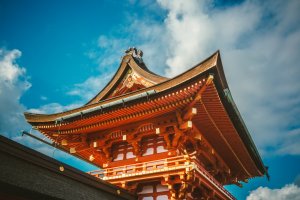
Top Articles
- Recommended

Guide to Golden Week

2024 Grand Sumo Tournaments

Mount Omuro

Tokyo One of the World's Most Walkable Cities

Kurobe Unazuki Canyon Route to Link with Tateyama Kurobe Alpine Route

Tokyo Takes 2nd Place on Top Coffee Cities List

Haneda Airport Ranked World's Cleanest

Valley of Witches: a New Ghibli Park Attraction

Sapporo Beer Opens New Brewery in Tokyo’s Ebisu

Guide to Bringing Medicines Into Japan

Your Name: Real-Life Locations in Tokyo

Hachiko Statue in Shibuya

Iwatayama Monkey Park

Shibuya Crossing

Daikoku Car Meet

Kanamara Penis Festival

Guide to Suica Cards

Japanese Urban Legends

Guide to PASMO Cards
More from this category, guide to bringing medicines into...
By Japan Travel

Money in Japan
By Tom Roseveare

Guide to Earthquakes in Japan
By Edward Yagisawa

Getting a Tattoo in Japan
By Serena Ogawa
Join the discussion

Let us know how we can help.
Help us improve JapanTravel.com
We welcome any suggestions regarding this content. Your feedback is confidential and will be used to help improve this page.
Suggest an edit
https://en.japantravel.com/guide/the-seven-prefectures-of-kansai/62181
Thank you for your support!
Your feedback has been sent.
Best of Kansai
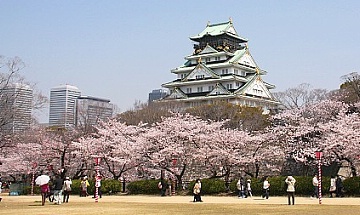
Day 1 - Osaka
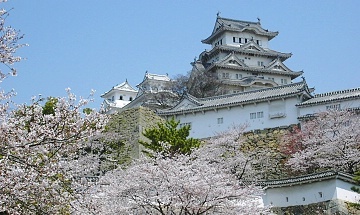
Day 2 - Day trip to Himeji
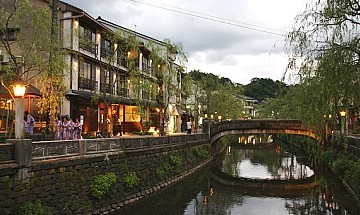
Day 3 - Osaka to Kinosaki
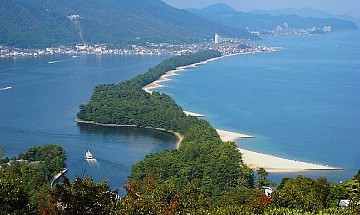
Day 4 - Kinosaki to Kyoto via Amanohashidate
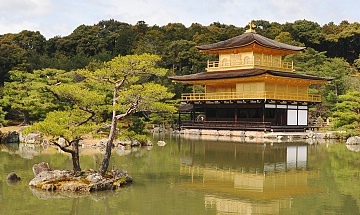
Day 5 and 6 - Kyoto
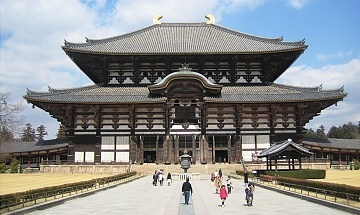
Day 7 - Kyoto to Nara
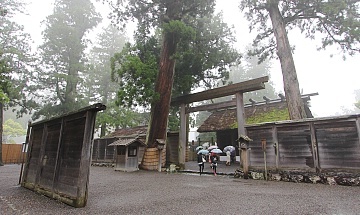
Day 8 - Nara to Ise
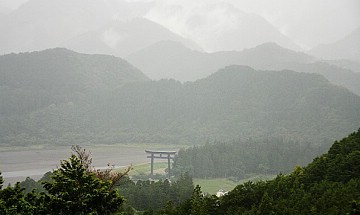
Day 9 - Ise to Kumano
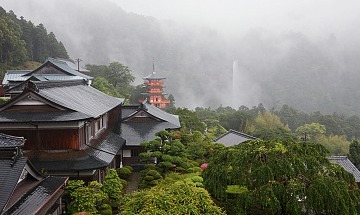
Day 10 - Kumano
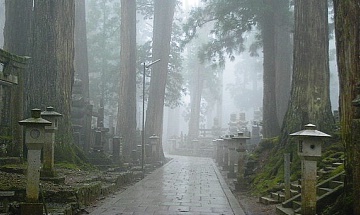
Day 11 - Kumano to Mount Koya
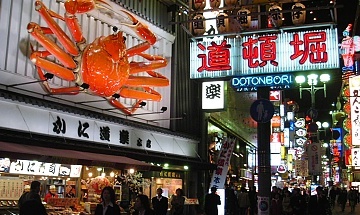
Day 12 - Mount Koya to Osaka
The above itinerary is somewhat fast-paced. Tourists preferring a slow pace of travel should consider spending more time at some of the destinations along the way.
Questions? Ask in our forum .


KANSAI’s Rural Charms
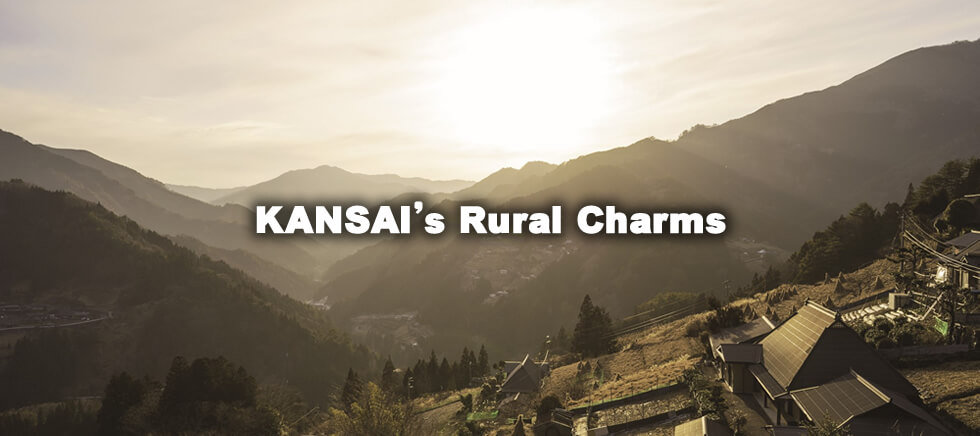
Satoyama, Traditional Scenes of Agricultural and Forestry
Seeing satoyama, rustic fishing villages and remote islands, yoshihara, the seaside kyoto, awaji island, the islands of toba, river landscapes and japan’s strange bridges.
The Kansai region is home to some of Japan’s biggest and most historical cities, places like the sprawling metropolis of Osaka City, the ancient capital, Kyoto, and quaint Kobe City to name but a few. Kansai also lays claim to some of the most traditional rural areas and countryside regions with natural rustic beauty and charm of their own. Areas in which the Old Japan can still be found, hidden away from the bustling traffic and neon lights of the cities. A Japan, little seen by others, just waiting for you to explore.
One of the quintessential scenes unique to Japan are those of the Satoyama. Sato means village, and yama means hill or mountain. Rather than being simply residential mountain villages as the name suggests, satoyama are defined as environments between the foothills and the arable flat farming land, where for centuries, people have lived and practiced a form of agricultural and forestry management that has become part of the ecosystem, and what is now, at last, being recognized as a true sustainable lifestyle. Satoyama was an art that had fallen into disrepair due to changes in natural resource requirements, such as from charcoal and firewood to oil, and from compost to chemical fertilizers. Changes in the aging population and rural depopulation simply hastened the demise of these traditional environments. Recently, public awareness and preservation of these unique and important habitats has begun, and specialized tours are now available, complete with knowledgeable and passionate guides, willing to share these ancient farming techniques and wisdom. Scenes of Satoyama will surely stir your soul. (try reading that out loud three times!) Scenes of rich green rice fields spread out under the view of the majestic mountains. Copses of bamboo, and specially tended trees and grassed areas surrounding old farmhouses where life is simple for the locals who till the soils. These are the places where Japan’s distinct seasons make a natural spectacle, the cherry blossoms of spring, the wild flowers and ever ripening rice stalks of summer, and the rich colors of autumn for the visitor and local alike.

One of the best places to see traditional satoyama scenery is in Miyama, Kyoto, where a village of traditional gassho-style thatched roof A-frame homes remain. The village is a Japanophile and a photographer’s dream and has been selected as a national preservation area for important traditional buildings. Of the 50 preserved houses, 39 still have thatched roofs. The village’s Miyama Folk Museum is the right place to start to understand the history and culture of this farming region. There are a few guest houses, and traditional homes now offering the opportunity to taste rural farm life. Miyama Village’s ancient Kamakura Shrine is recommended for its magnificent view over the town. Each season presents another view of these well-preserved slices of old Japan.

Nara Prefecture’s Asuka Village was originally the home of Japan’s first Emperor, and the site of Japan’s first Buddhist temple. The quaint villages’ Tachibana-dera Temple was founded in 606 on the birth site of Prince Shotoku, an early supporter of Buddhism in Japan. Inside the feudal Edo period (1603-1868) rebuilt temple complex is an ancient stone about 1m high with two faces carved into it, believed to represent the two sides to humanity, good and evil. Who made it, when and why remains a mystery. Asuka’s former school is now preserved as a traditional guesthouse overlooking the peaceful rice fields and within walking distance of the Asuka Museum. Historical shrines and temples, ancient tumulus, huge mysterious megaliths, and even hot springs dot the area, along with a strawberry farm, grape farm and the picturesque Inabuchi Tanada terraced rice fields, all easily accessible by rental bicycle. This is the sort of place you could escape to easily for a few days, or even weeks of pure, unadulterated blissful peace and quiet, and discover the true essence of Old Japan. Farm stays where you can enjoy experiencing the traditional farming lifestyle while overnighting in an ancient home and tasting local fare are now available in Kameoka, Kyoto, Ayabe, Fukuchiyama, Tottori Prefecture’s Chizucho, Miyoshi City and Kamikatsu-cho in Tokushima Prefecture, and many other areas across the Kansai countryside. This unique Japanese-style accommodation experience will leave you with a better understanding of Japan’s deep and varied culture, and a longing to return for more.

The Kansai region borders the Pacific Ocean, Osaka Bay and the Seto Inland Sea to the south, and the Sea of Japan to the north. Naturally, the sea has long been a vital supply line for trade and transportation, and even more importantly as a source of food. Same too with the many rivers and mighty Lake Biwa. For that reason, the Kansai region is peppered with rustic, romantic fishing villages. Some of the rarer sites include:
Yoshihara, to the far north of Kyoto in Maizuru City, is a small fishing town you probably won’t find online. Or in the tourist books, or in brochures. In fact, finding people who have heard of it, let alone having been there is a rarity. Yet, to the few Japanese that know it, Yoshihara also goes by two other names. The “Kyoto by the Sea”, and “The Venice of Japan”. This alone gives you an idea of what to expect. The Edo period (1603-1868) atmosphere prevails in this sea-side fishing town separated by rivers and canals. Traditional homes, with water facing garage-like boathouses below, line these canals. Rent a bike to see the sights of the well-preserved architecture and then take a traditional boat trip along the canals for a different view of the town that time forgot. Stay at the 130-year-old Saika-an, an old traditional home now operating as an inn. Naturally, the fine seafood in Yoshihara is straight from the sea and served in the simple yet dignified way of the locals.

Located between the main islands of Honshu and Shikoku, Awaji Island is the largest island in the Kansai region, and it is a mystical island, long considered the birthplace of Japan. According to Shinto mythology, Awaji was the first of the Japanese islands to be created by the god, Izanagi. When Izanagi created Awaji Island, he was probably thinking of using it as a future resort island for himself. The island’s nature is stunning, featuring picturesque plains, cliffs, beaches and forest. Being surrounded by the Seto Inland Sea, you can also see the world's largest whirlpools in the Naruto Strait, which runs from Awaji Island to Shikoku. Here the tidal flows cause the great Naruto Whirlpools , visible from boat tours, or even from the great Akashi Kaikyo Bridge spanning the straits. Ishida on the island’s west coast maintains one of the few remaining ancient terraced rice fields from which the evening sunsets are a beautiful sight. The Intangible Cultural Heritage listed Awaji Ningyo-joruri , a 500-year-old traditional form of puppet theatre is also based on Awaji, and can be seen daily in Minamiawaji. The realistic movements of the puppets, the stories they tell and the culture behind this entertainment will leave you spellbound.

Awaji island
The names Kamishima, Toshijima, Sugashima and Sakatejima are difficult to say, hard to remember at first, but easy to access, and having visited there, become unforgettable. These four remote, yet inhabited islands just off the coast of Toba City, Mie Prefecture, are all part of the Ise-Shima National Park in the spiritual, historical and cultural heart of Japan. Naturally, each island has its own unique feel, scenery and charms. Access to Toba is easy via Kintetsu rail or road from Osaka, and from there regular ferryboats service the islands, the closest 10 minutes, the furthest 40 minutes by boat. Experience the sunrises, the sunsets, the stars at night and the calm and picturesque Ise Bay from these four islands, the tranquility of life there, the hospitality of the simple folk, their rich culture and history, and the romance and seclusion of island life. Escape the world, spend some time doing something next to nothing on the Islands of Toba.

Miyoshi City in Tokushima Prefecture lays claim to having Japan’s strangest bridges. The still rather remote, yet beautiful Iya Valley is known for its traditional kayabuki thatch roof farmhouses and for its suspension bridges made of platted vines and strapped planks resembling something out of an Indiana Jones movie. The bridges are about 45m long, and hang 14m above the river. They are believed to have been built either to assist the saint Kobo Daishi (774–835) in crossing, or, according to another story, the bridges were built in the 12th century by defeated Heike warriors escaping the civil wars. Once the only way of crossing the river, the bridges are now tourist attractions in their own right. Around 30 bridges once spanned the rivers, however only three of these rustic bridges can still be seen and crossed. As the Iya Valley region remained mostly isolated until recent years, it had developed its own unique culture. The natural scenery of the mostly unexplored area, surrounded by lush natural forests is truly spectacular, and the views of the rickety looking bridges across the gorges and rivers remain as reminders of the old ways. As you can see, there is so much to be discovered, experienced, tasted and tried within the Kansai region. Such places aren’t always mentioned on the internet tourist sites or in the tourist brochures. Some of it takes time and effort to reach, but you’ll be rewarded with seldom seen scenes, life enriching experiences, great photographs and memories, strange stories and amazing facts. Without a doubt, the appeal of the Kansai regions’ rural charms will have you beating a path to get off the beaten path.

Chris Glenn
Chris Glenn is an Australian born bilingual radio DJ, TV presenter, narrator, MC, copywriter, author, columnist, and Japanese historian, specializing in samurai castles, battles, armor and weapons. Based in Nagoya since 1993. He is an inbound tourism advisor for national and local governments and is often called upon as a lecturer and speaker on Japanese history and culture, media and inbound tourism topics. Having written many websites articles, pamphlets, signs and explanations for local governments, DMOs, museums, tourist sites and businesses, he has a reputation for English writing that matches the needs and senses of foreigners visiting Japan. His books include the English language “The Battle of Sekigahara” (Booklocker) the Japanese language “Australian Researcher’s Castles of Japan” (Takarajima) and Samurai Castle Bilingual Guide (Shogakukan). Chris is dedicated to promoting and preserving Japans’ long history, deep culture, traditions, arts and crafts.

関西の自然、大都市以外のアドベンチャー

天下の台所、外せない関西料理
- >>> Column Index

For a limited time, book your 2020, 2021 & 2022 group tour packages with no deposit required!!!

- Custom Groups Custom Groups Overview Student Groups MICE Special Interest Groups
- About Japan About Japan Destinations Attractions Must See & Do
- About Us About Us Contact us Testimonials Terms & Conditions Travel Agent Services Disclaimer Site Map
- News Press Releases Blog Media
- Your Trip Get Started How to make a reservation Travel Tip FAQs Inquiries
Last Name *
Kansai Region
Regions of japan, popular destinations in japan, northern japan, around tokyo, central japan, southern japan, contact our travel consultant, 1-855-325-2726 (us/canada), 1-909-988-8885 (international), mon. - fri., 8:30am - 5:30pm (pst), (except national holidays), [email protected].
The Tokyo Metropolitan area is a mega-city, home to some 35 million people and the driving force of Japan's economy and rapidly shifting cultural trends. However, less than 90 minutes away you will find Mount Takao, a peaceful retreat for walking and quiet reflection with views of the distant urban landscapes. To the southeast in Chiba Prefecture lie hidden beaches, whilst to the north in Nikko you will discover the spectacularly ornate temples and shrines of Toshogu, the resting place of the first Tokugawa shogun; the man who began the transformation of Tokyo into the city you will find today.

Top Destinations in Kansai
Shiga prefecture.
Shiga Prefecture is home to the largest lake in Japan, Lake Biwa, and Hikone Castle, one of the twelve original castles in Japan.

Kansai | Shiga Prefecture
Hikone is known for the famous Hikone Castle, one of the twelve original castles in Japan.

Omi Hachiman
Omi Hachiman, that sits at the foot of Mt. Hachiman-yama in the center of Shiga, is a castle town of Hachiman-yama-jo.

Located on the southwestern shore of Lake Biwa-ko, Otsu is the main city of Shiga.

Koka is located in the southern part of Shiga Prefecture and is the homeland of ninja.

Shigaraki is a ceramic town of Koga City situated in the southern part of Shiga, and known as the home of Shigaraki ware.
Mie Prefecture
Mie Prefecture is located in the center of Honshu and is home to the famous Ise Shrine, which is said to enshrine to the Sun Goddess.

Kansai | Mie Prefecture
Nagashima Onsen
The town of Nagashima is located in the northeastern part of Mie in a delta area created by the Kiso-gawa, Nagara-gawa, and Ibi-gawa rivers.

Yunoyama Onsen
Yunoyama-onsen is a hot spring resort dotted with inns located at an altitude of 318 meters on the slope of a mountain along the Mitaki-gawa River in northern Mie.

Iga Ueno is famous for the Iga ninja and birthplace of Matsuo Basho, a renowned Japanese poet from the Edo Period.

Ise, located in the northwestern part of the Shima-hanto Peninsula in Mie, prospered as the shrine town of Ise-jingu.

Toba, located at the northeastern end of the Shima-hanto Peninsula in Mie, flourished as the castle town of the Kuki family who ruled this region from the 16th century.

Kumano is located in the Kii Peninsula and spans into the Wakayama and Mie Prefectures. The Hongu, Nachi and Hayatama Taisha are the three famed shrines of the area.
Kyoto Prefecture
Kyoto Prefecture is a cultural and traditional center in Japan and is home to many important sites.

Kansai | Kyoto Prefecture
Amanohashidate
Amanohashidate is a sand bar on the Miyazu Bay and is one of the three scenic views of Japan.

Mt. Hieizan is said to be home to the deities of Shinto lore, but it is better known for the Buddhist monks of Enryakuji.

Kyoto was the former capital of Japan and is an important cultural and traditional center in the nation.

Uji is the birthplace of matcha (powdered green tea) and is home to two UNESCO World Heritage Sites.
Osaka is the second largest metropolitan area in Japan and economic powerhouse of the Kansai Region.

Kansai | Osaka Prefecture
Hyogo Prefecture
Hyogo Prefecture is located in western part of the Kansai region and is famous for Himeji Castle, one of most beautiful castles in Japan.

Kansai | Hyogo Prefecture
Kinosaki Onsen
One of the many famous hot springs in Japan, located in north Hyogo Prefecture.

Asago city is located near the center of the Hyogo Prefecture, an important center of traffic which links Tajima and San-In district.

Takarazuka is a city located in the southeastern part of Hyogo Prefecture and most famous for the Takarazuka Revue.

Arima Onsen
Arima Onsen is located in Kobe and is one of the oldest hot springs in Japan.

Kobe is the capital city of Hyogo Prefecture and was an important port city during the Edo Period.

Himeji is located in the southwestern part of Hyogo Prefecture and is known for Himeji Castle.

Awaji Island
Awaji-shima is an island largest in the Seto Inland Sea and the third largest in Japan.
Nara Prefecture
Nara Prefecture is considered the origin of Japan, from the year 710 to 784 it was also the capital of Japan Heijo-kyo.

Kansai | Nara Prefecture
Nara is well known for all the wild deer roaming around the city, along with the deep cultural and religious background of Japan.

Yoshino is a small town located in the center of Nara Prefecture, which is well known for its rich cultural history and scenic views.

Hasedera Temple
Hase-dera Temple lies along the Hatsuse-gawa River in the eastern part of Sakurai City in central Nara Prefecture.

Asuka is located in present day Nara Prefecture, which was also the Imperial capital of Japan during 538-710 AD also known as the Asuka period.

The village of Tenkawa is about a one-hour bus ride into the bosom of Mt. Yoshino-yama in the center of Nara.
Wakayama Prefecture
Wakayama Prefecture is located on the Kii Peninsula and is well known for its hot springs, temples, and scenic natural views.

Kansai | Wakayama Prefecture
Wakayama City
Wakayama City is the prefectural center of politics, economy and culture, located on the Wakayama Plain at the mouth of Kino-kawa River.

Mt Koya (Koyasan)
Koyasan is the center for an important Buddhist sect known as Shingon Buddhism. It is located on the forest covered mountain top of Mount Koya.

Dorokyo Valley
The Doro-kyo Valley is situated in the eastern Wakayama at the border with Nara and Mie.

Nachi-Katsuura-machi Town located in the southeast of Wakayama faces the Katsuura Bay on the southern coast of the Kii-hanto Peninsula.

Nanki Shirahama
Shirahama is a place where flowers bloom earlier than anywhere, with sun shining brightly all year round.
10 Best Things to Do in Kansai in Winter
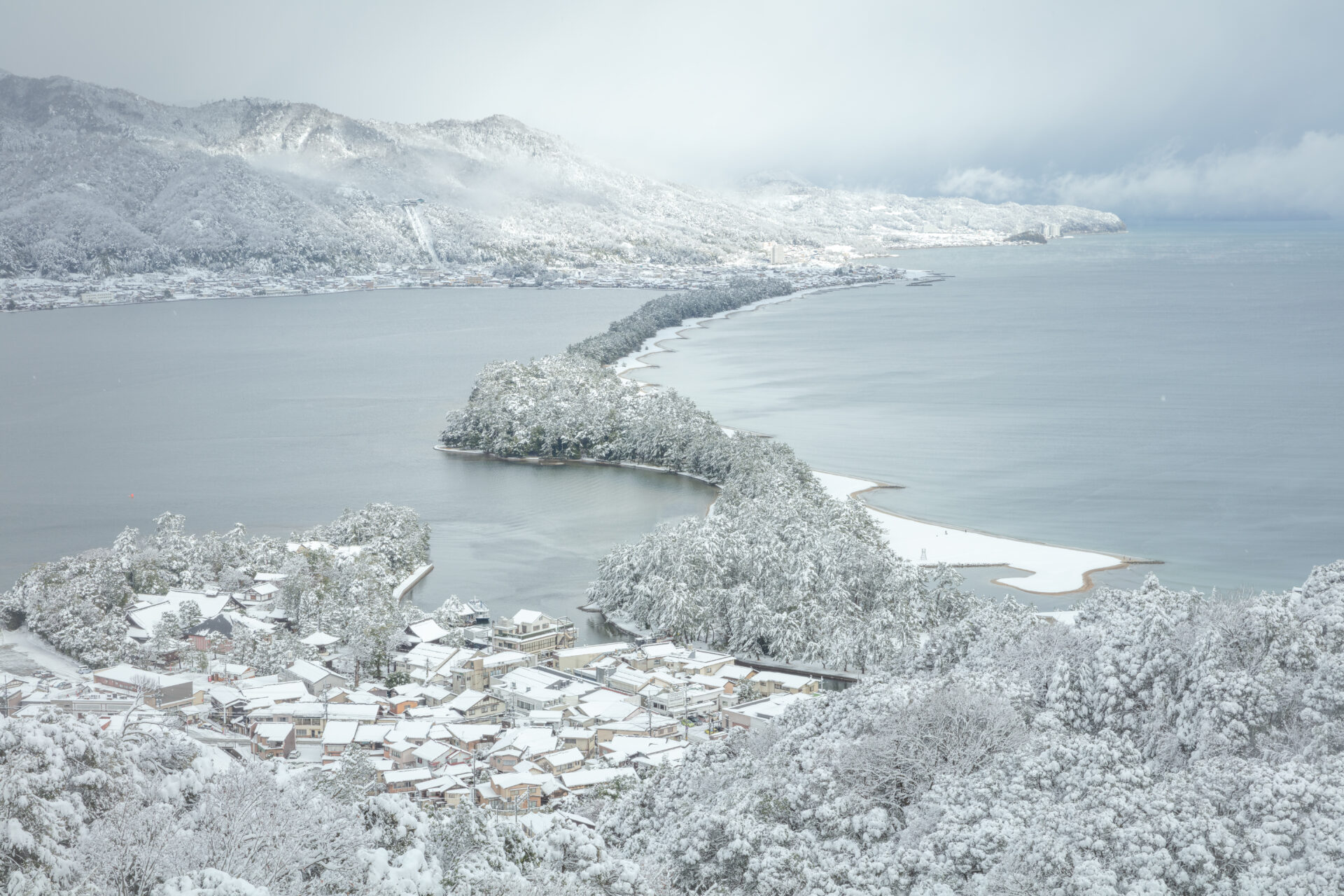
Bryce was born in California, but raised from the age of 3 near Seattle, Washington. He’s been living in Tokyo for about 7 years, and graduated from Temple University, Japan with degrees in economics and international business. He loves traveling of course, but also cooking, snowboarding, some video games as well. His biggest interest is songwriting/music production, more specifically electronic music… (think Skrillex, Marshmello, Daft Punk, etc.) He also has terrible humor as you’ll notice, but he hopes you’ll enjoy it!
This post may contain some affiliate links. When you click through and make a purchase we may receive some commission, at no extra cost to you.
Kansai is a place full of historic sights, contemporary fun and an abundance of things to do year-round, so regardless of the season you’ll always be able to find something here to enjoy! This time around, however, we will look into what winter has in store for those exploring Kansai during the colder months. With many popular tourist areas illuminated, visiting famous landmarks can be an even more breathtaking experience than usual, but Kansai also offers plenty of exhilarating fun like snowsports and festivals to keep you warm, not to mention all the mouthwatering seasonal dining options. Without further ado, let’s get to our list of the best things to do in Kansai in Winter that will help you plan your winter adventure!
1. Arima Onsen
2. universal studios japan, 3. biwako valley , 4. winter illuminations , 5. okuibuki snow resort, 6. winter festivals, 8. hatsumode, 9. amanohashidate, 10. winter food, find other experience, other articles you might be interested in.
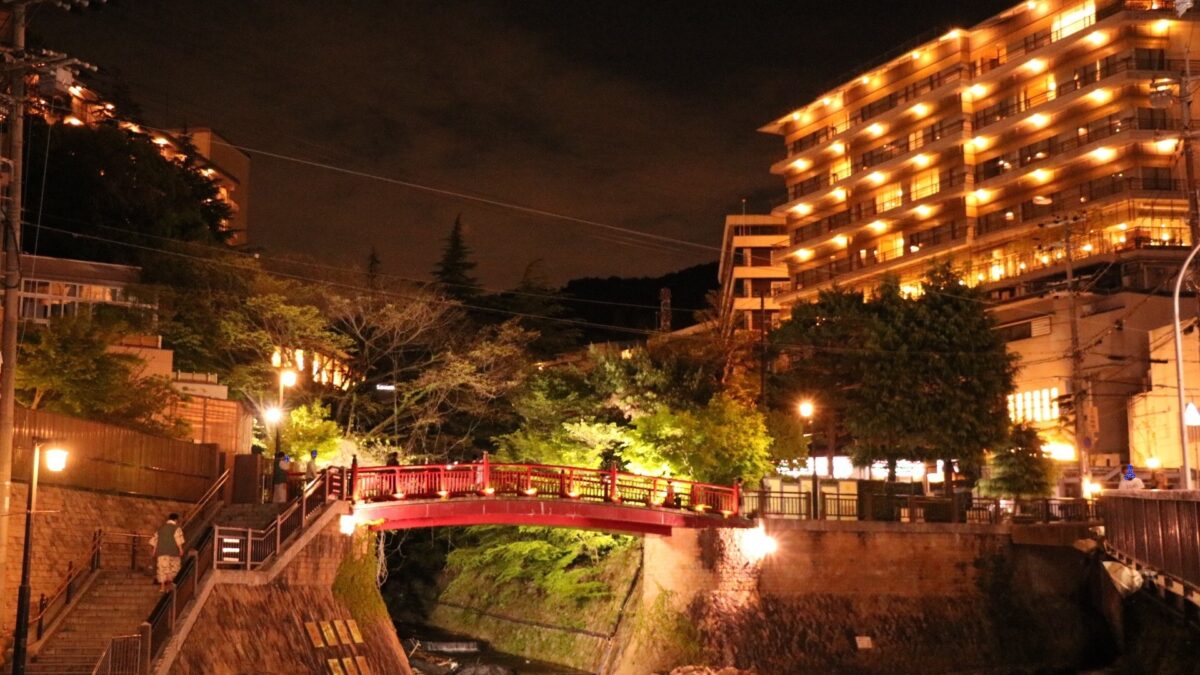
Staying warm is clearly one of the first priorities when embracing the winter season, and with an abundance of hot springs ( onsen ) and century-long bathing traditions, Japan’s got you sorted. Arima Onsen has a long history and an even longer list of onsen to check out, making the town an absolute must-visit Kansai winter destination . One of its claims to fame is the hot spring water itself, which is divided into two categories: kinsen (gold water) and ginsen (silver water), both of which are believed to relieve various ailments due to the high contents of minerals.
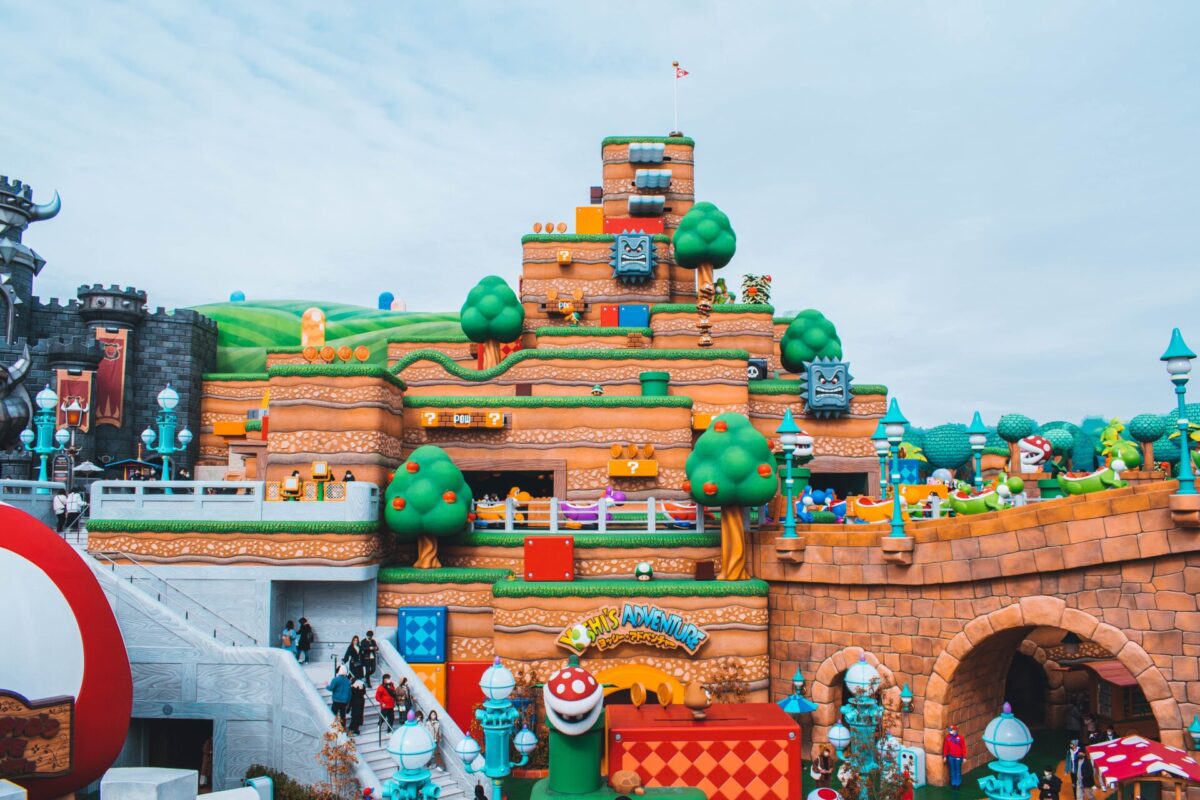
Once refreshed and relaxed from your onsen visit, let your rejuvenated energy out at one of Japan’s most popular theme parks . Universal Studios Japan is a great experience, even if you have already visited branches at other locations around the world. It opened up in 2002 in Osaka , and was the first park to open up in the continent of Asia. Some of the special parts of the park are the Wizarding World of Harry Potter, and the Super Nintendo World, which opened in 2021. This is a fun area that is exclusive to Japan park.
Recommended article: 10 Best Hotels in Osaka near Universal Studios Japan
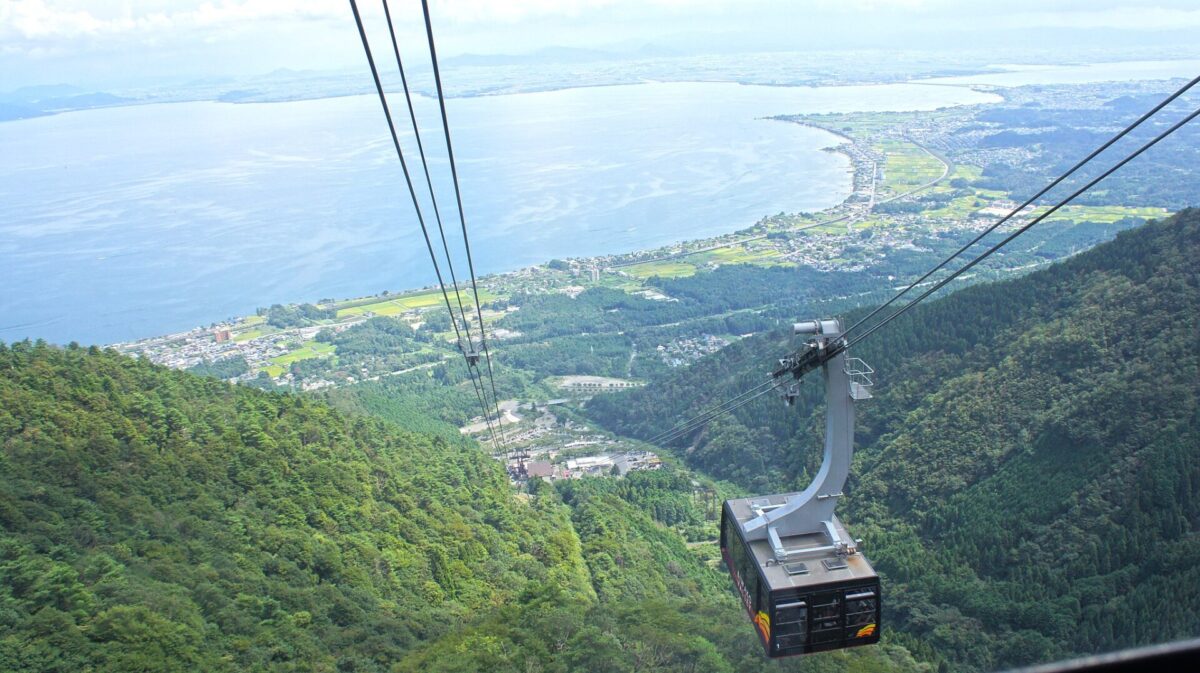
If theme parks aren’t your thing, visiting serene Biwako Lake might be right up your alley. An astonishing 4 million years old, this is one of the world’s oldest lakes, offering soothing natural scenery. The Biwako Valley has fun activities like zip lining and snow sports available, all with an incredible view of the lake. Japan’s fastest ropeway will whisk you up the mountain in just 5 minutes in an entirely glass-encased gondola, and the 360-degree view is incredible!
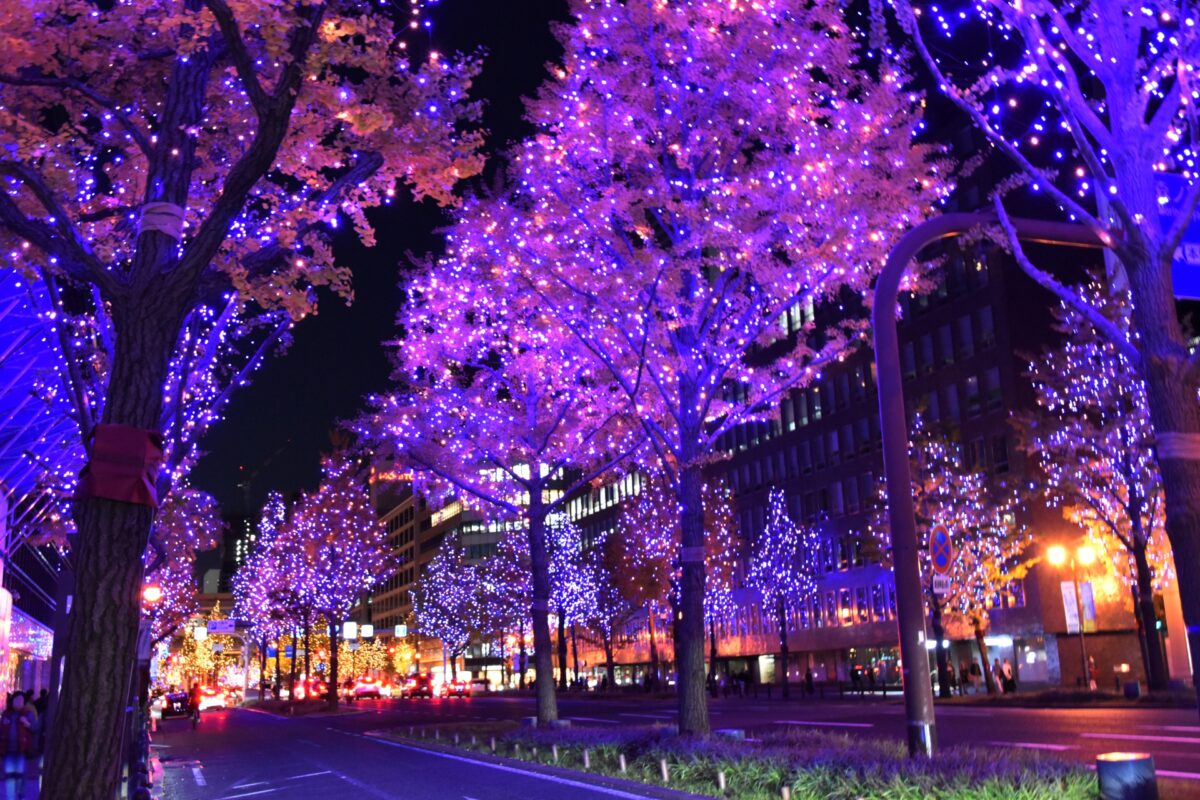
Illuminations are a wonderful part of Japan’s winter traditions. Many westerners are accustomed to neighborhoods being lit up during the holidays in their home countries, but Japan takes illuminations to a whole other level! Kansai has a wide array of stunning illuminations. Midosuji, a street in downtown Osaka, is the perfect place to enjoy the lights on your way out to enjoy the city’s nightlife or food scene. Another great option is the Kobe Luminare, a huge structure that is lit up each year by hundreds of thousands of lights.
Recommended article: 12 Best Winter Illuminations in Kansai
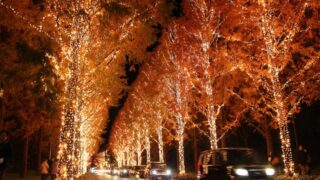
If you’re like us and need your fill of snow in winter, head to Okuibuki Snow Resort for a full-on snowsports experience. With 12 courses offering a well-balanced range of difficulty, this is one of the best snow resorts within reasonable commuting distance from the bigger cities in Kansai, and there’s plenty of accommodation to be found here. In case you’re looking for even more fun in the snow and would like to base your entire trip around it, make sure to look into Nagano and Niigata , two prefectures that both offer amazing ski resorts.
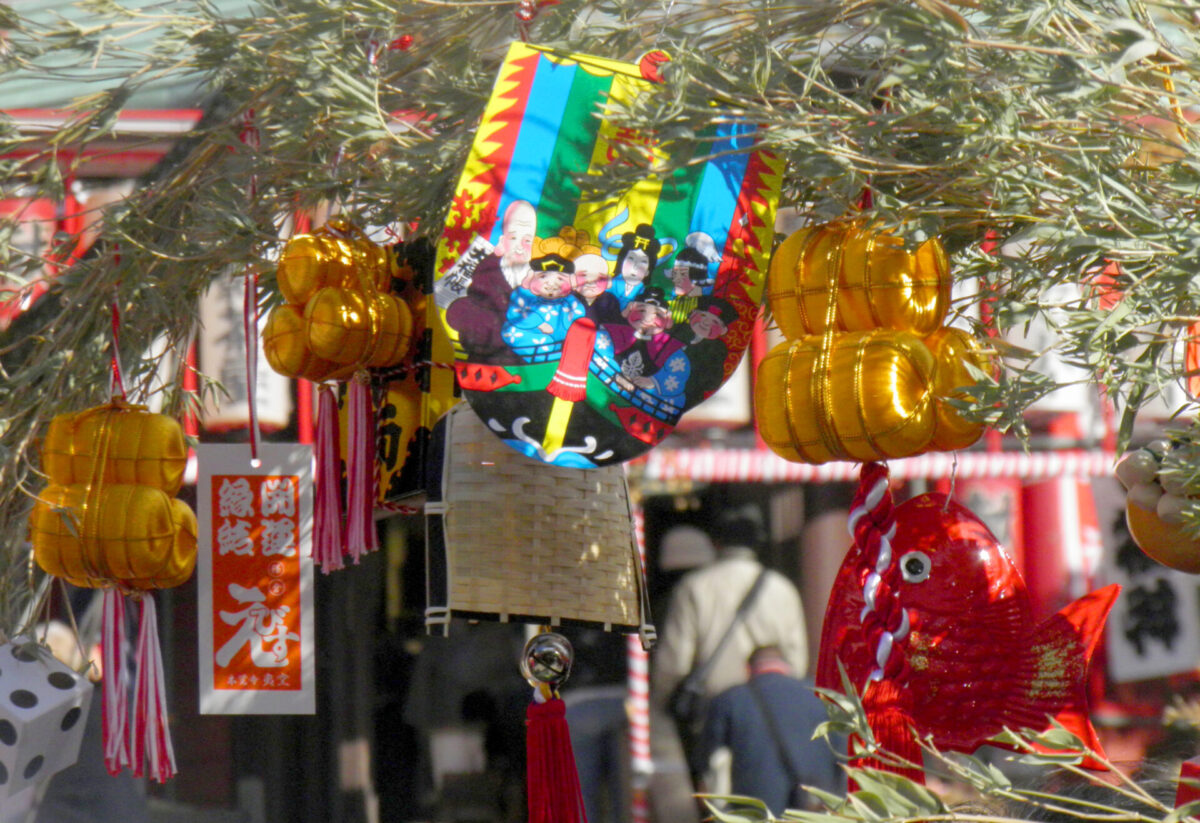
Japanese festivals offer a unique chance to experience local traditions and fully immerse yourself in the culture, and they often feature a lively and vibrant atmosphere that is sure to keep you smiling. Each season has its own festivals, and winter is of course no exception – and some festivals may be even more spectacular due to the Japanese New Year ! Some notable festivals to check out are the Toka-Ebisu Grand Festival and the Kasuga Wakamiya On Festival.

If you’re looking for a spiritual getaway, look no further than Koyasan . As the central location of Shingon Buddhism , in Koyasan you’ll be immersed in nature and a palpable spiritual atmosphere. There are also many hiking trails on the mountain, so you’ll be able to stay warm or even break a sweat. There are plenty of things to do on and around Koyasan, and the area easily offers enough for a weekend trip.
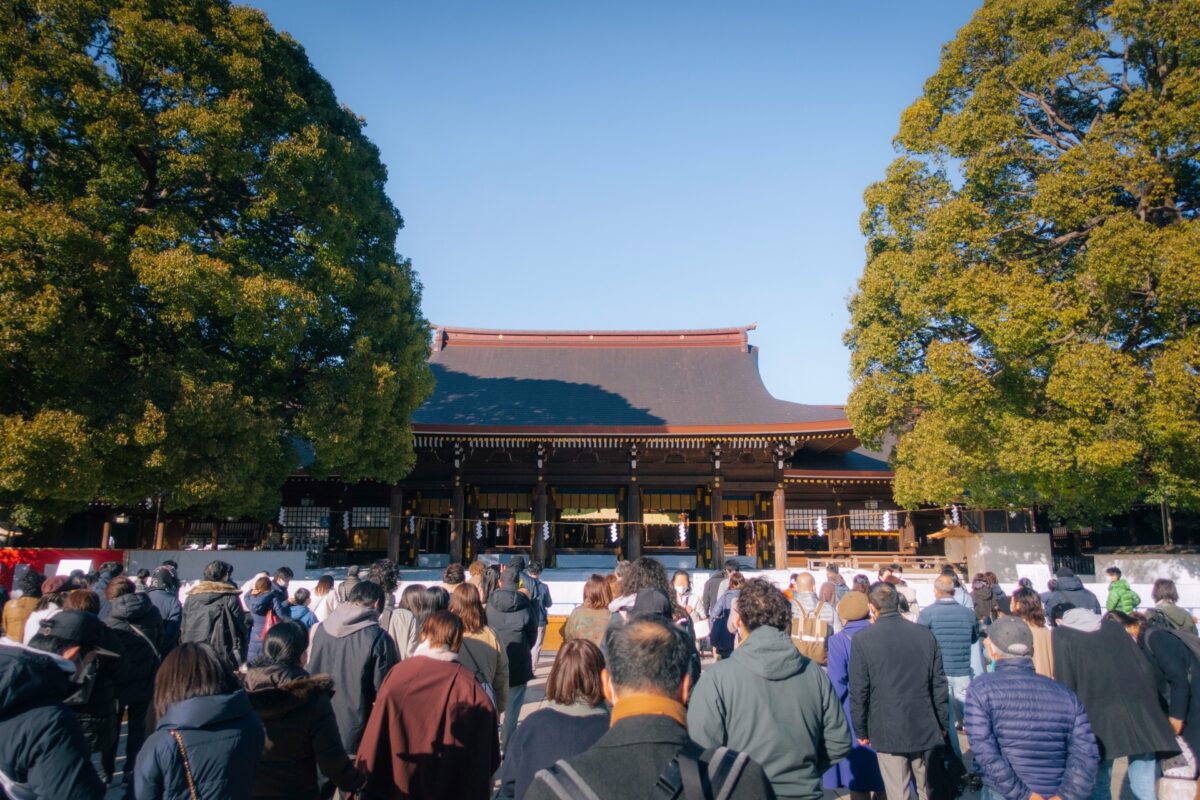
Another spiritual activity and a wholesome tradition at the beginning of the year, hatsumode is held at Shinto shrines and even some Buddhist temples . The main idea is to show gratitude for the previous year’s good health and success, and pray for their continuation in the year to come. Kansai is especially good for hatsumode as it has many historic and prominent shrines, providing the perfect surroundings and atmosphere for the first prayer of the year.

Do you like snow? Do you like beaches ? Well, if so, we have something for you to check out. The Aman ohashidate sandbar is located north of Kyoto, which sometimes gets covered in snow during the winter. It’s a tough sight to catch as the snow usually melts with the sunrise, but it is absolutely unforgettable! You may not be able to catch the phenomenon on a short trip, but don’t worry too much as there are plenty of things to do around the area that’ll make the trip worthwhile anyway. In fact, Kono Shrine is a great place for hatsumode !
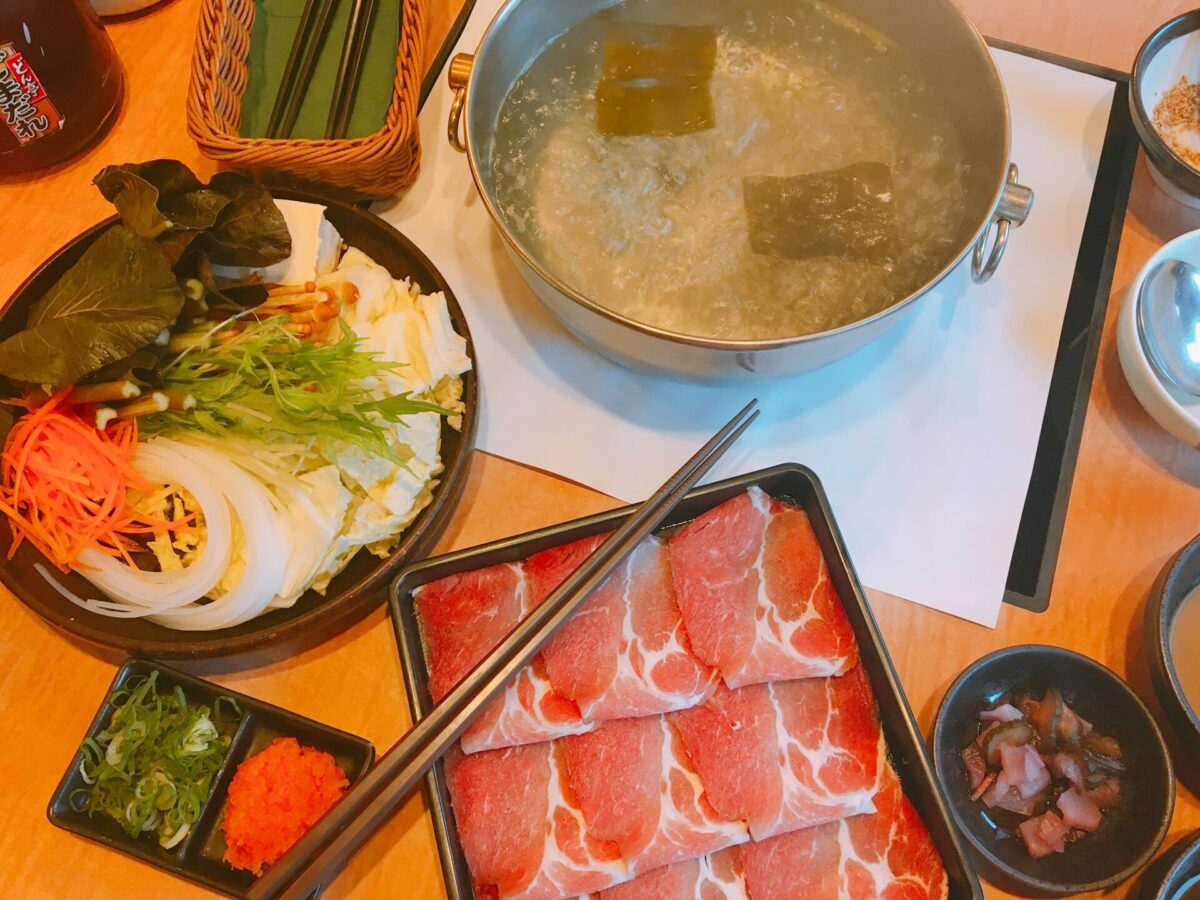
Japanese cuisine is varied and delicious, and some foods are perfect when you’re trying to get warm on a cold day. Each region of Japan has their own specialties, also when it comes to local winter meals . In Kansai, dishes such as shabu shabu , nikujaga , yudofu and chawanmushi are very popular, just to name a few. These winter dishes are mainly based on soup or broth, and will surely help you stay warm on your travels.
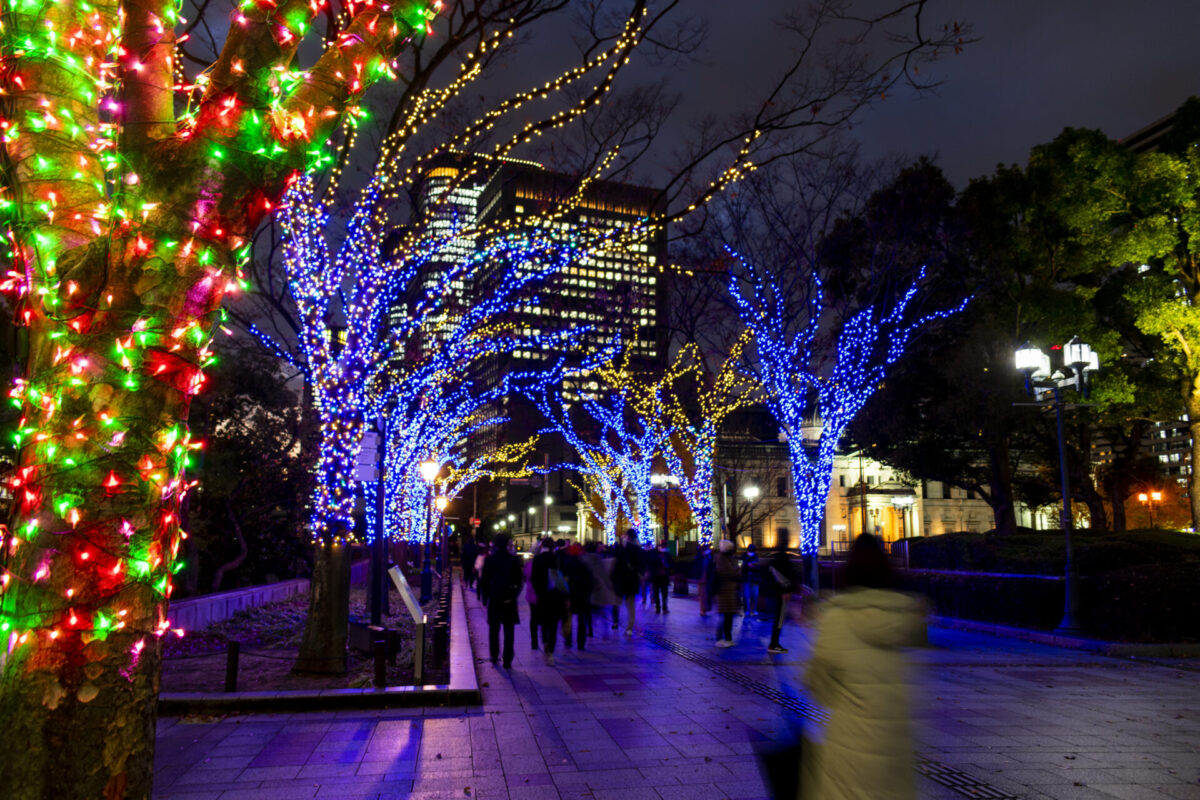
There are plenty of things to do and sights to see in the Kansai region, even during the colder months, and we hope this article has given you some inspiration for your winter trip to Japan. We wish you a warm and fun winter in Kansai!
Japan Wonder Travel Tours in Kyoto
When you are visiting Kyoto and you need some help organizing your trip, you came to the right place. We’re happy to help you make your trip to Kyoto the best trip ever. We can advise you on where to go or even better, show you around with a local, English speaking guide. Let us help you create safe, comfortable, and unforgettable memories in Kyoto!
▶ Kyoto 8h Private Custom Highlight Tour with Licensed Guide On this full-day private tour of Kyoto, you will be able to see the highlights of Kyoto in just one day and at the same time develop a deeper understanding of both the culture of the area and Japan as a whole.

▶ Kyoto 10-Hour HIGHLIGHT Private Tour If you only have a day or two in Kyoto, we offer a full-day tour of the city, enabling you to immerse yourself in and fully enjoy the entire city of Kyoto in just 10 hours!
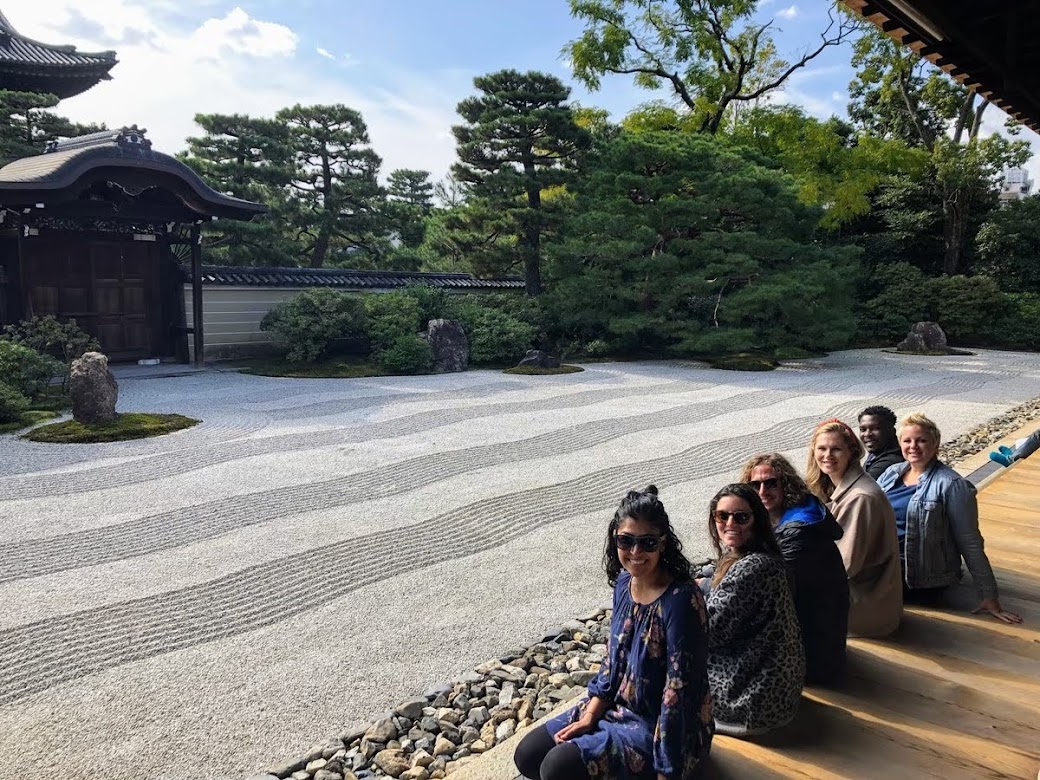
▶ Explore Nishiki Market: Food & Culture Walk If you’re looking to learn more about the culture and the local cuisine of Kyoto, this is the perfect tour for you! Take part in this Kyoto food and drink tour and explore the 400-year-old market and the famous surrounding areas.
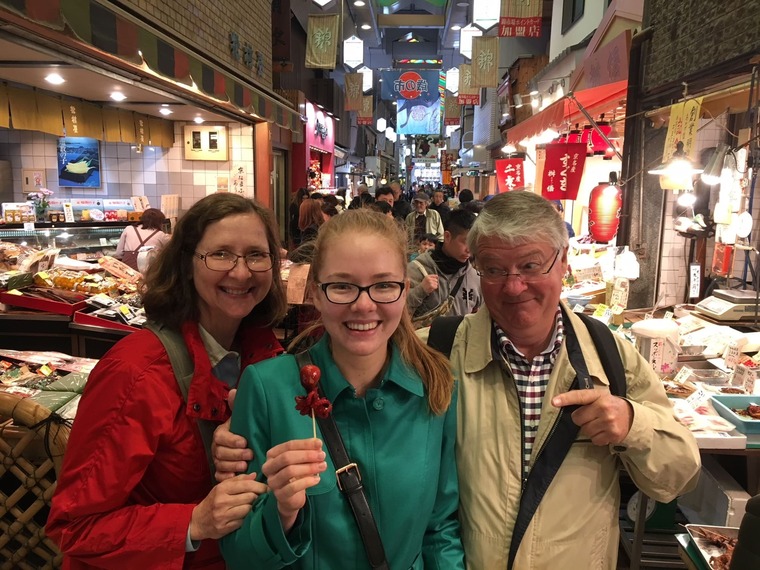
▶ Kimono Rental Kyoto is the best city to explore in kimono, Japanese traditional clothing. You can choose the one you like the most from several patterns and colors at the rental shop. In Kyoto, two locations are both accessible from the main tourist attractions which makes it easy to try it on and explore the city for a day!

Follow us on Instagram , Facebook , Twitter , and TikTok for more travel inspiration. Or tag us to get featured!
Happy traveling!
Stay informed of the best travel tips to Japan, the most exciting things to do and see, and the top experiences to have with the Japan Wonder Travel Newsletter. Once every two weeks we will introduce you to our latest content.
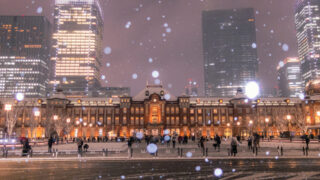
- Popular destinations
- Hidden places in Japan
- Tours and workshop
- Food and drink in Japan
- Itinerary in Japan
- Places to visit in Tokyo
- Food and drink in Tokyo
- Seasonal events
- Tours & workshops
- Tokyo This Week
- Day trip from Tokyo
- Itinerary in Tokyo
- Places to visit in Kyoto
- Food and drink in Kyoto
- Itinerary in Kyoto
- Day trip from Kyoto
- Travel tips
- Accommodation
- Cultural tips
- Transportation
- Tokyo Tours
- Kyoto Tours
- Kimono Rental
- Fukushima Tours
- Mount Fuji Tours
- Tour Package
- Media Kit(English/日本語)

IMAGES
VIDEO
COMMENTS
MS Tourist Co.,Ltd. Kansai Sales Division - 株式会社エムエスツーリスト関西 | Osaka Osaka. MS Tourist Co.,Ltd. Kansai Sales Division - 株式会社エムエスツーリスト関西, Osaka. 19 likes. We do business Inbound tour and outbound tour both.
旅行会社エムエスツーリストの公式ホームページです。
Kansai, also known as Kinki, is one of the most popular tourism regions in Japan. With major cities like Osaka, Kyoto, Nara and Kobe contributing to the abundance of regional cuisine, culture and history, it's apparent why Kansai is popular with the masses. In fact, its popularity dates back to the olden times when Kyoto was Japan's capital and when Osaka developed as a merchant city.
From Kyoto's temples to Osaka's food-filled streets: Japan's cultural epicenter. The Kinki Region (近畿地方, Kinki Chihō), also commonly known as Kansai (関西, literally "west of the border"), encompasses the Osaka Plain and consists of seven prefectures. It used to be the political and cultural center of Japan for many centuries ...
2. Nishikinohama Beach Park: A Seaside Park with White Beaches and Green Pines. A popular seaside day trip from Osaka, Nishikinohama Beach Park attracts nearly 1 million visitors each year. Inside the park are popular Osaka beaches, BBQ facilities, clamming areas, and sports facilities.
MS Tourist Kansai - Vnairlines, Ōsaka. 4,114 likes · 1 talking about this. CHECK VÉ ~ GIỮ CHỖ MIỄN PHÍ ĐẠI LÝ CẤP 1 VIETNAM AIRLINES MS Tourist Kansai - Vnairlines | Osaka Osaka
Discover the Best Places To Visit in Kansai Region with our guide to must-visit destinations. From Kyoto's temples and Osaka's food scene to Nara's deer park and Himeji's castle, experience Kobe's harbor views, Wakayama's hot springs, Koya-san's spiritual retreats, and Uji's tea culture. Perfect for history buffs, foodies, and nature lovers alike.
Isui-en & Neiraku Art Museum. Isui-en is an elegant garden in two parts: one created in the 17th century, in the style of an Edo-period (1603-1868) strolling garden, and another added…. Discover the best attractions in Kansai including Abeno Harukas, Oku-no-in, and Tōdai-ji.
Alex is half Japanese and has a great knowledge of Japan, having spent several years living there, visiting many parts of the country. Discover the top things to do in Kansai: Dotonbori, Arashiyama, Osaka, Kyoto, Nara Park and Todaiji, Kiyomizudera, Ise Shrine, Kinosaki Onsen, Minoh Park...
However, things to do in Kyoto extend far beyond the mainstream ones you find in a Kansai travel guide. For example, just to the south of the popular Fushimi Inari Shrine is the Fushimi district, which is home among other attractions to one of Japan's most famous sake breweries.You can also explore far to the north of Kyoto's city center, such as to off-the-beaten-path Kurama-dera temple.
Kansai is Japan's spiritual and cultural capital, shaped by towering Osaka and Himeji castles, Zen gardens and arduous journeys to enlightenment. The nation's ancient capitals of Kyoto and Nara are filled with cultural and historical sites, while Koyasan in Wakayama has been a religious destination for centuries. Nearby, you can revel in the raucous nightlife of Osaka's entertainment districts ...
Kansai Region - 関西地方. The Kansai Region, also known as Kinki Region, is located in the southern-central region of Japan's main island.Each prefecture in Kansai has its unique character and offers so many tourist attractions from vibrant cities to tranquil nature, modern architectures to traditional buildings, and onsen (hot spring) resorts to spiritual mountains.
ごあいさつ. 大阪で旅行会社・旅行代理店をお探しなら、東大阪市瓢箪山の有限会社ツーリストカンサイへどうぞ。. 当社は、お客様に合わせた旅行プランの作成はもちろん信頼度の高い旅行商品をご案内させていただきます。. また、迅速な海外航空券の ...
KANSAI Tourism Bureau: Company Address: 2-2-2 Nakanoshima Kita-ku Osaka 530-0005 JAPAN: Contact Email Address: [email protected]: Date Founded: April 1, 2017: Access. 2-2-2 Nakanoshima Kita-ku Osaka 530-0005 JAPAN
Guidebook. Kyoto, Osaka and Kobe are the main cities of KANSAI. Besides them, just a short trip (1 or 2 hours by train) away, you find many unique local cultures in Fukui, Shiga, Mie, Nara, Wakayama, Tottori and Tokushima.
Osaka, Kyoto, and Nara - three major cities found in the Kansai area - are among the more popular destinations foreign tourists love to visit. As part of the Destination Kansai project, the Kansai Bureau of Economy, Trade and Industry conducted a survey with 167 foreign residents and compiled a list of exciting must-visit Kansai area attractions that will no doubt interest anyone planning for ...
By Sleiman Azizi. Community writer. Follow. The Kansai region of Japan is home to the 7 prefectures of Hyogo, Kyoto, Mie, Nara, Osaka, Shiga and Wakayama. Featuring some of the nation's most impressive destinations, Kansai combines a classic history & modern energy with sophisticated pedigree & a spiritual landscape.
Day 12 - Mount Koya to Osaka. Head back to Osaka. The above itinerary is somewhat fast-paced. Tourists preferring a slow pace of travel should consider spending more time at some of the destinations along the way. Questions? Ask in our forum. Suggested travel itinerary for 12 days in the Kansai Region.
The Kansai region borders the Pacific Ocean, Osaka Bay and the Seto Inland Sea to the south, and the Sea of Japan to the north. Naturally, the sea has long been a vital supply line for trade and transportation, and even more importantly as a source of food. Same too with the many rivers and mighty Lake Biwa. For that reason, the Kansai region ...
Hikone is known for the famous Hikone Castle, one of the twelve original castles in Japan. Kansai | Shiga Prefecture. Omi Hachiman. Omi Hachiman, that sits at the foot of Mt. Hachiman-yama in the center of Shiga, is a castle town of Hachiman-yama-jo.
6. Winter Festivals. The Toka-Ebisu Grand Festival is one of Kansai's wonderful winter events. Japanese festivals offer a unique chance to experience local traditions and fully immerse yourself in the culture, and they often feature a lively and vibrant atmosphere that is sure to keep you smiling.
Kinki. The Kinki region, also known as the Kansai region, is home to two of Japan's most exciting cities - Osaka and Kyoto - as well as a great deal of history, nature and spirituality. Reduced to little more than rubble at the end of World War Two, Osaka has risen once again to be one of the world's economic wonders, with a staggering output.
The Climate Guide for Kansai Airport, Japan is perfect for planning your holiday. Monthly weather averages give the best indication of what the weather is usually like for every month of the year including figures for temperature, rainfall and sunshine. For more information email us: [email protected] or call: 303 952 0379.